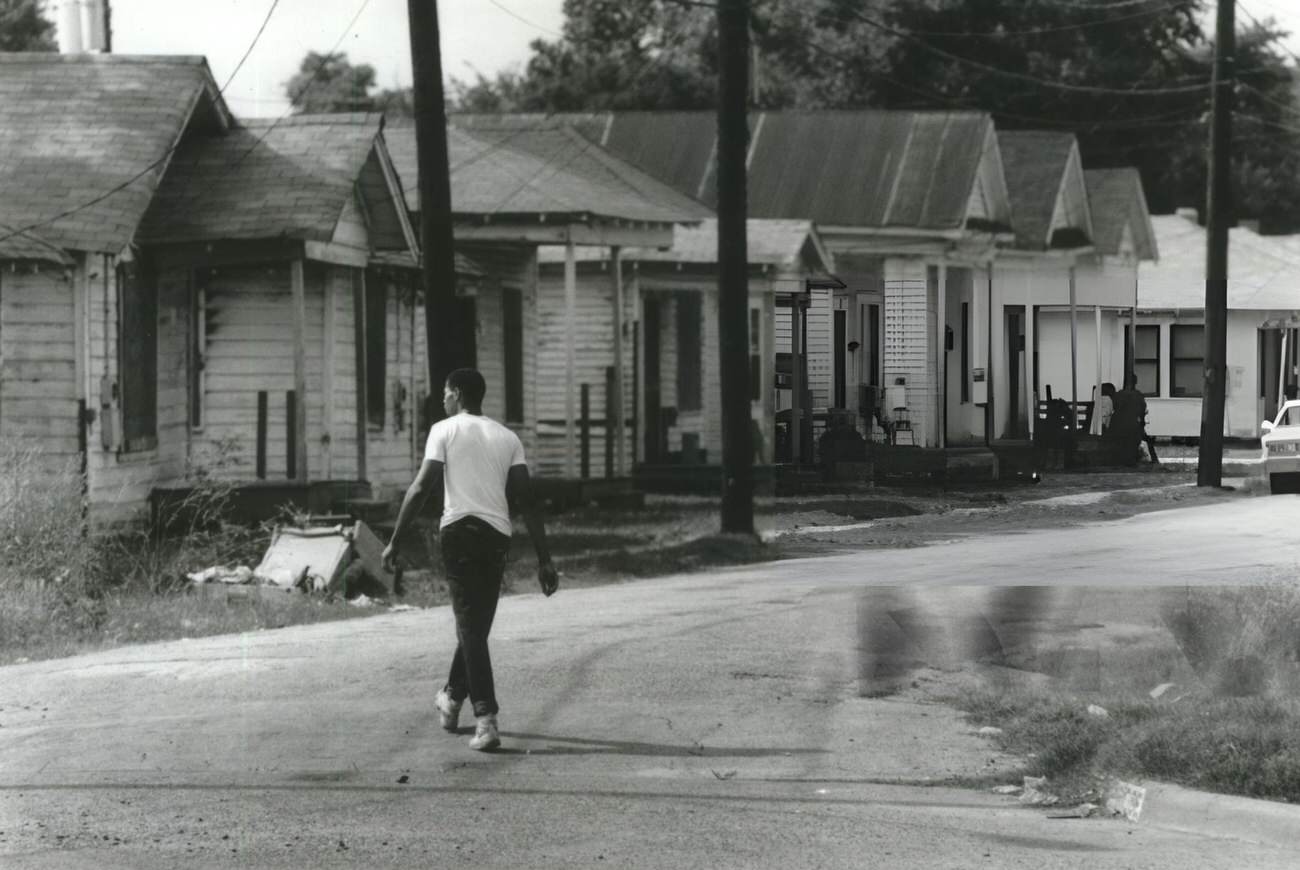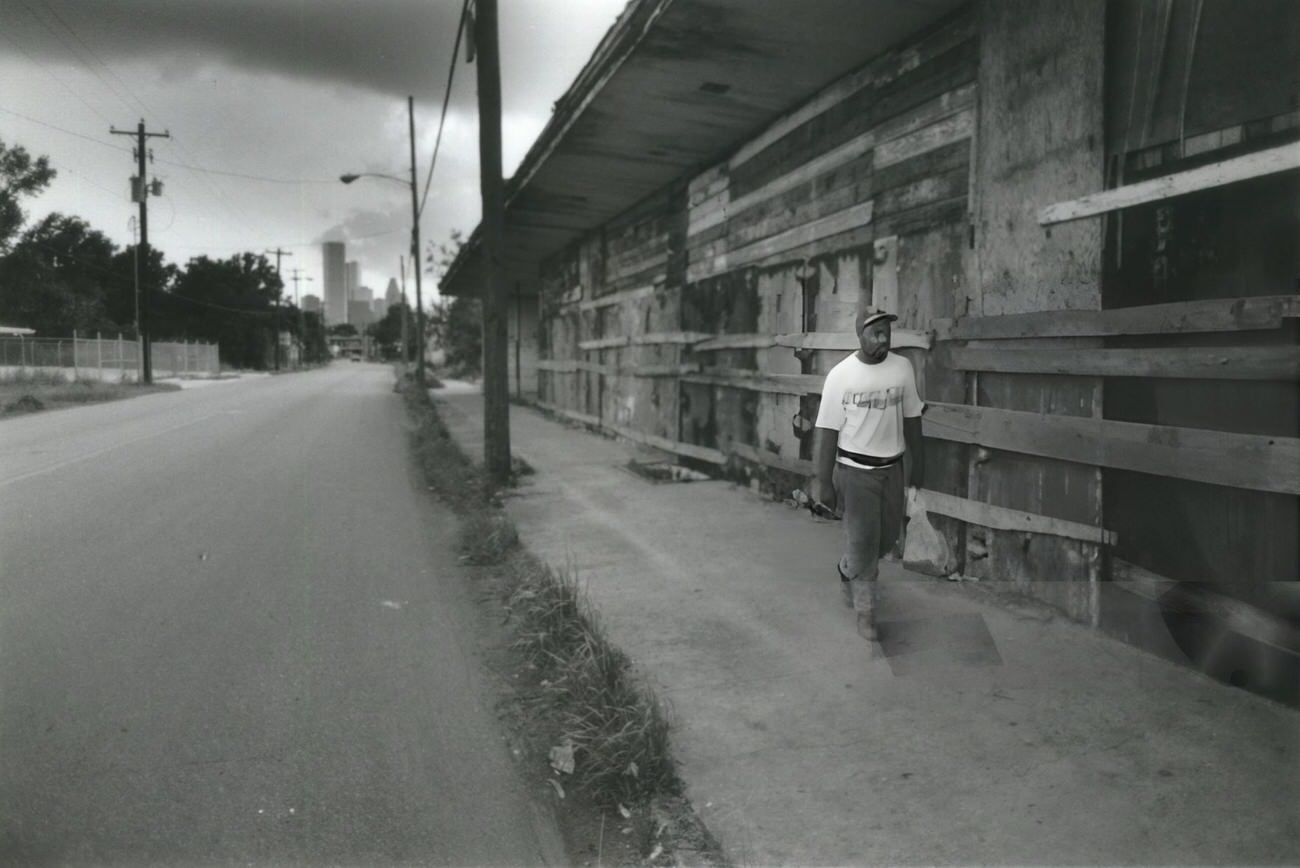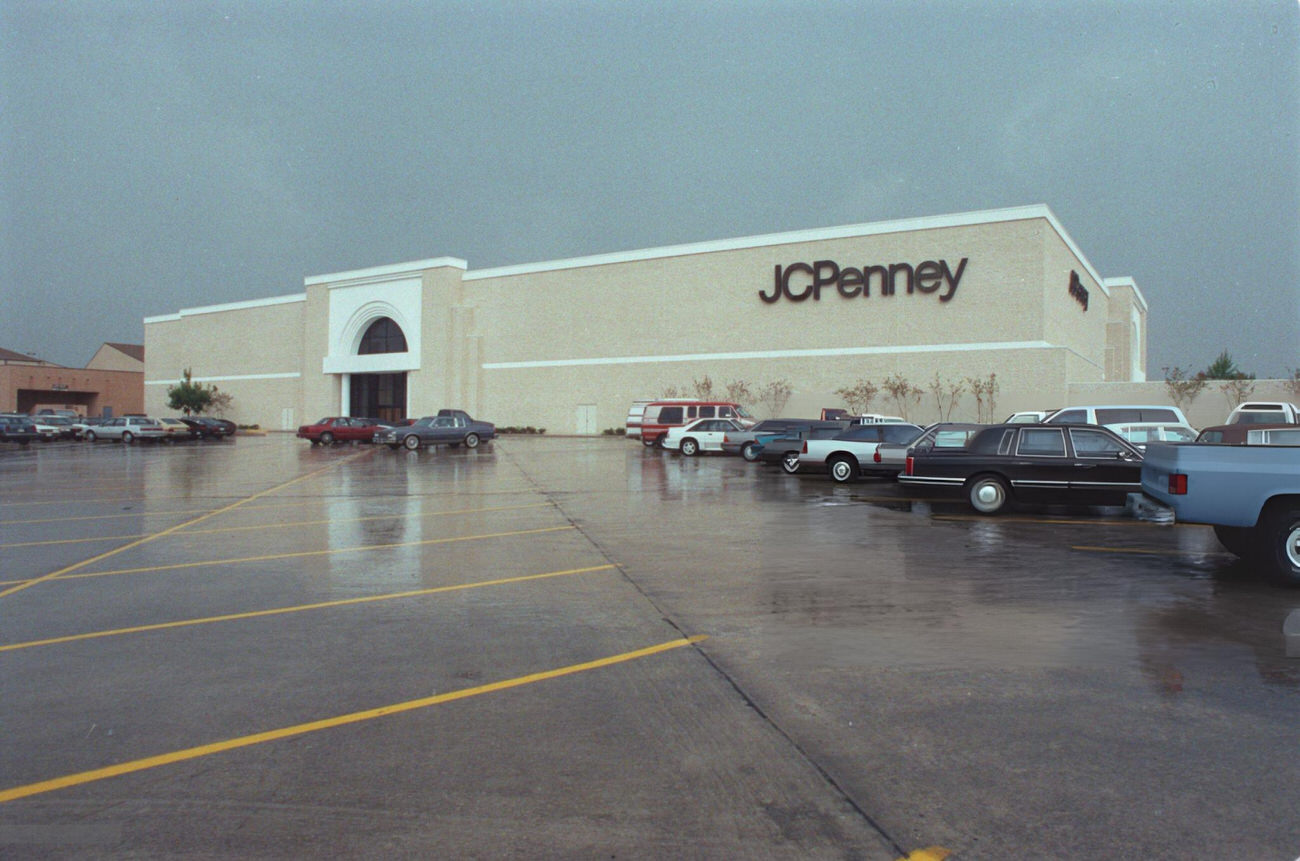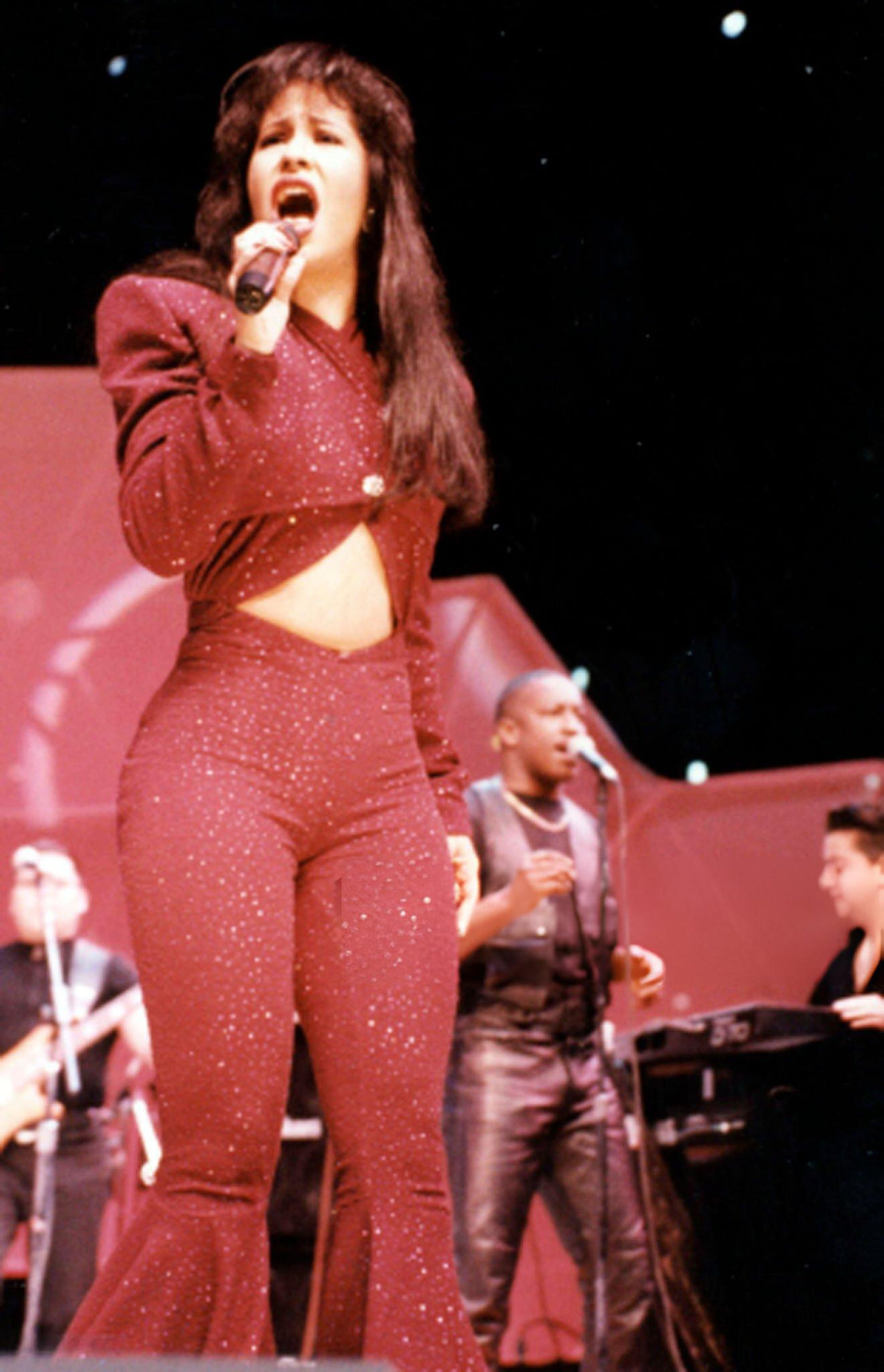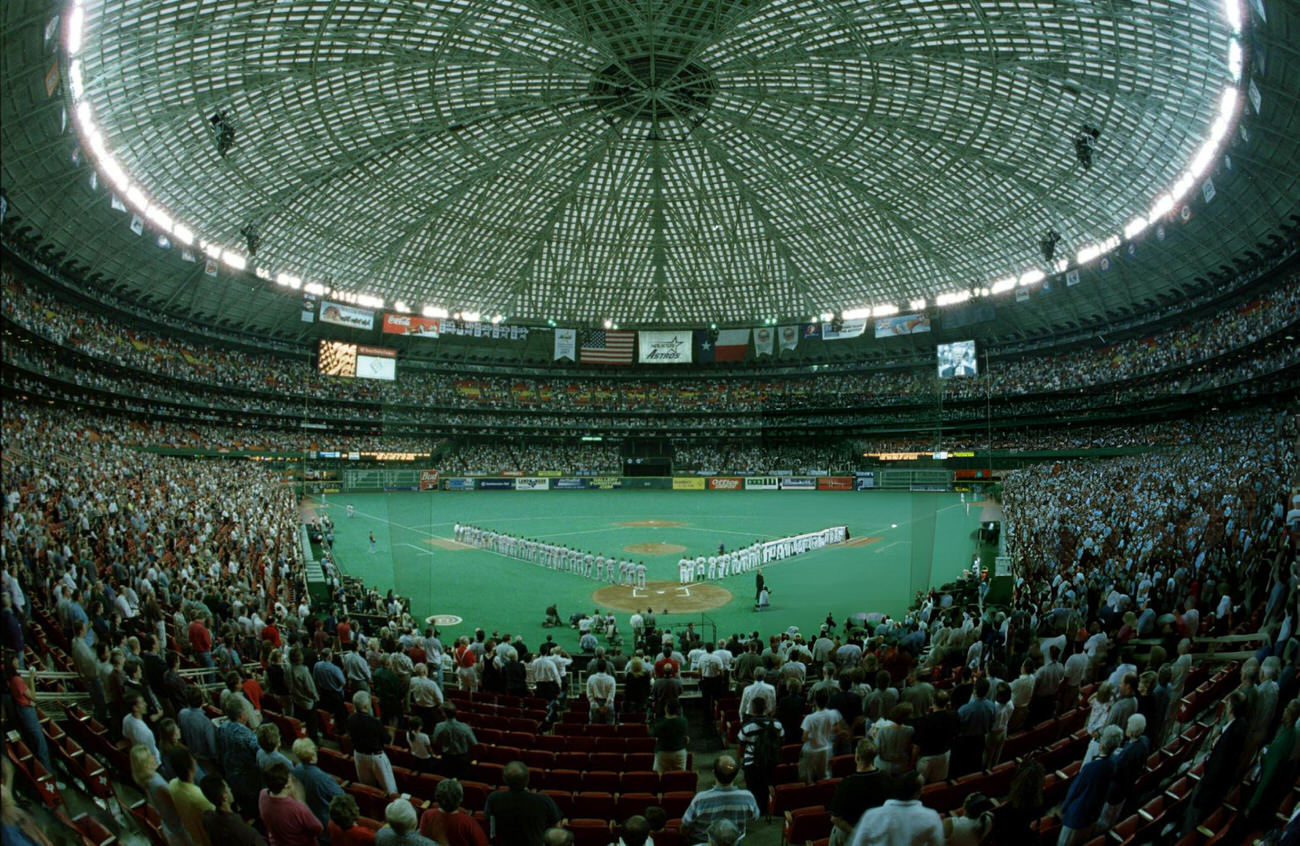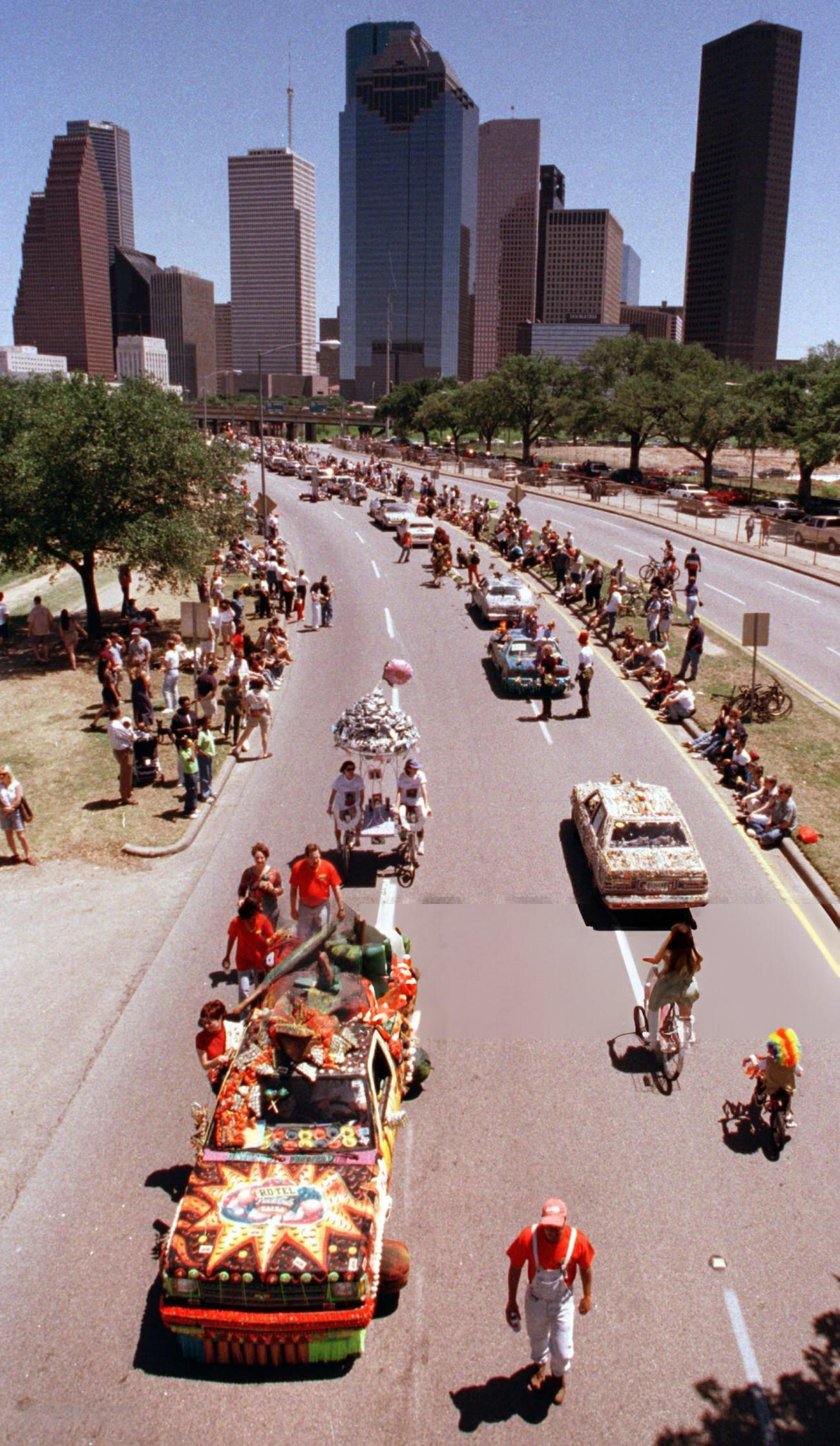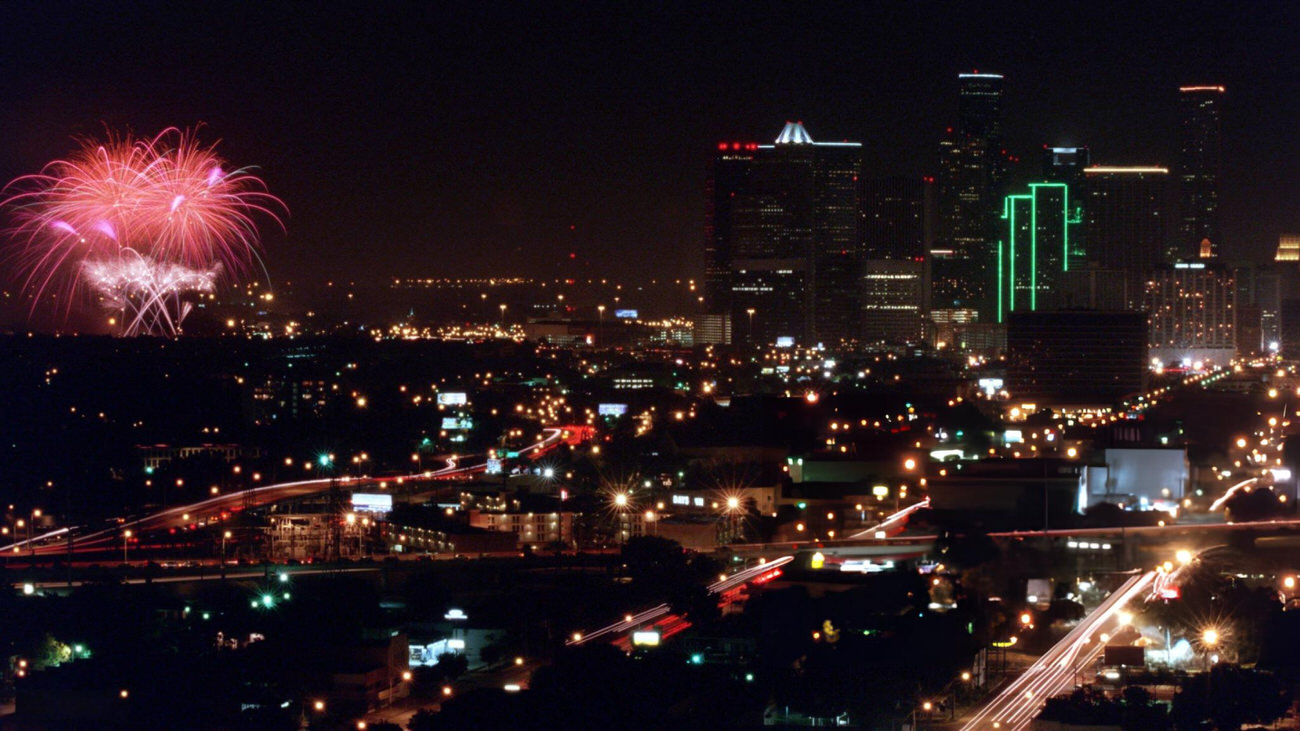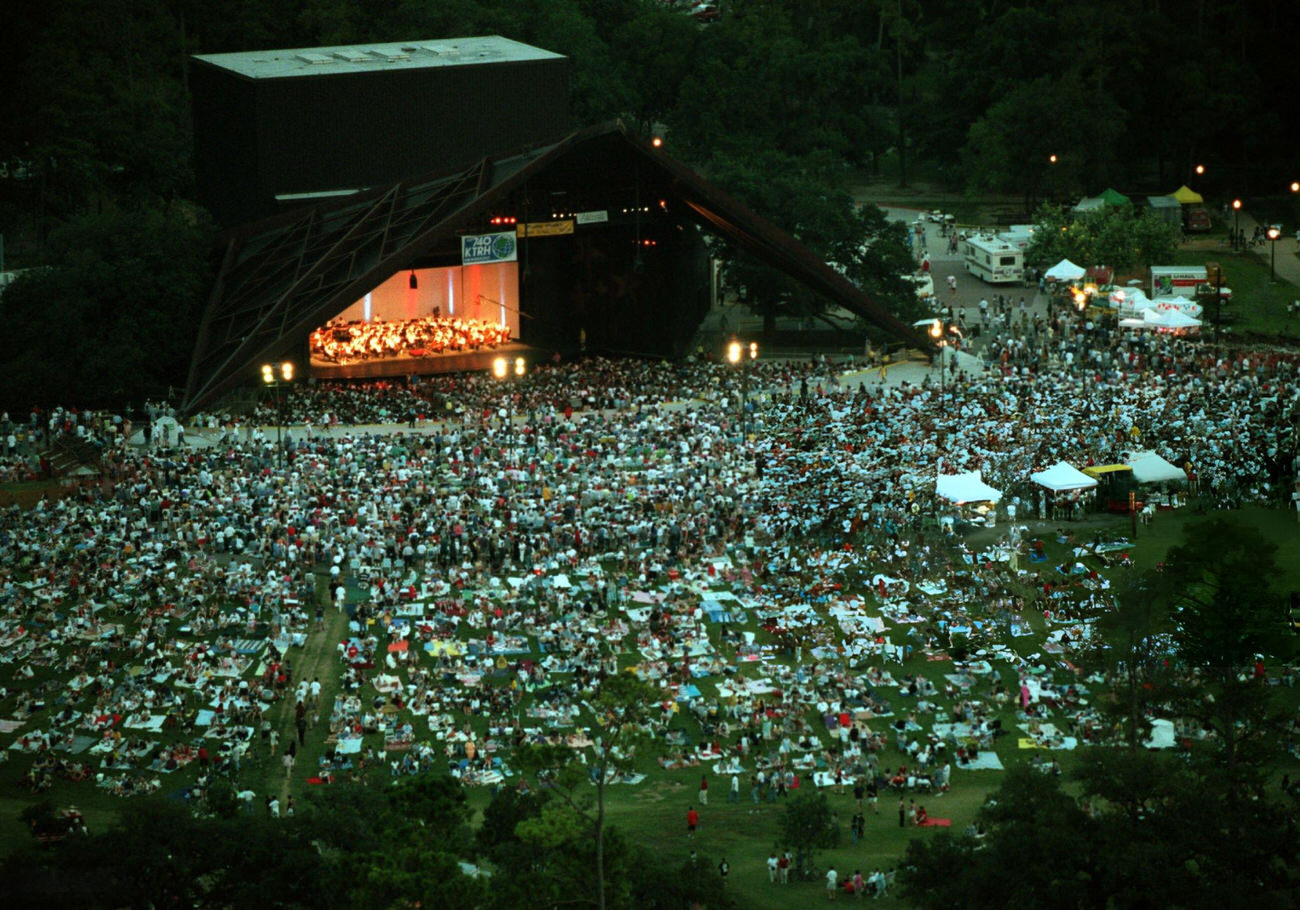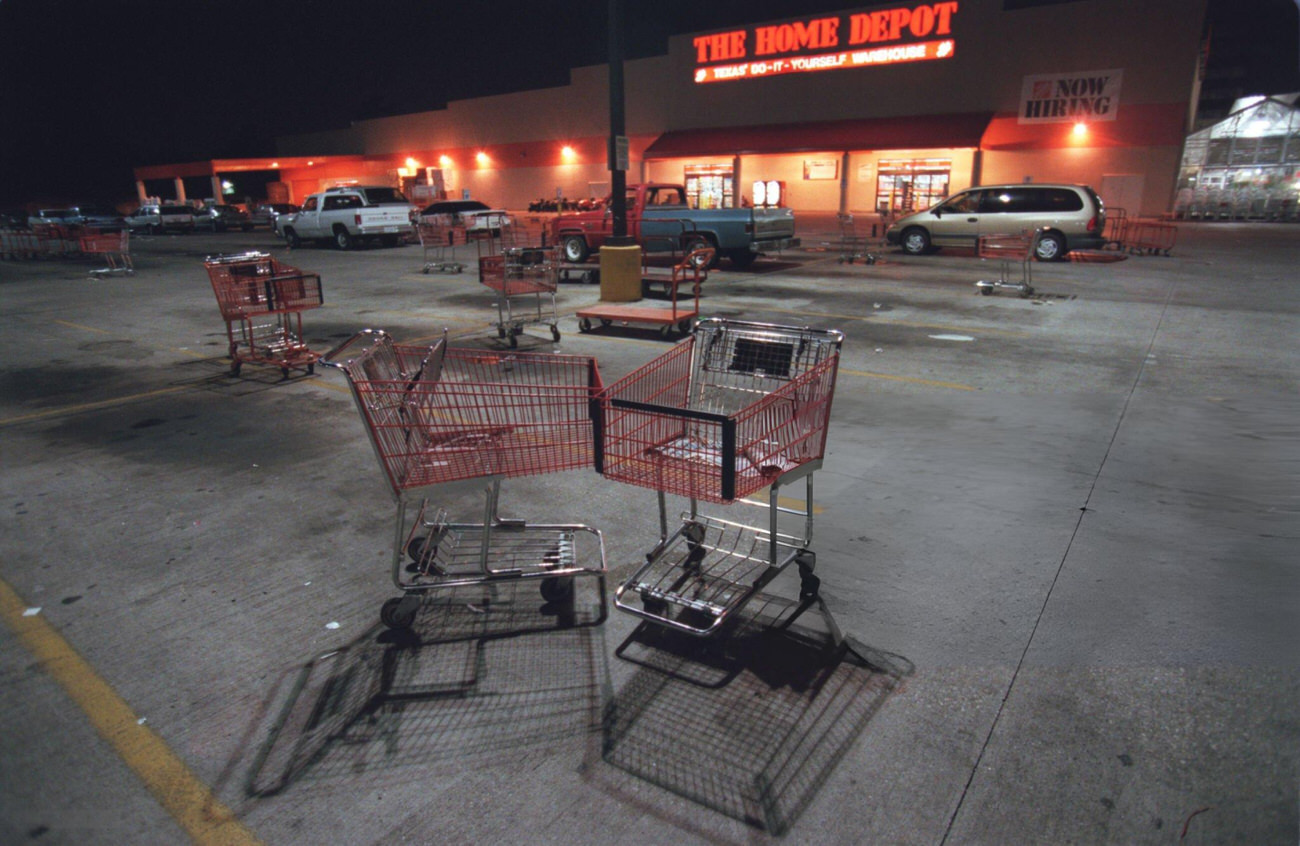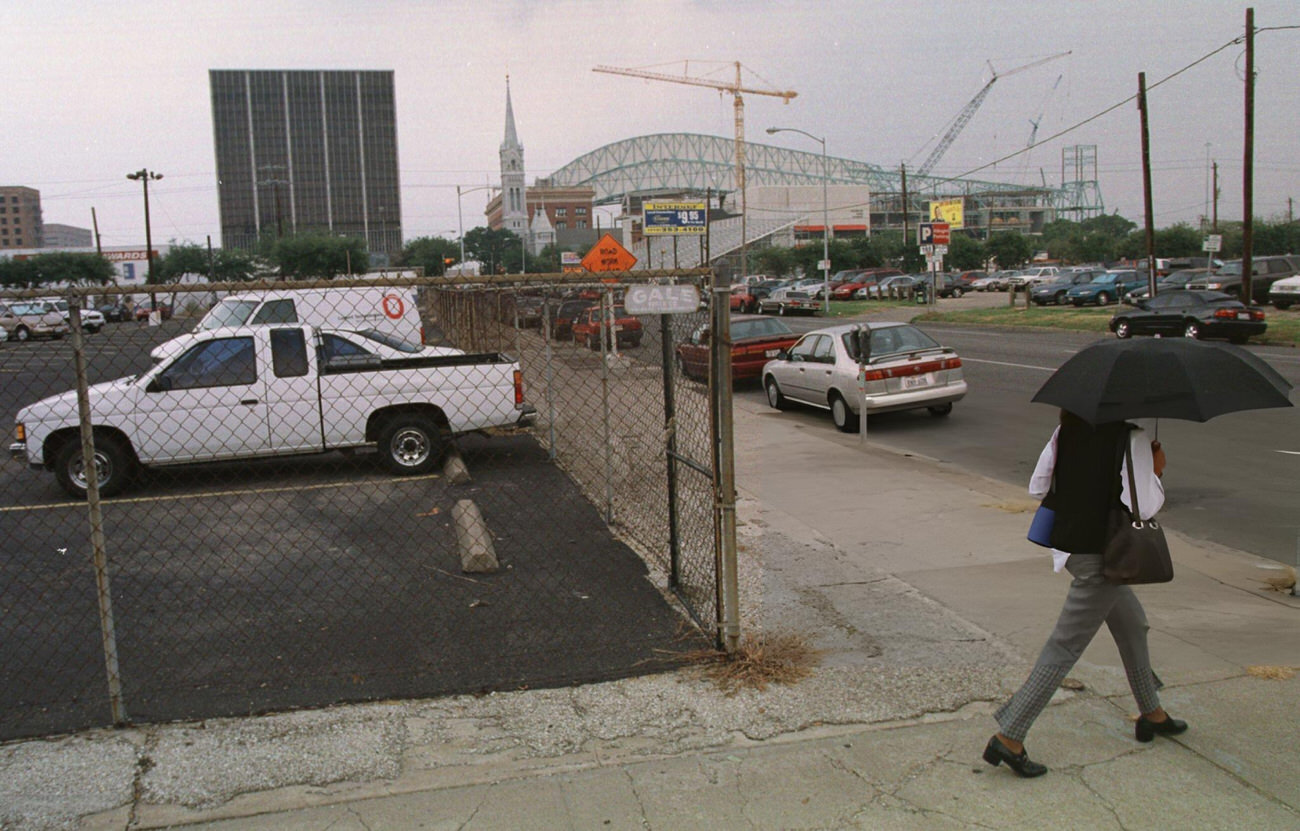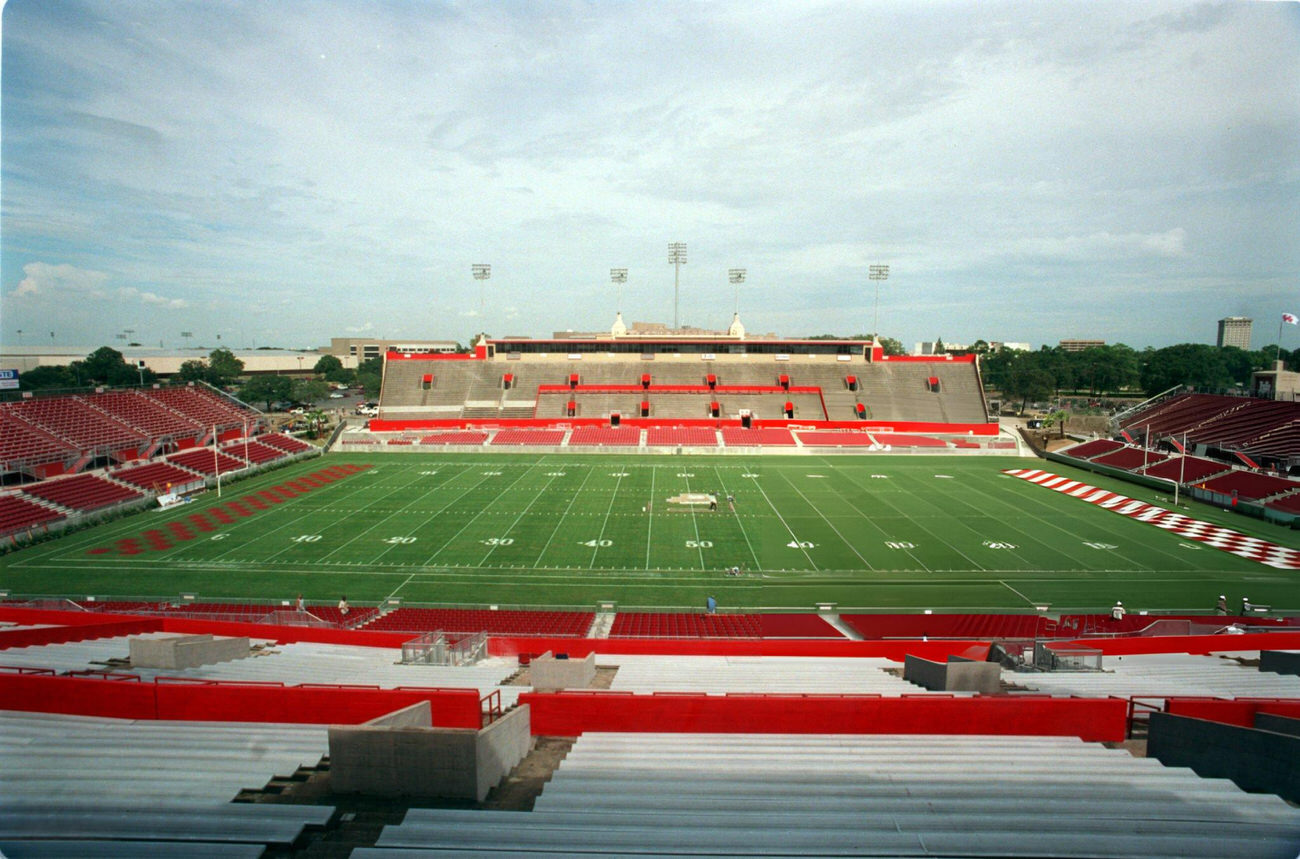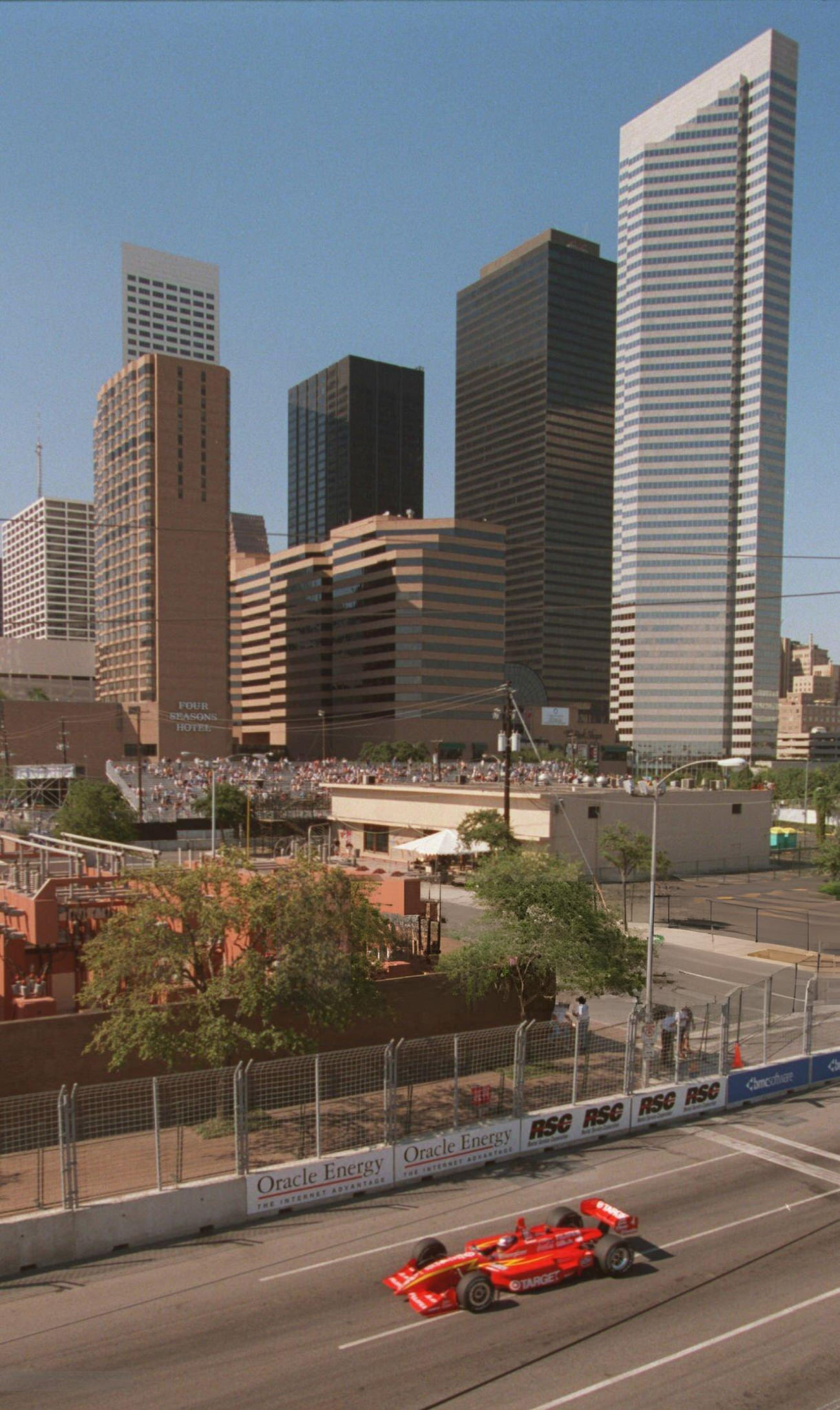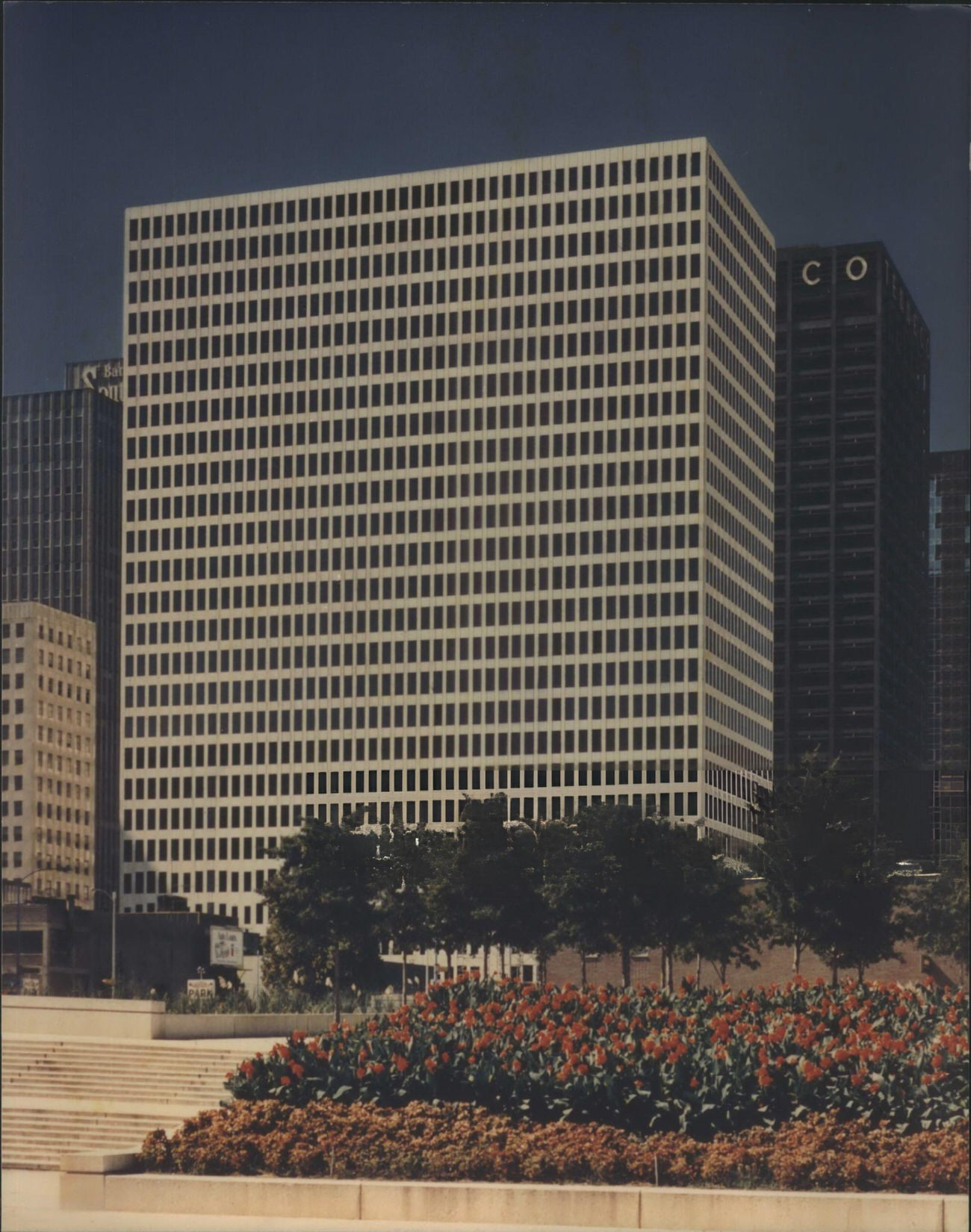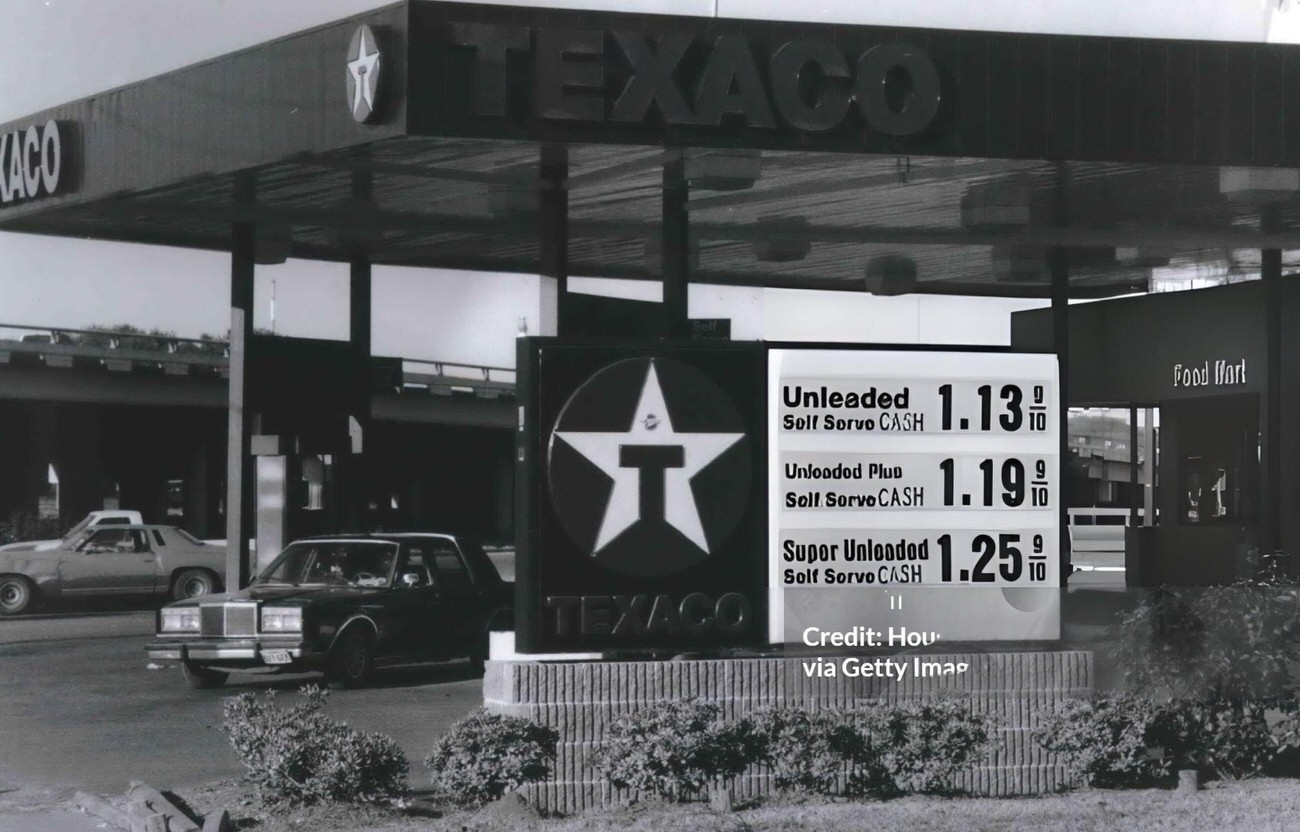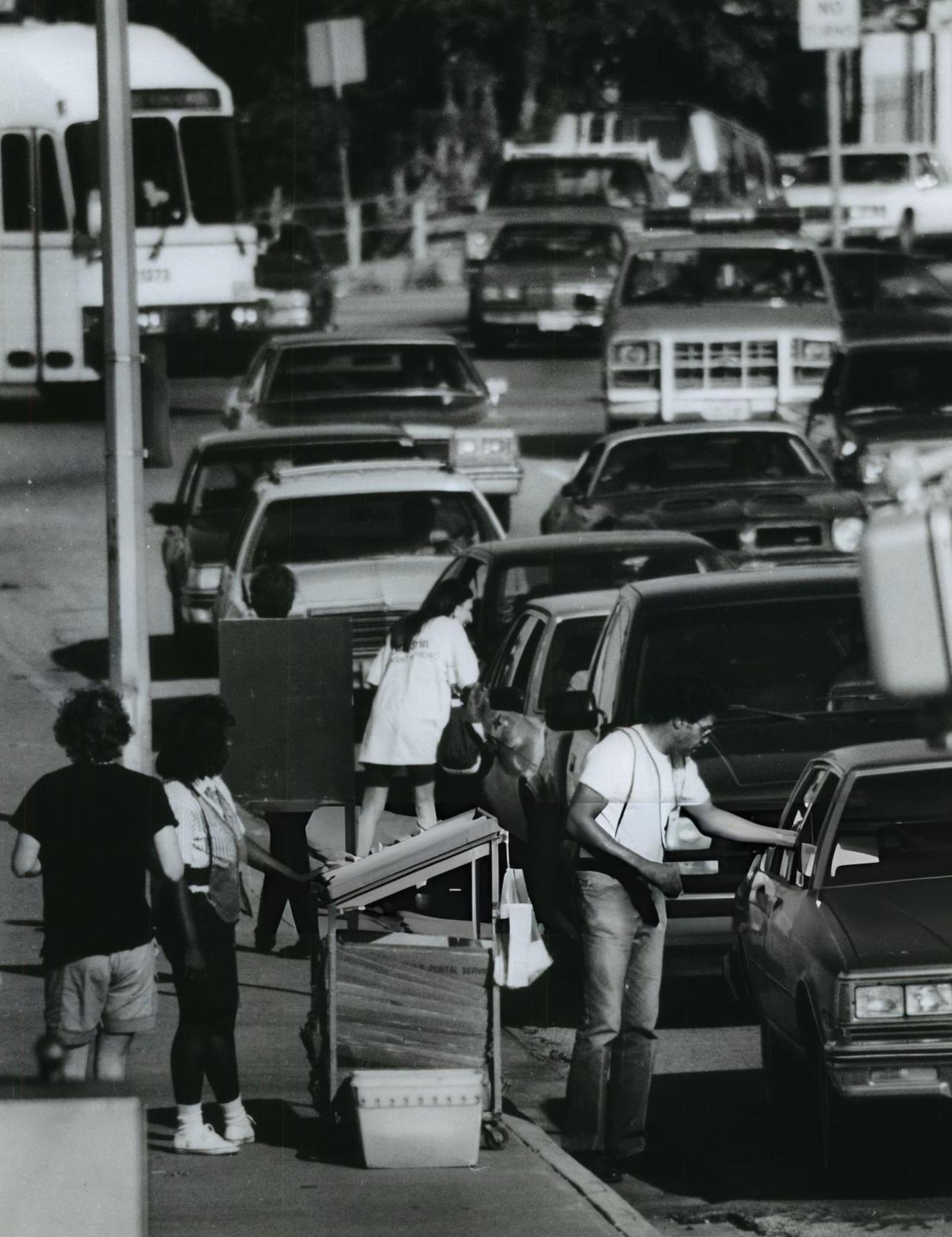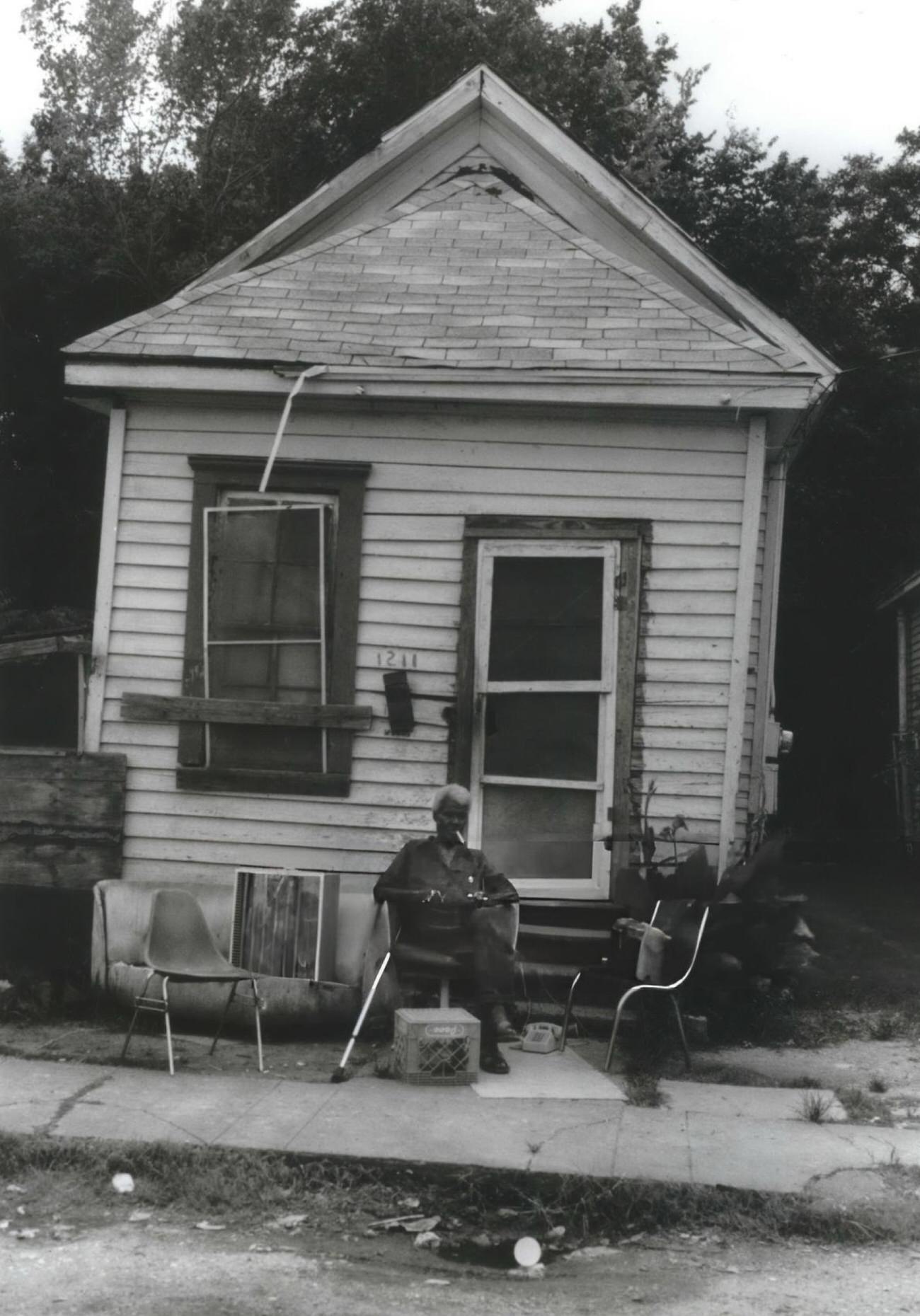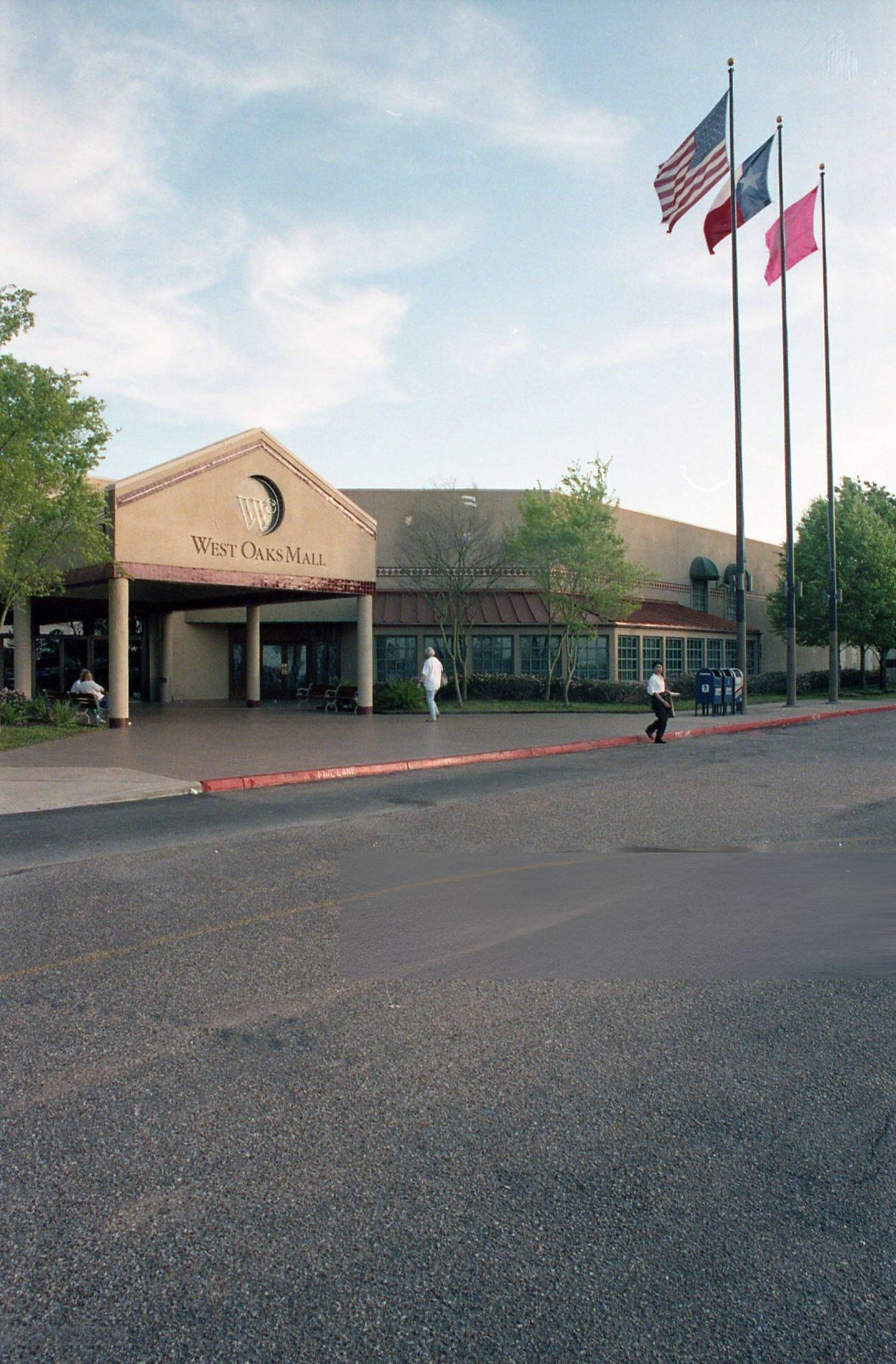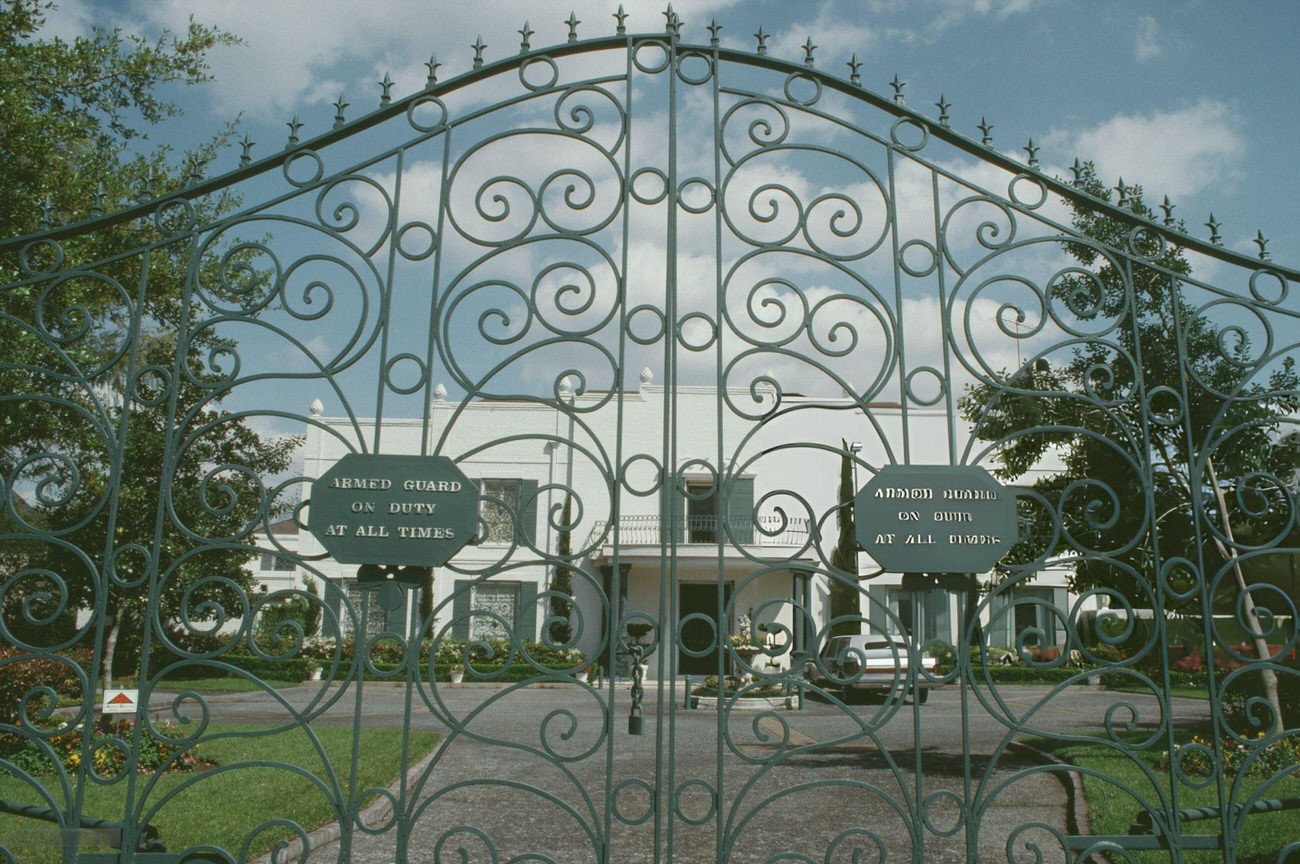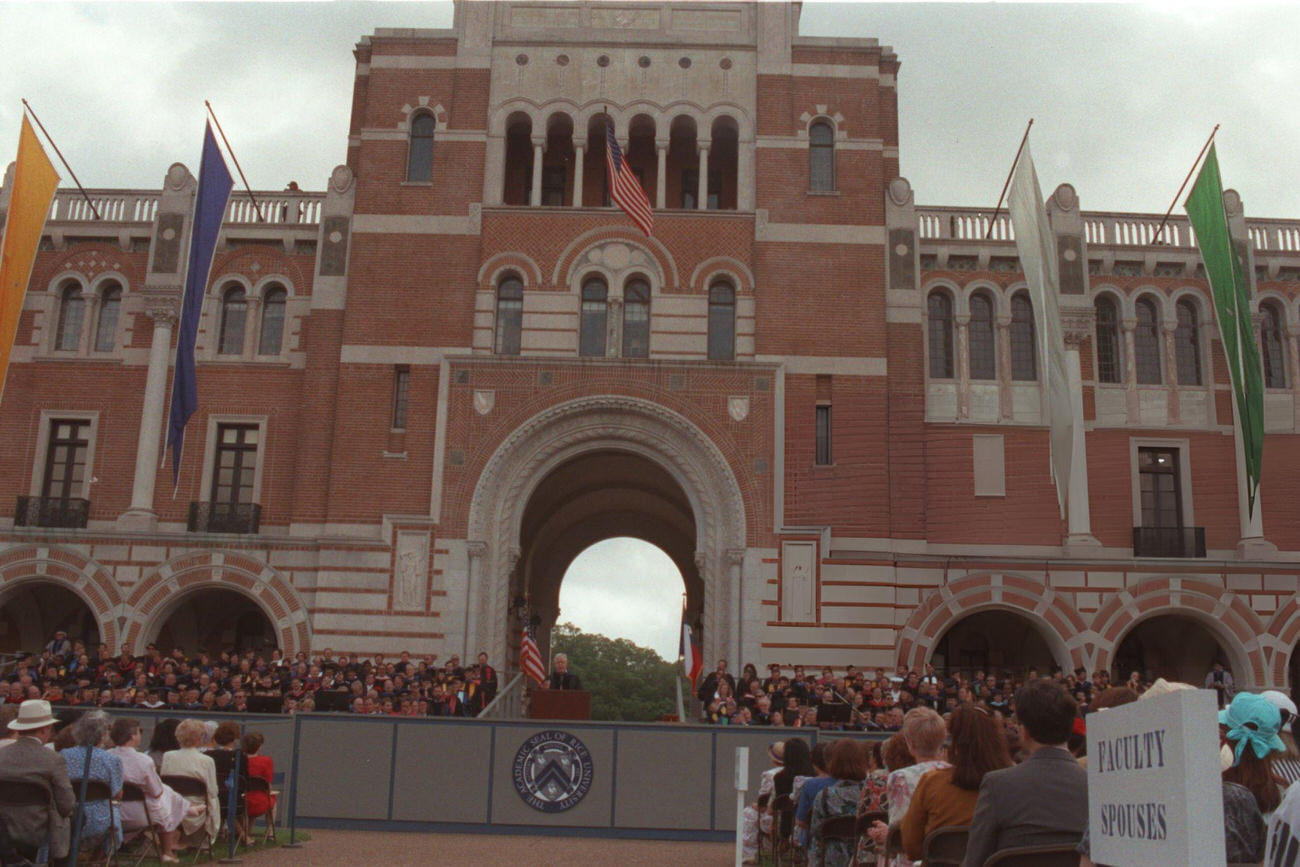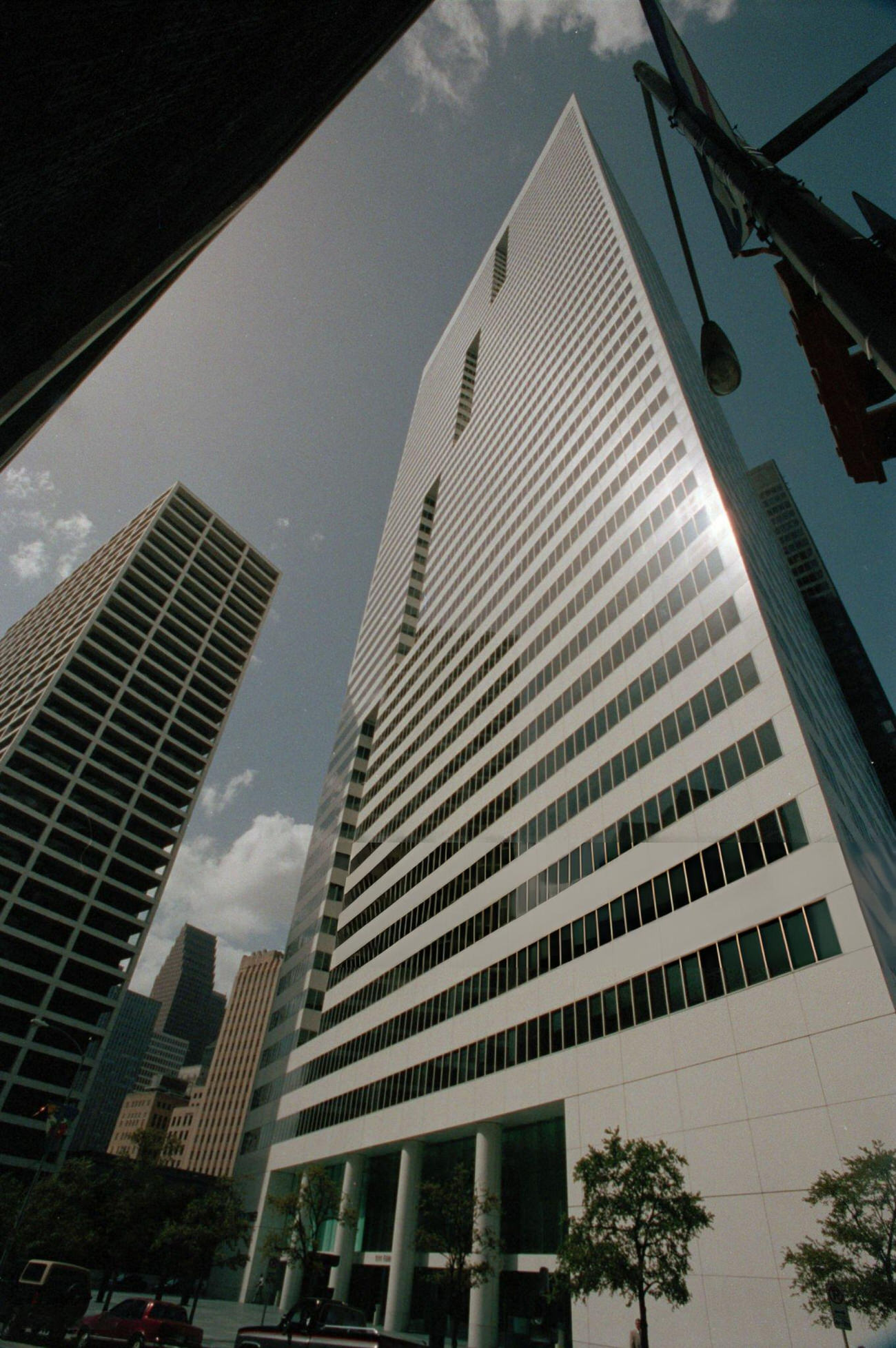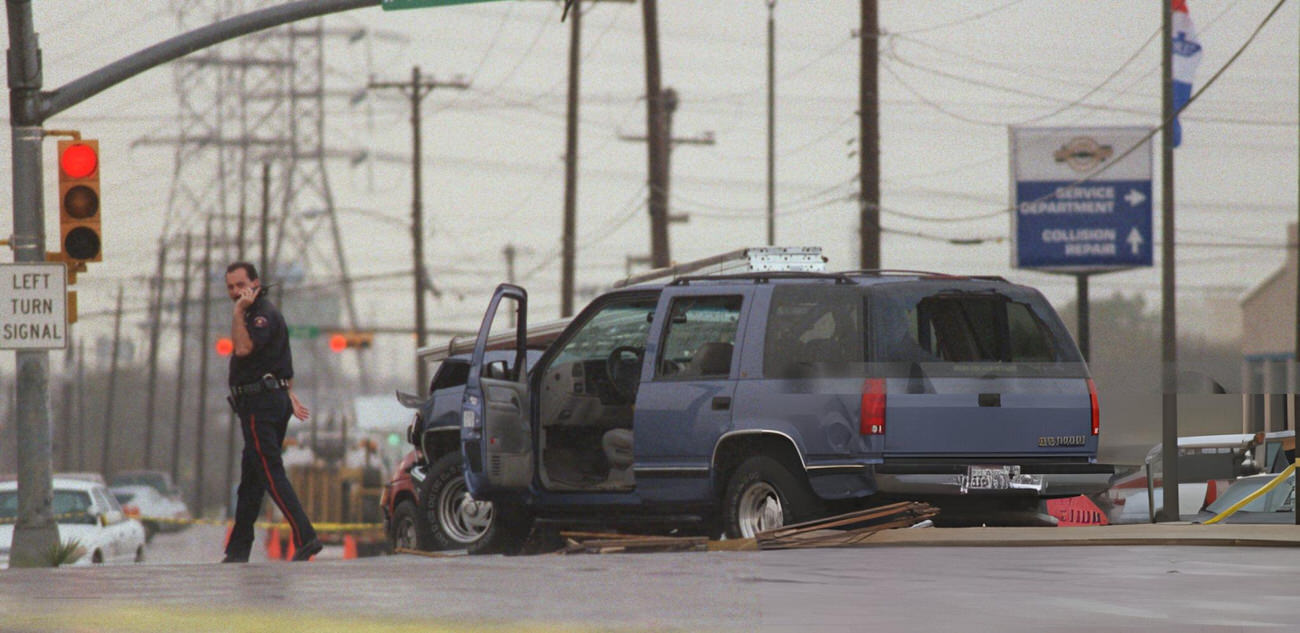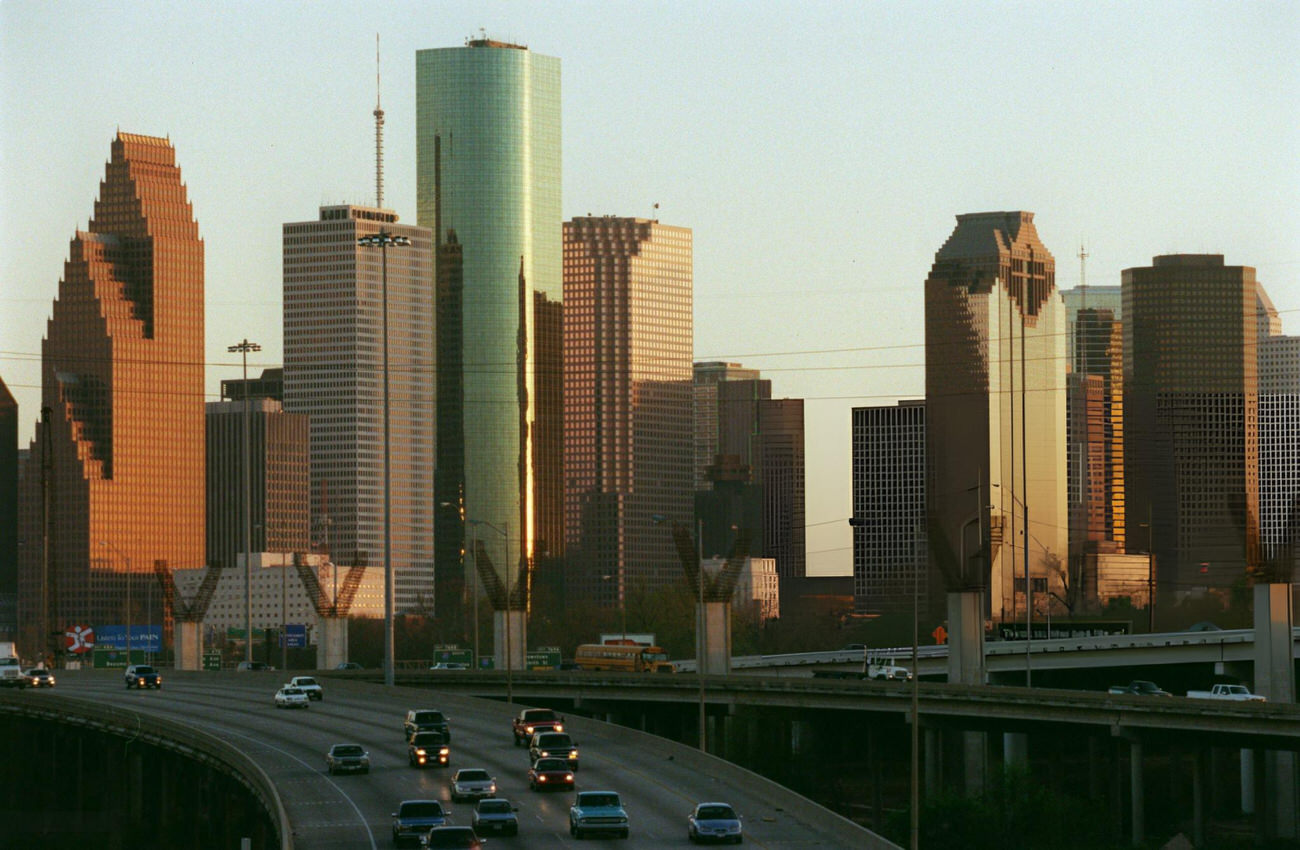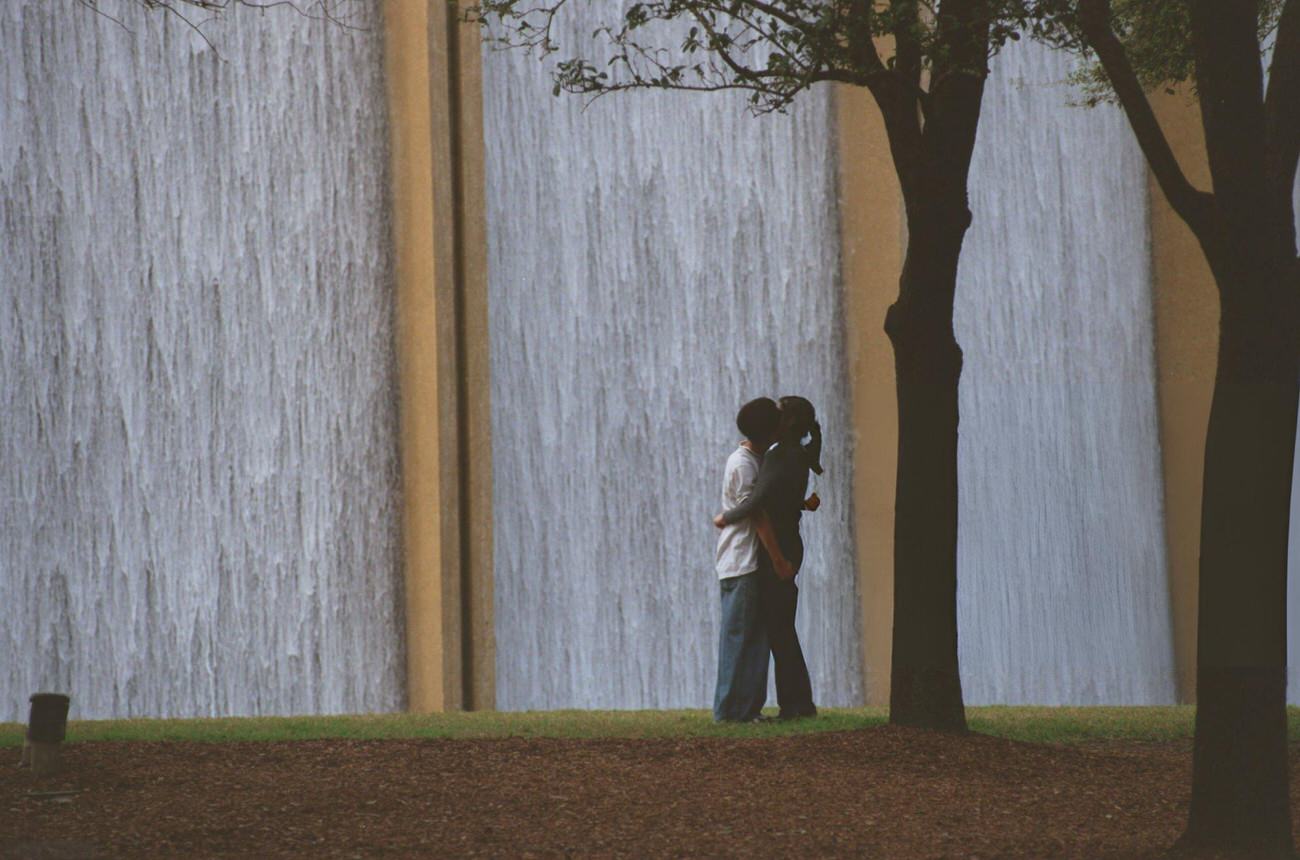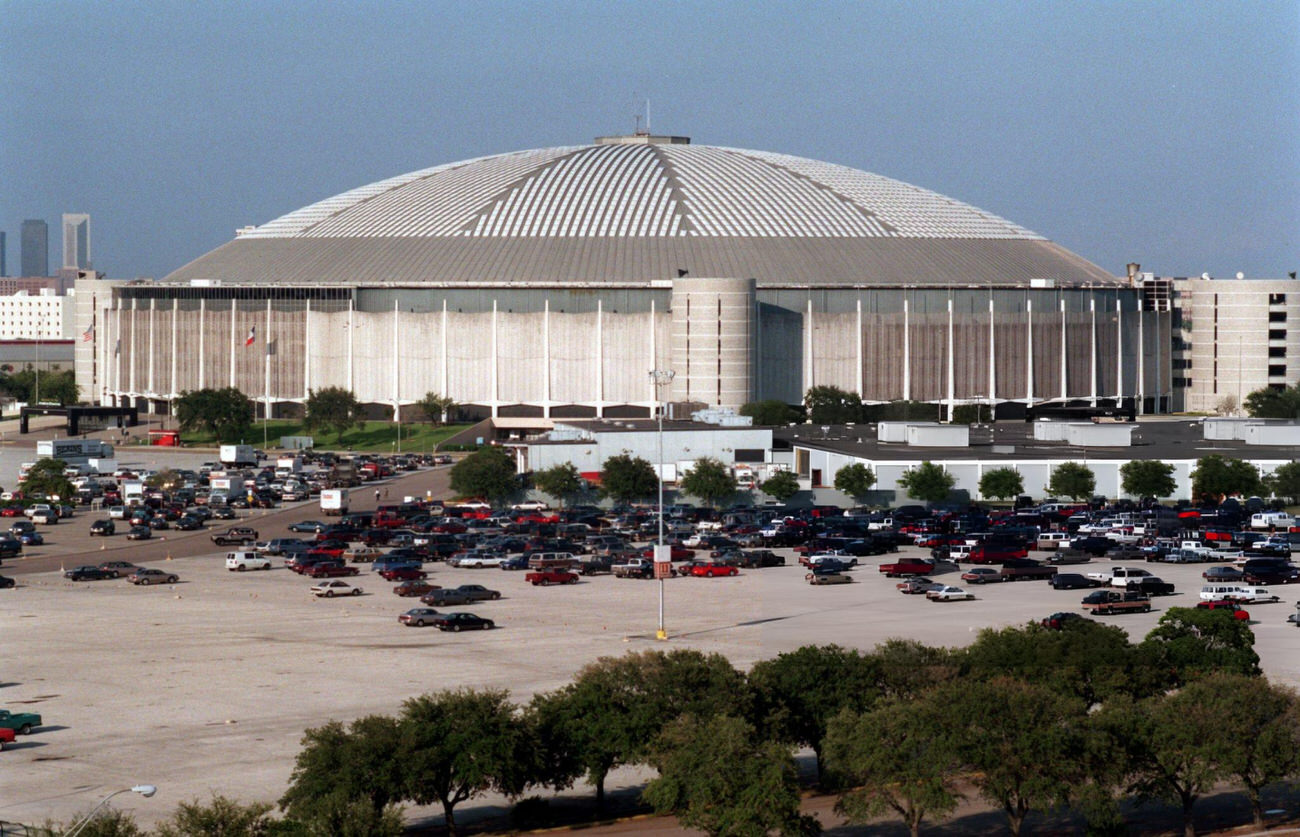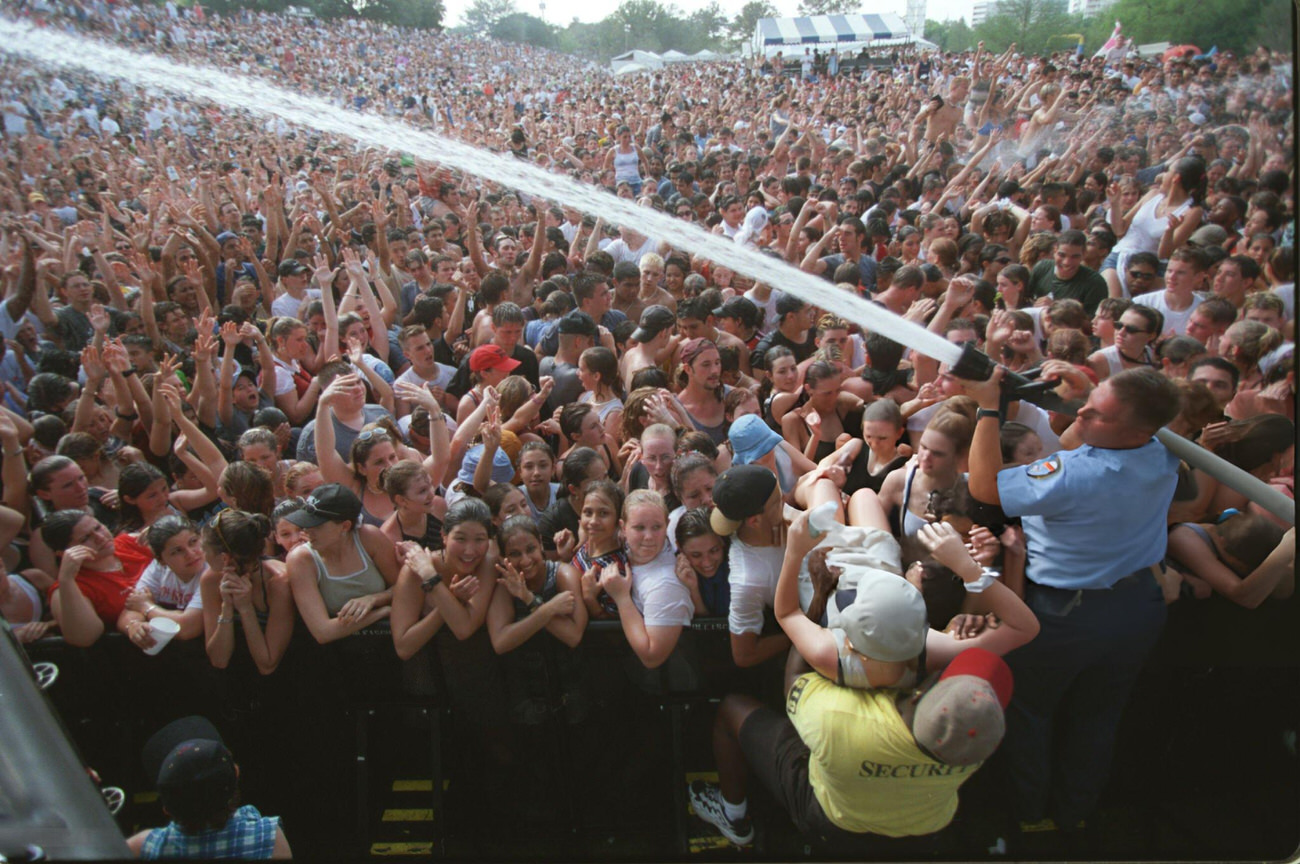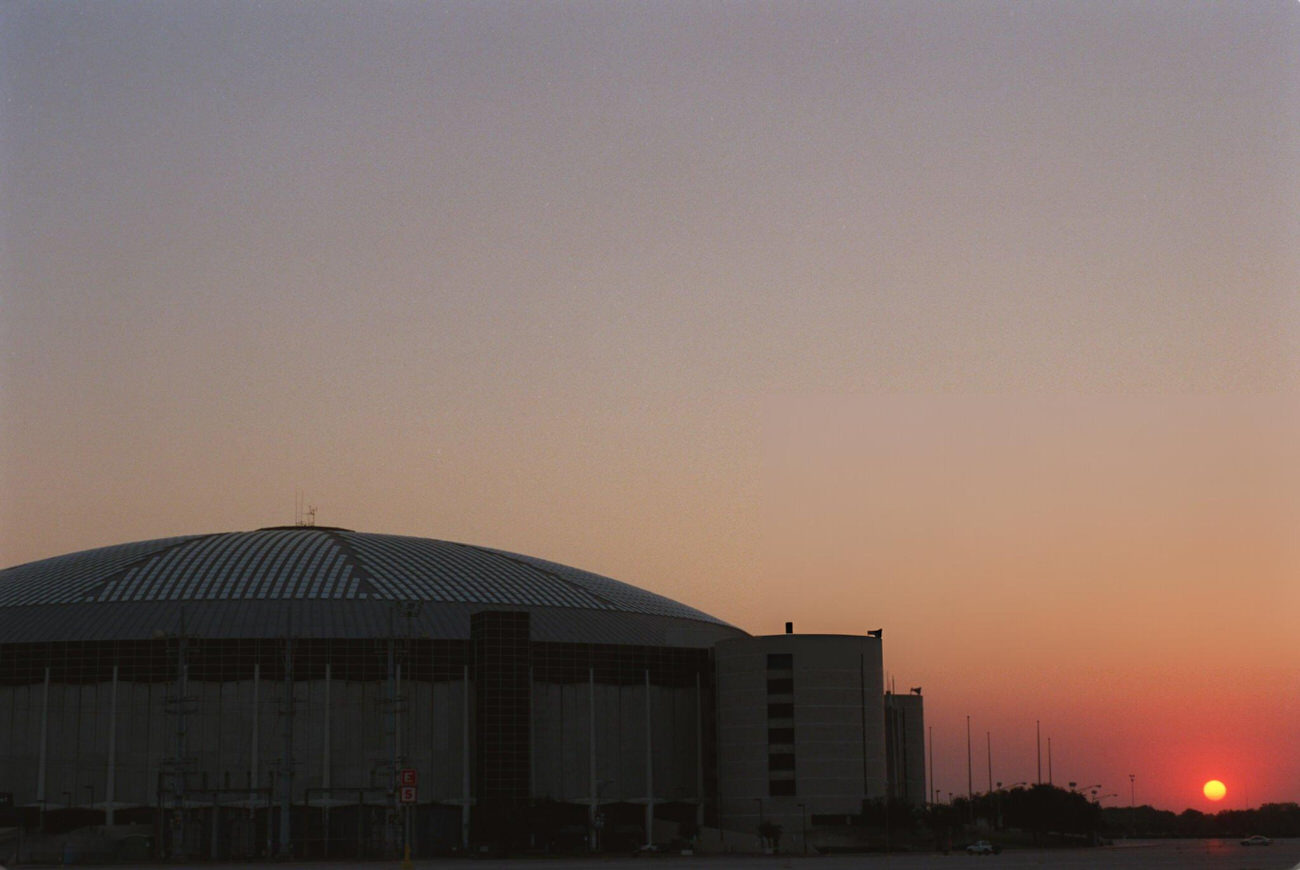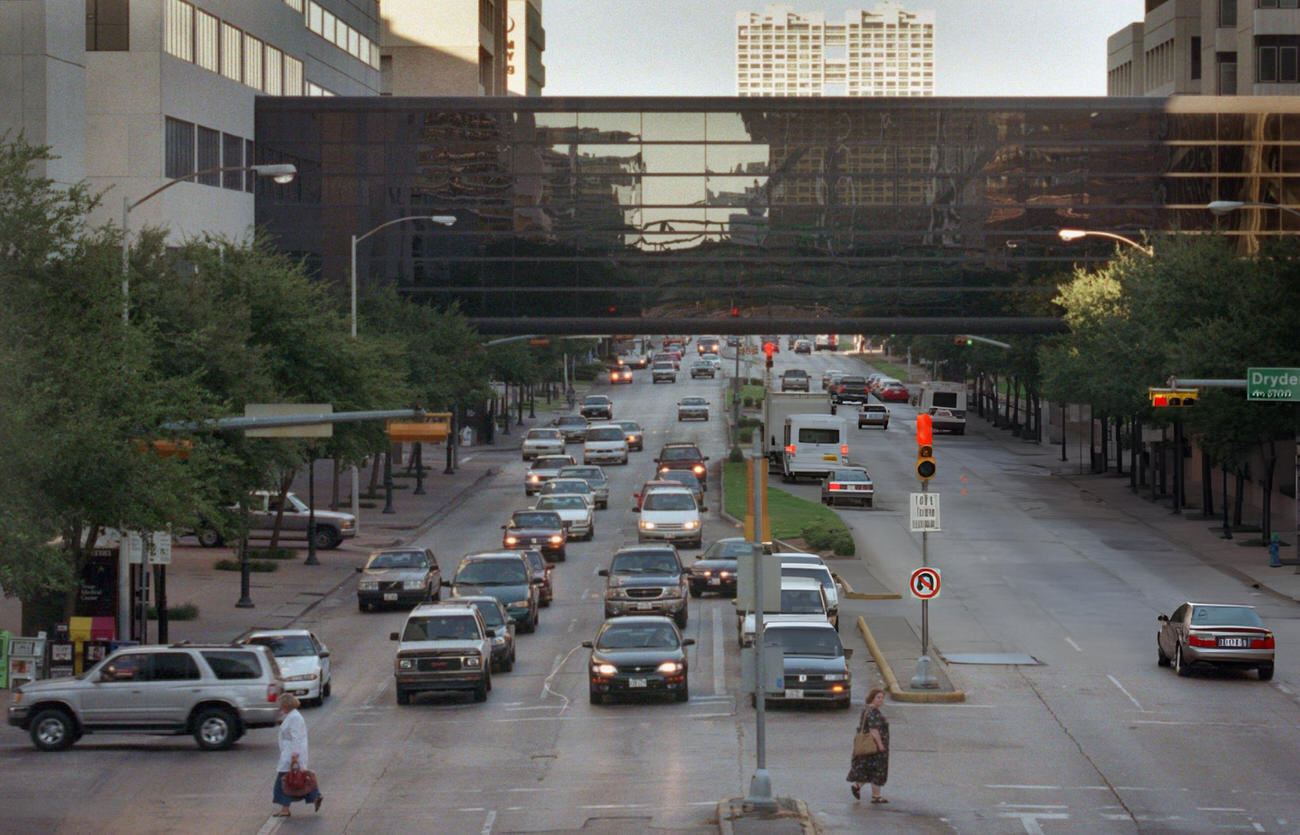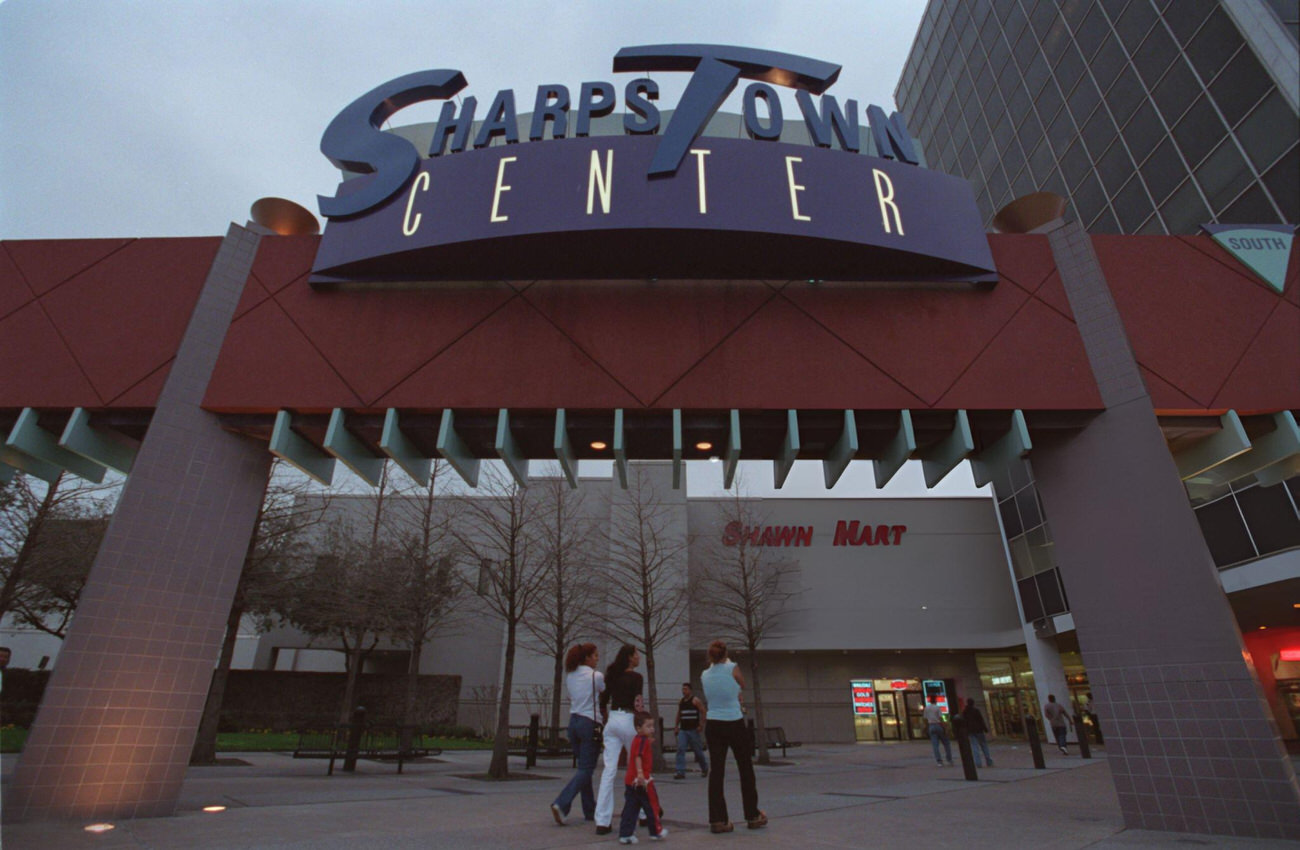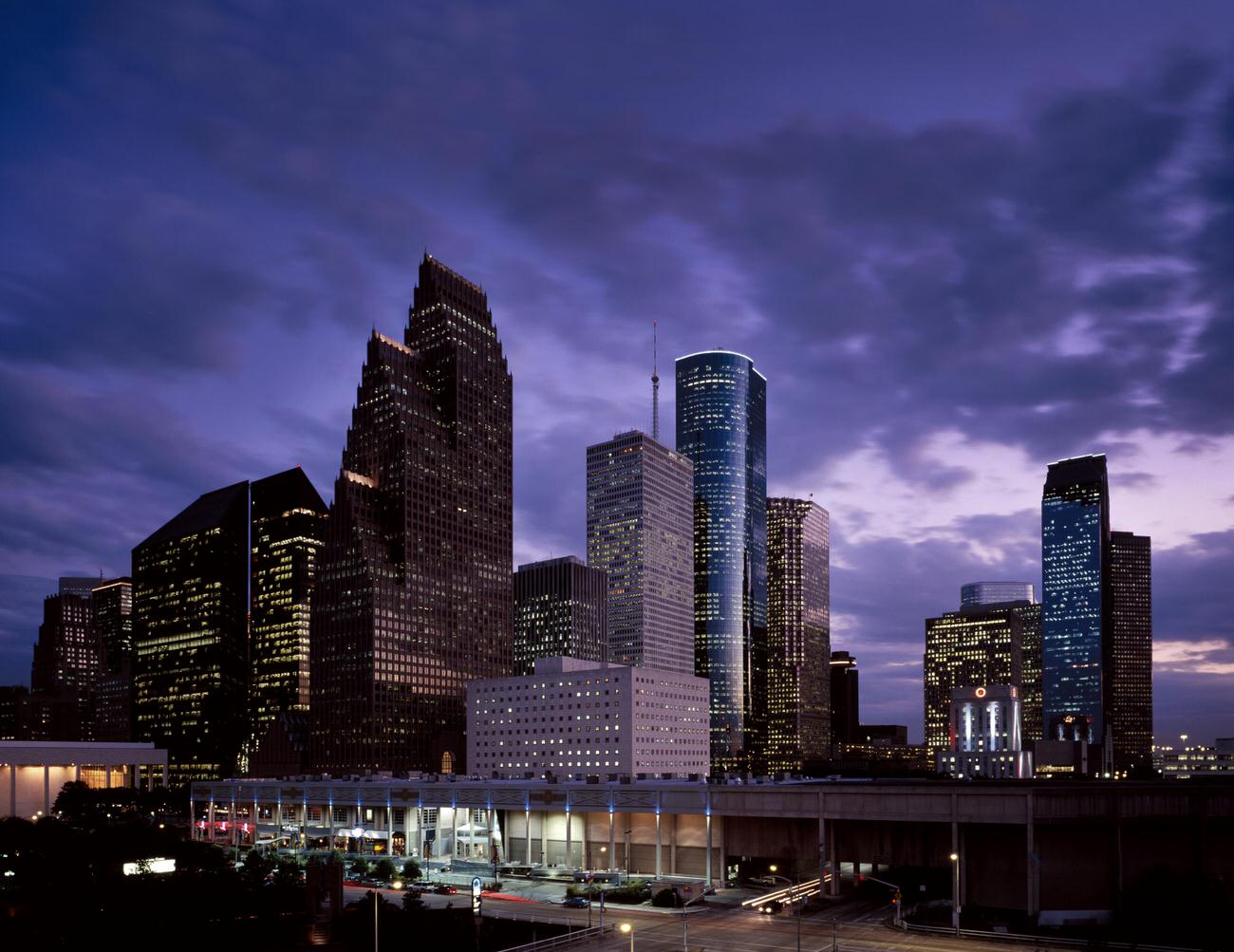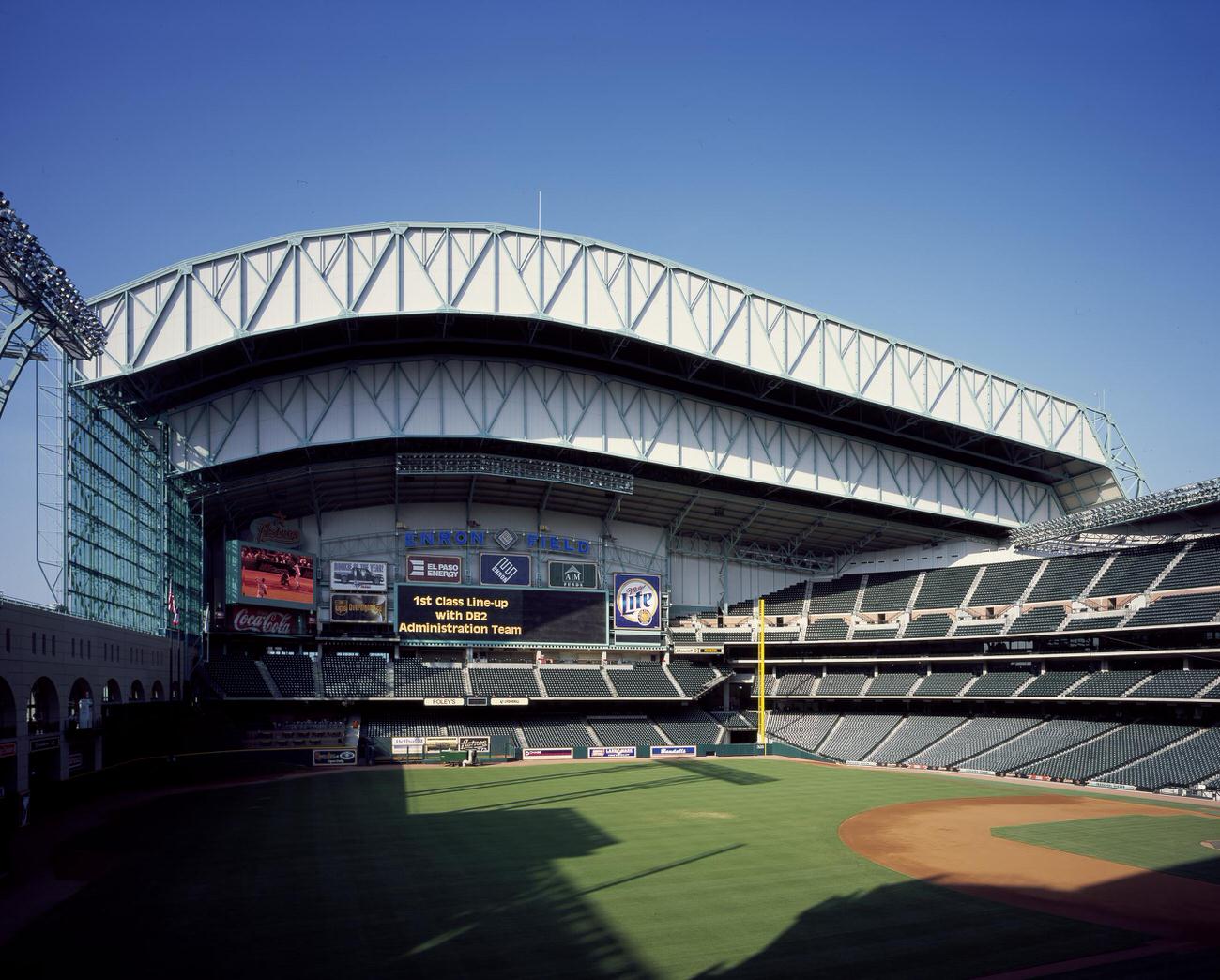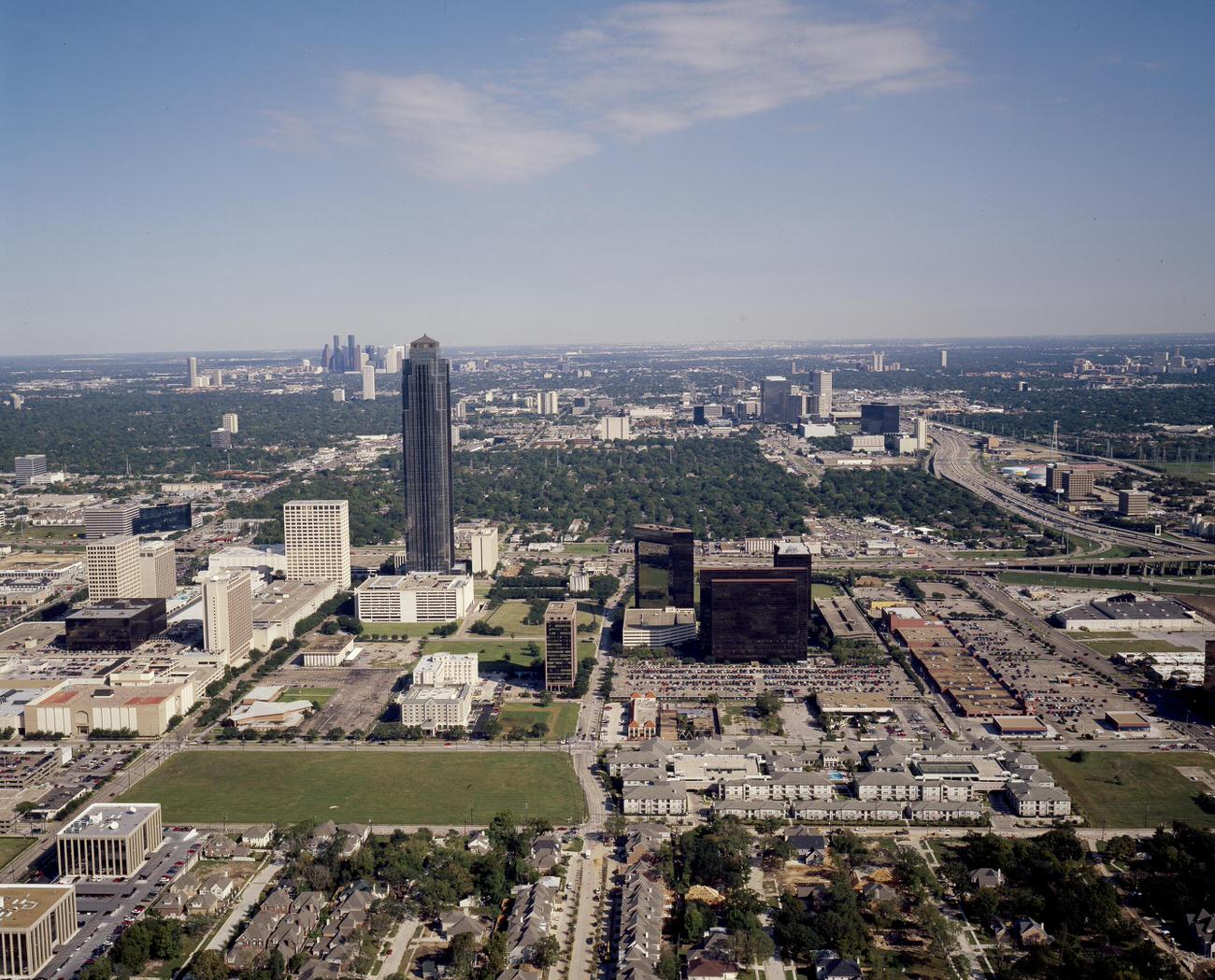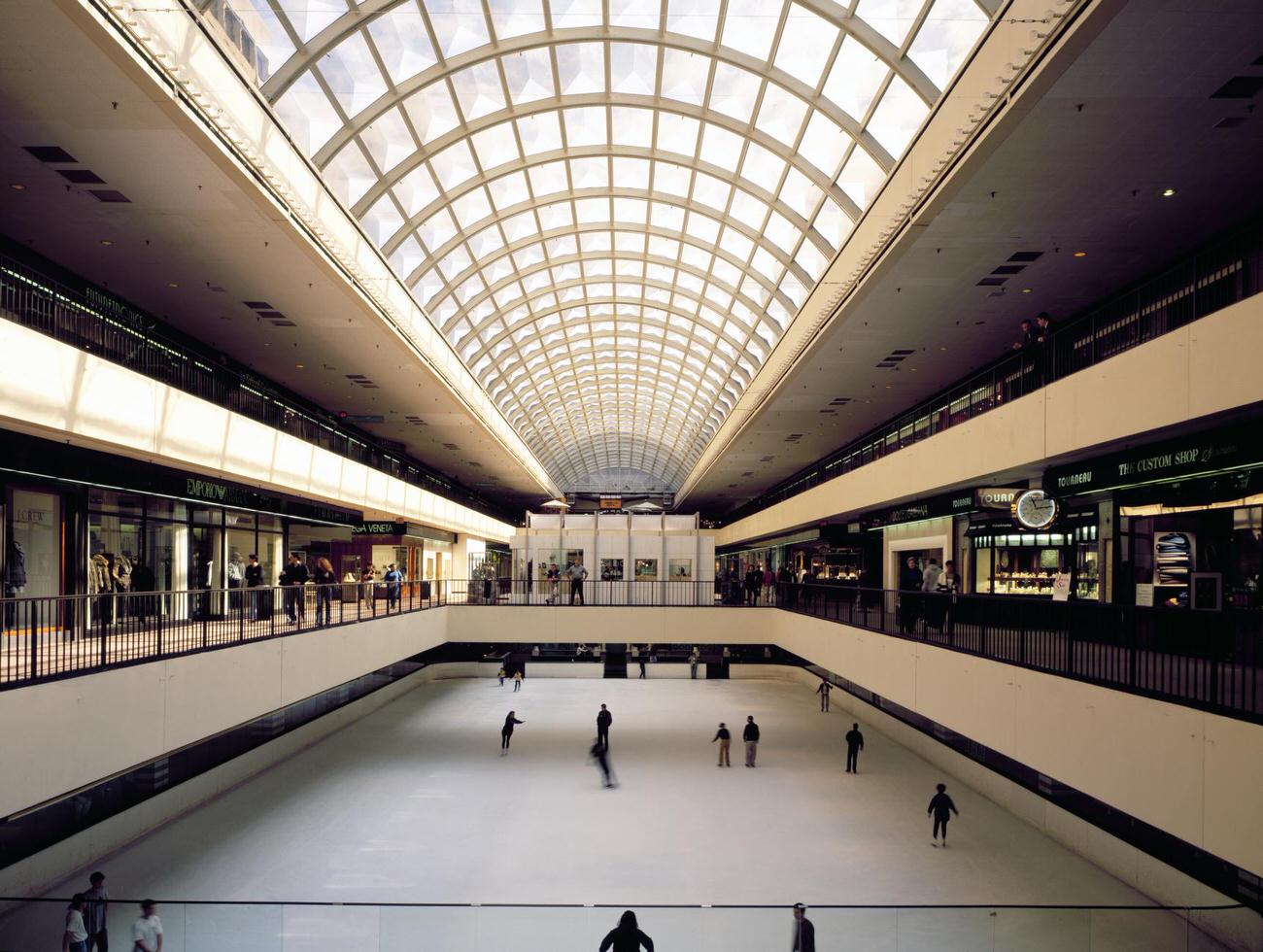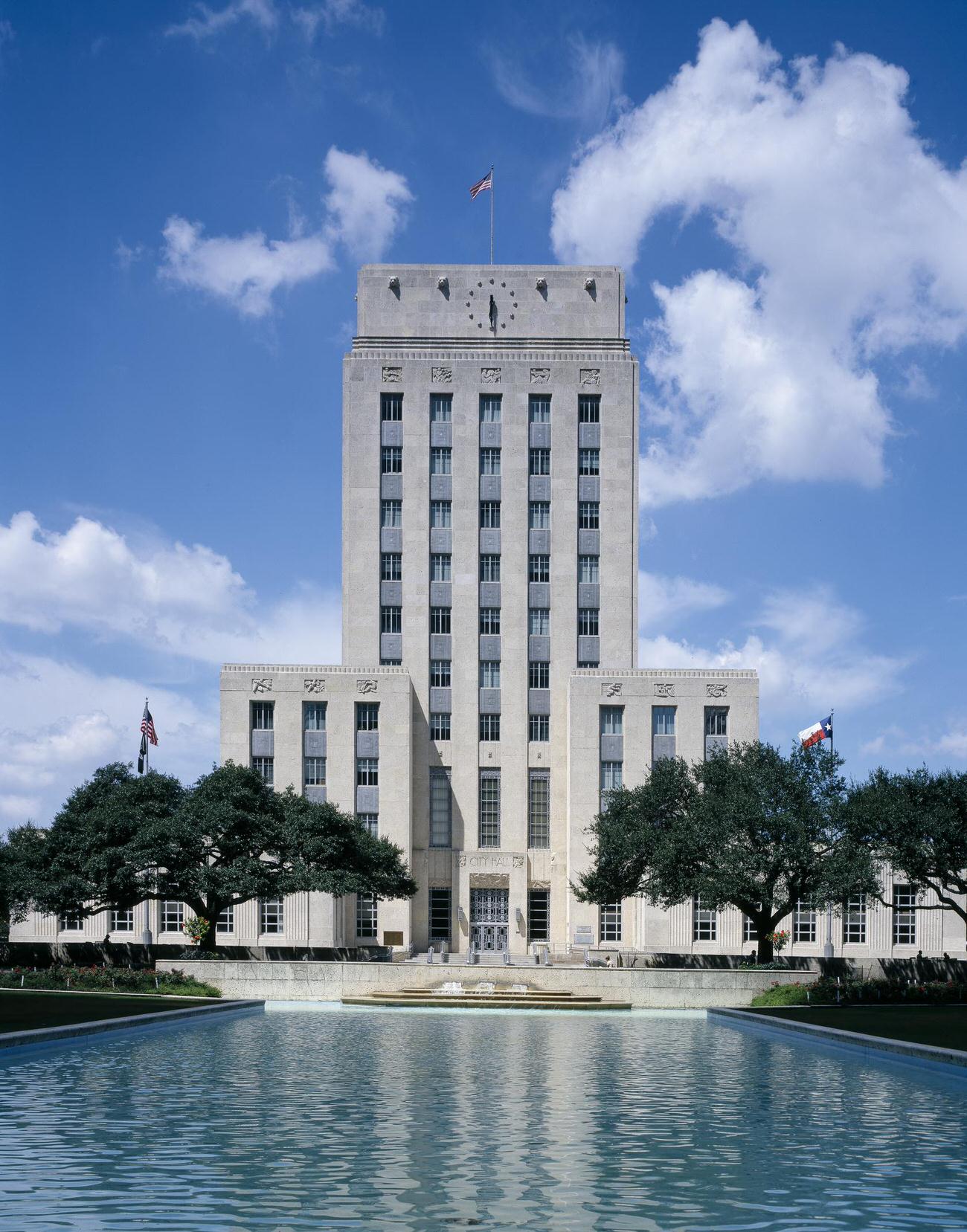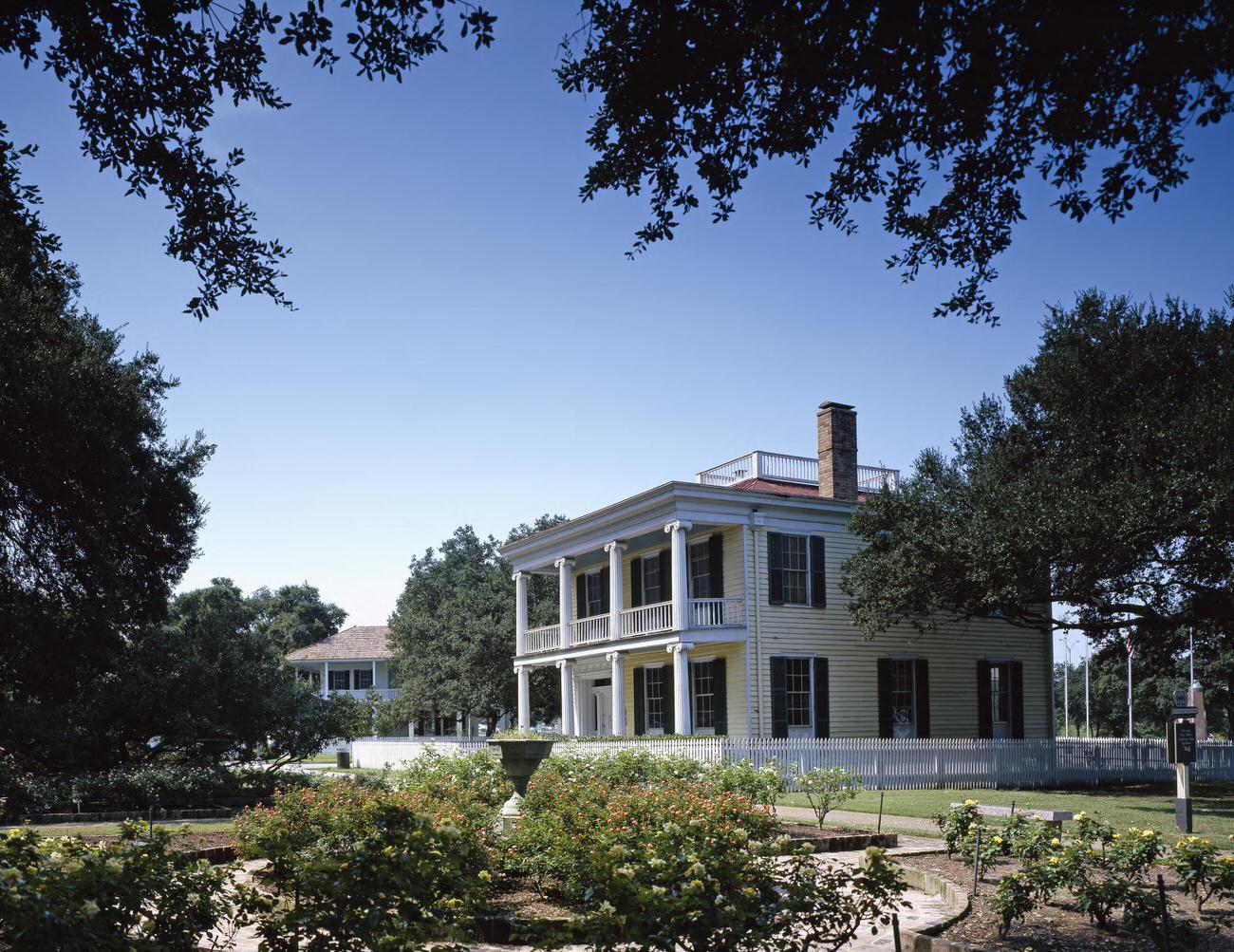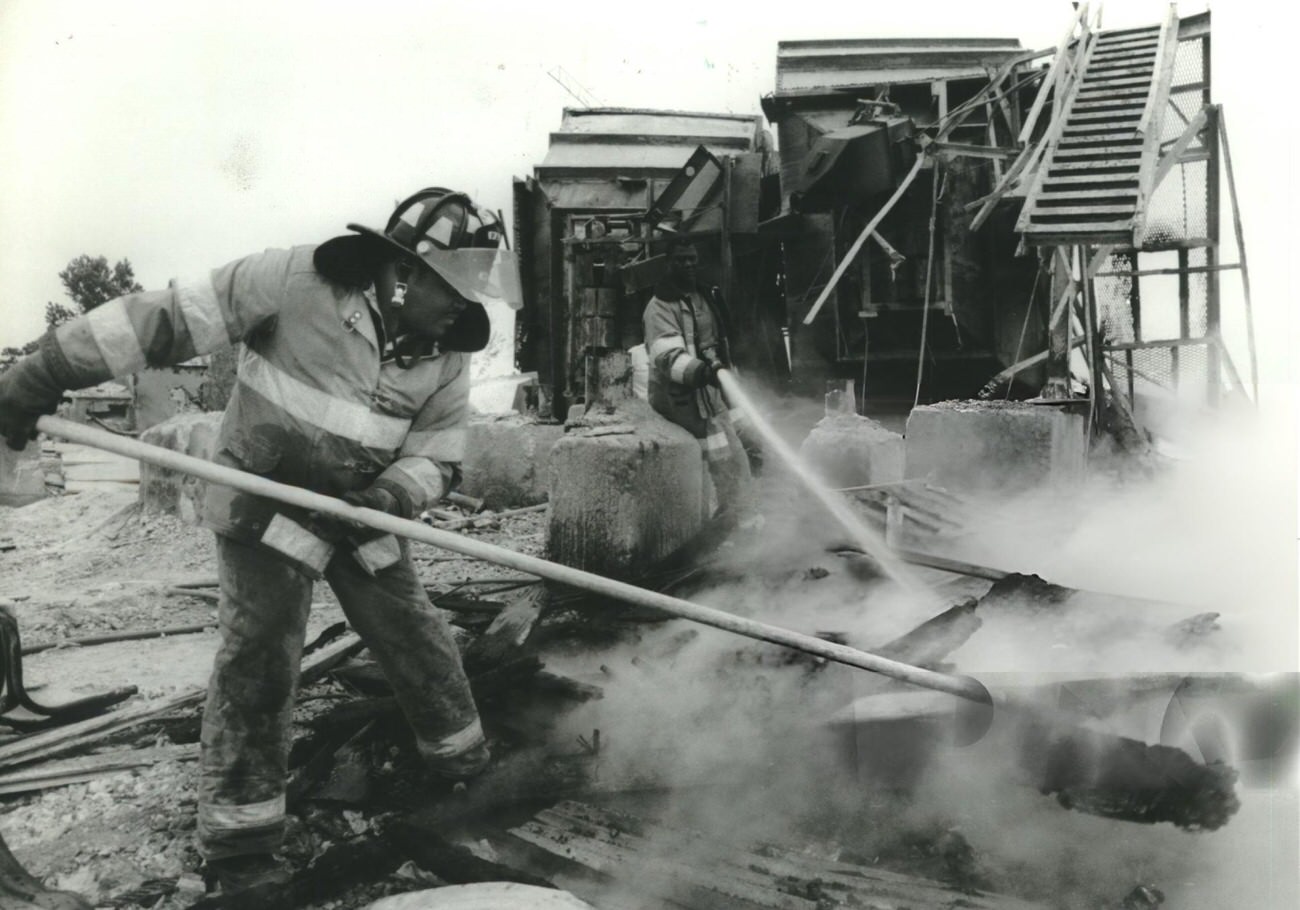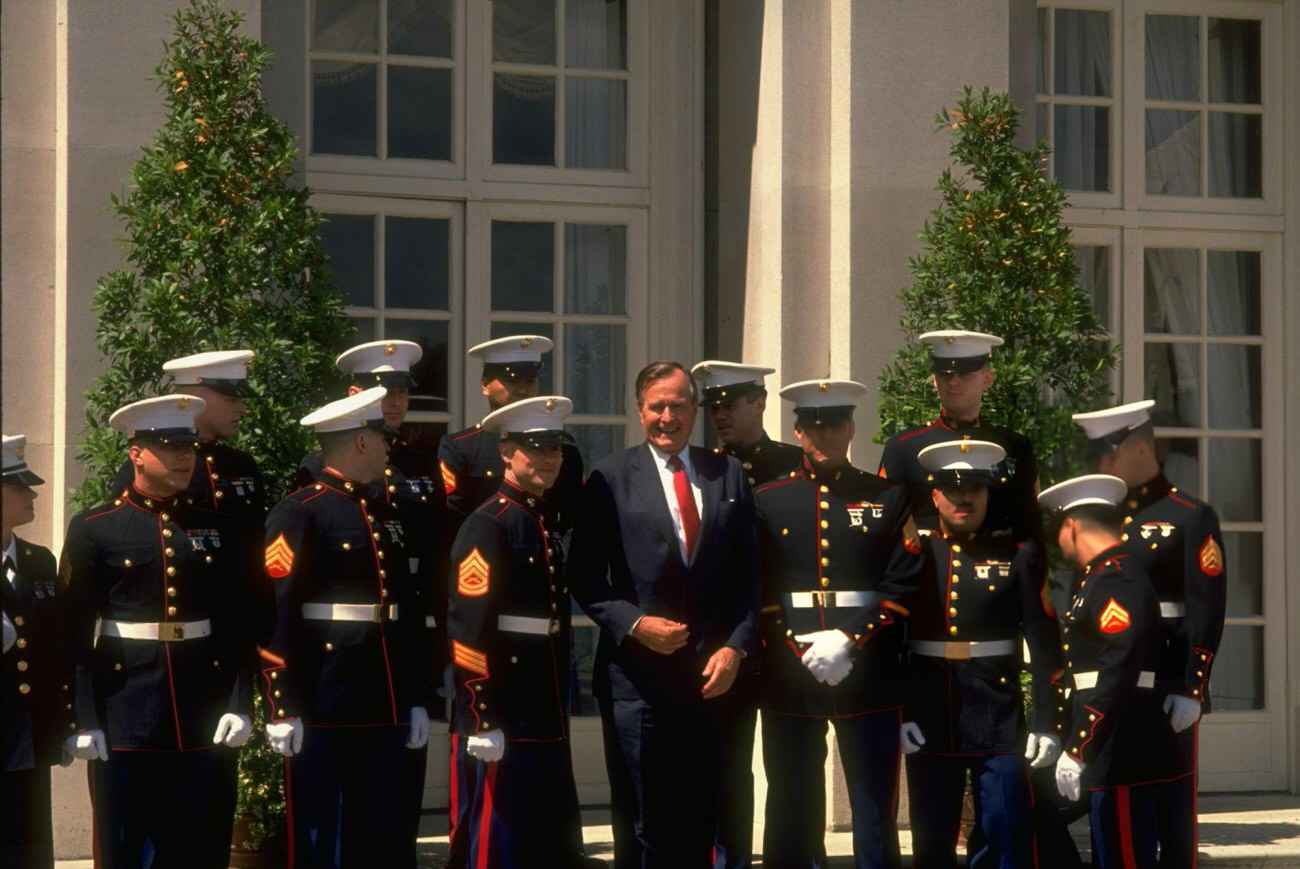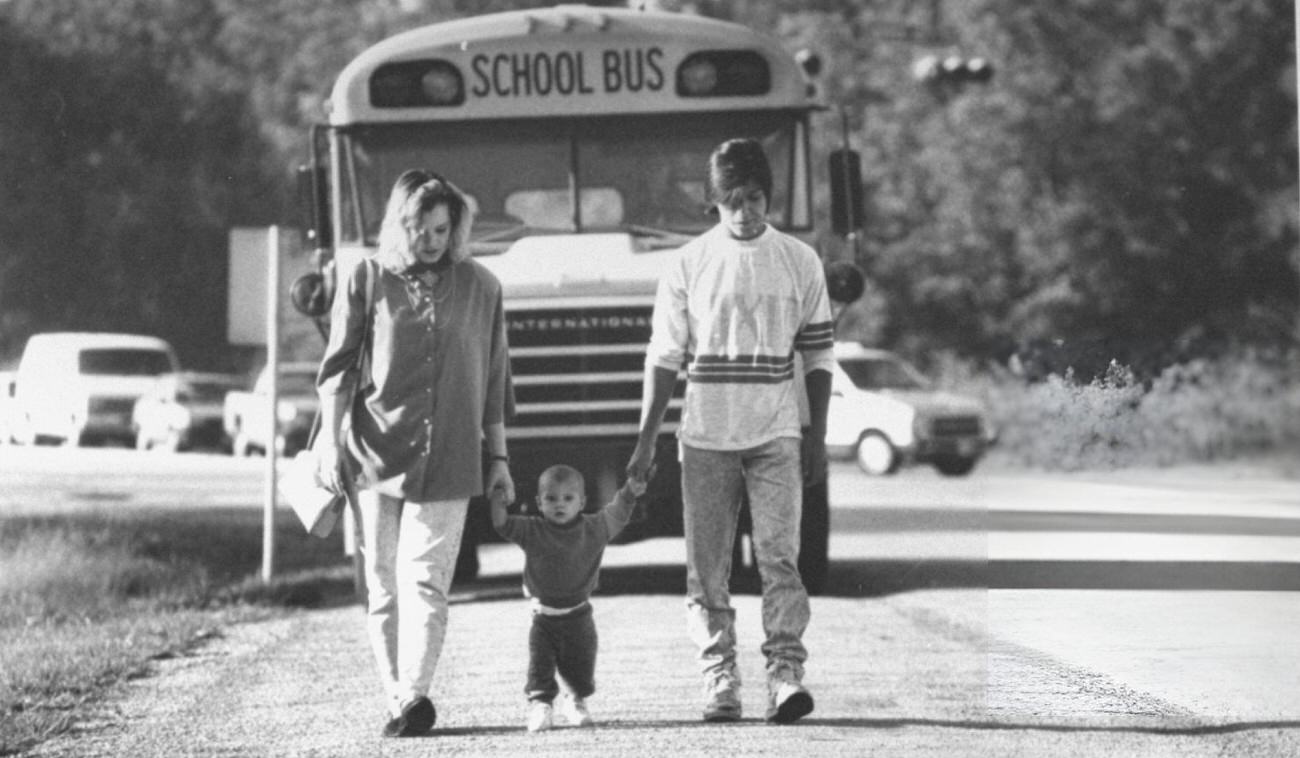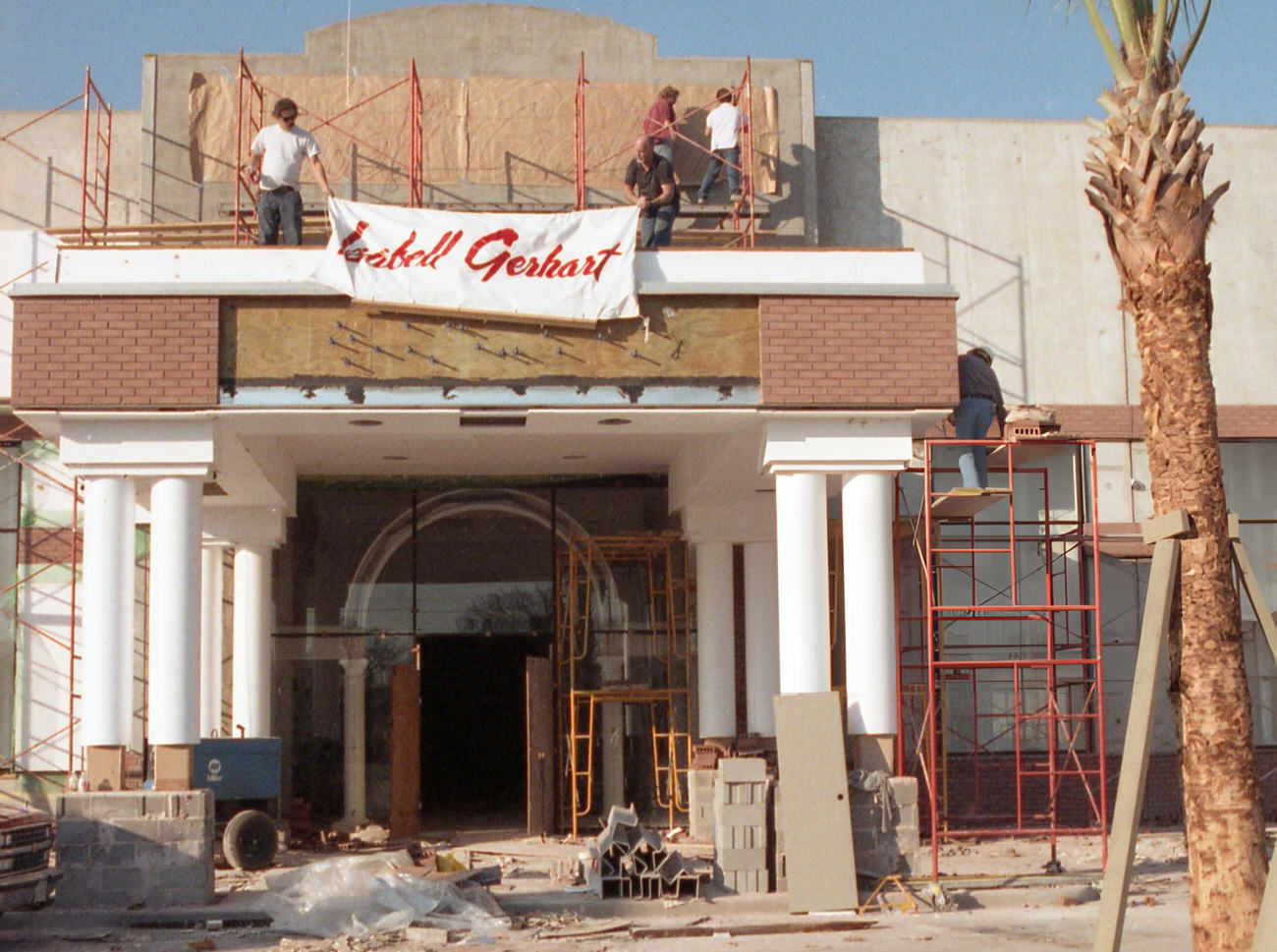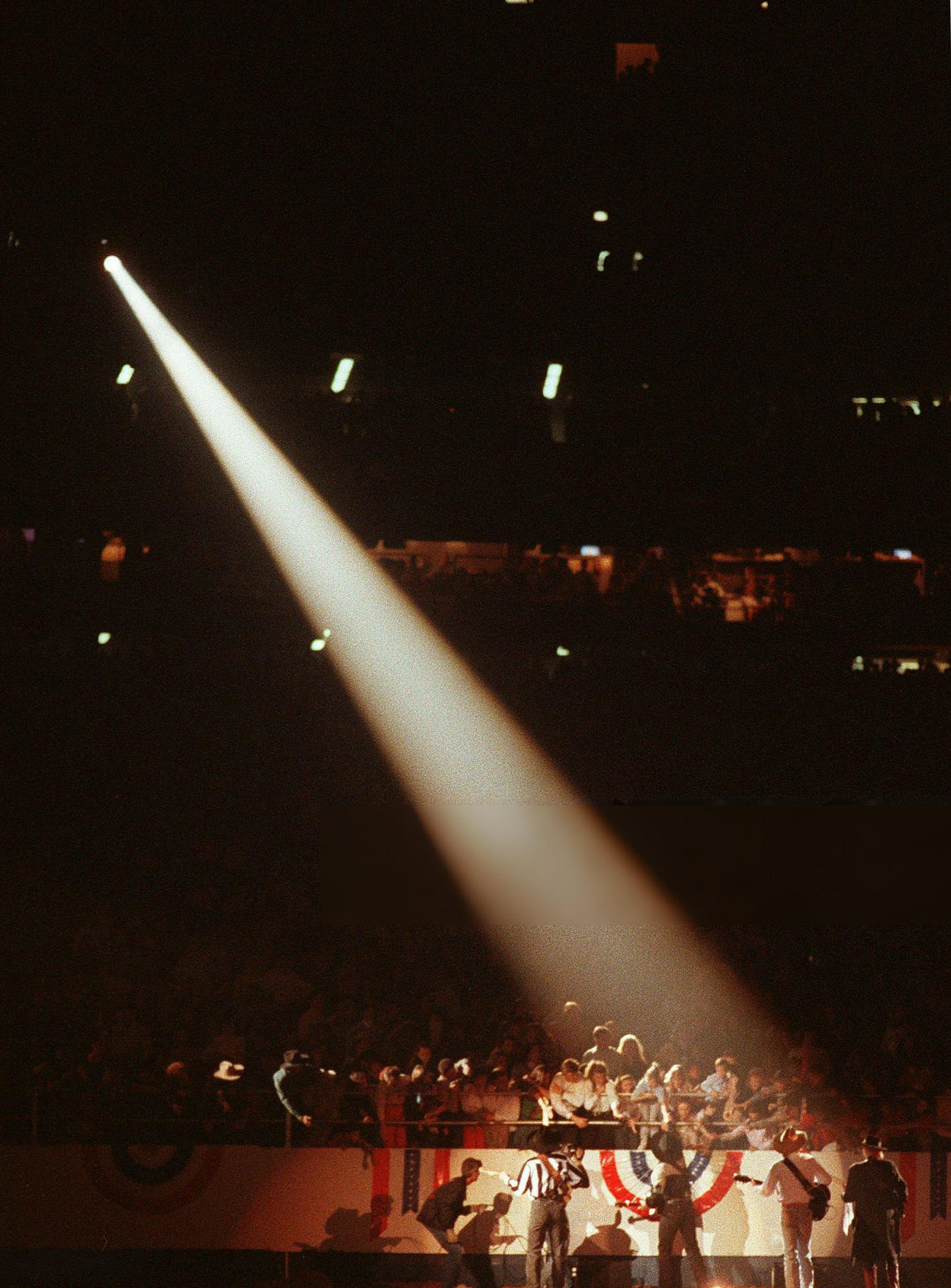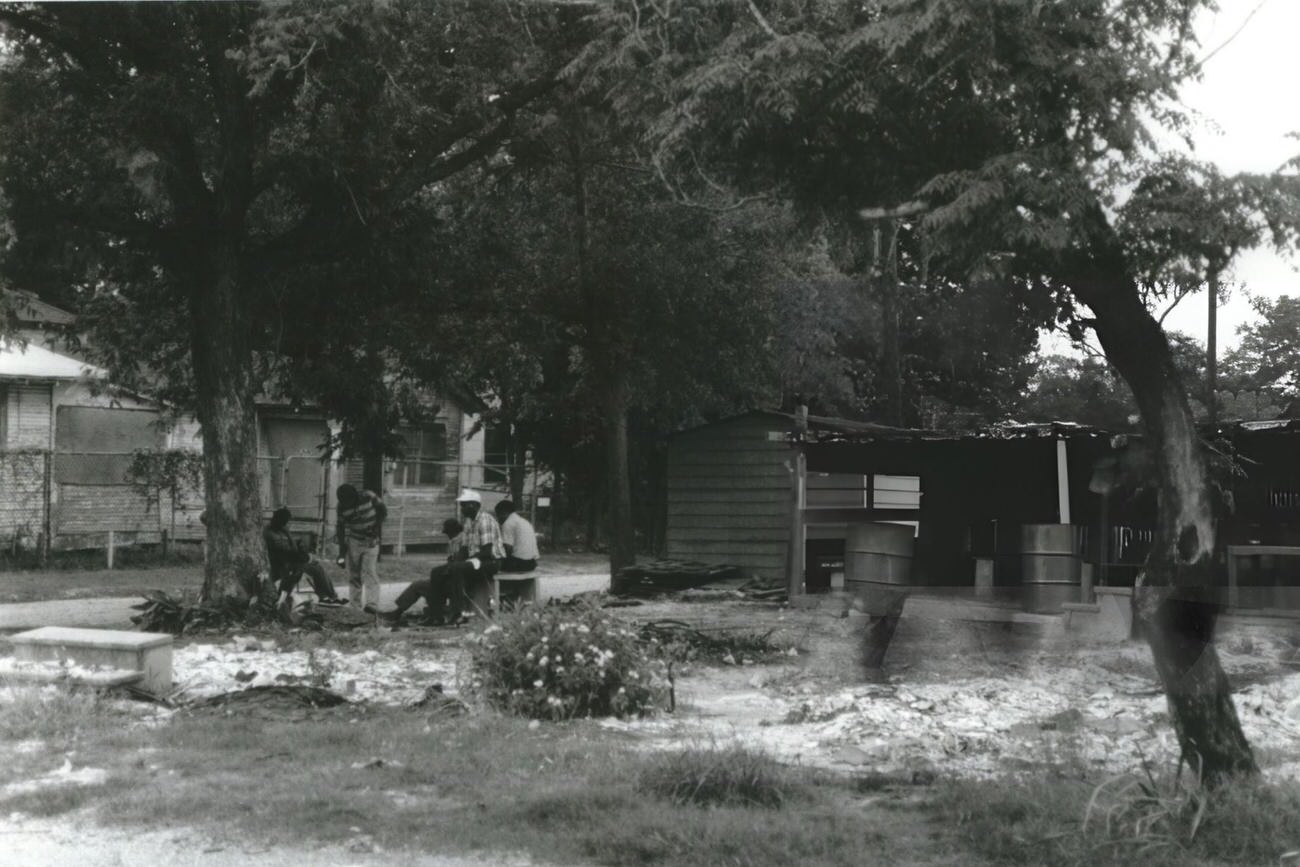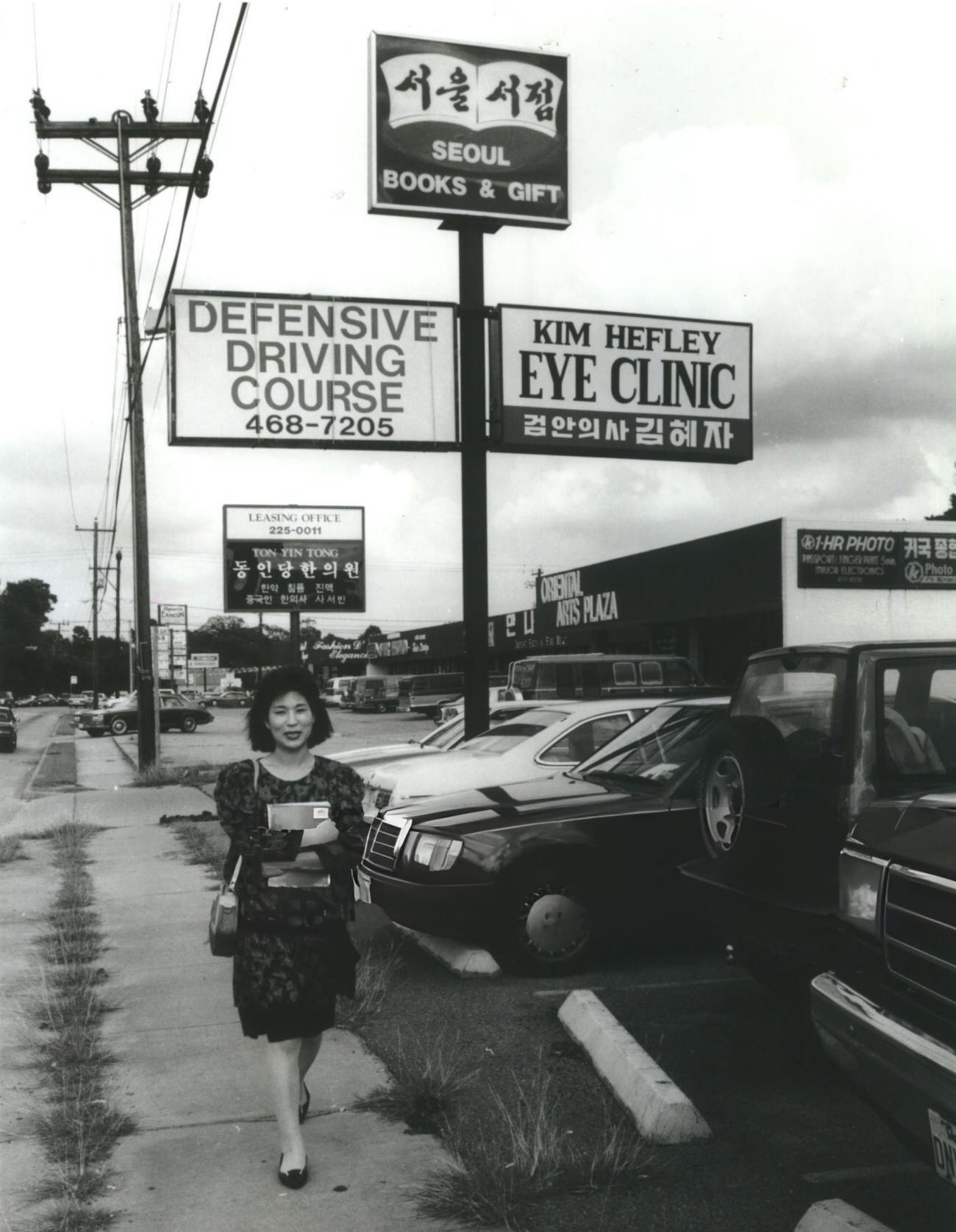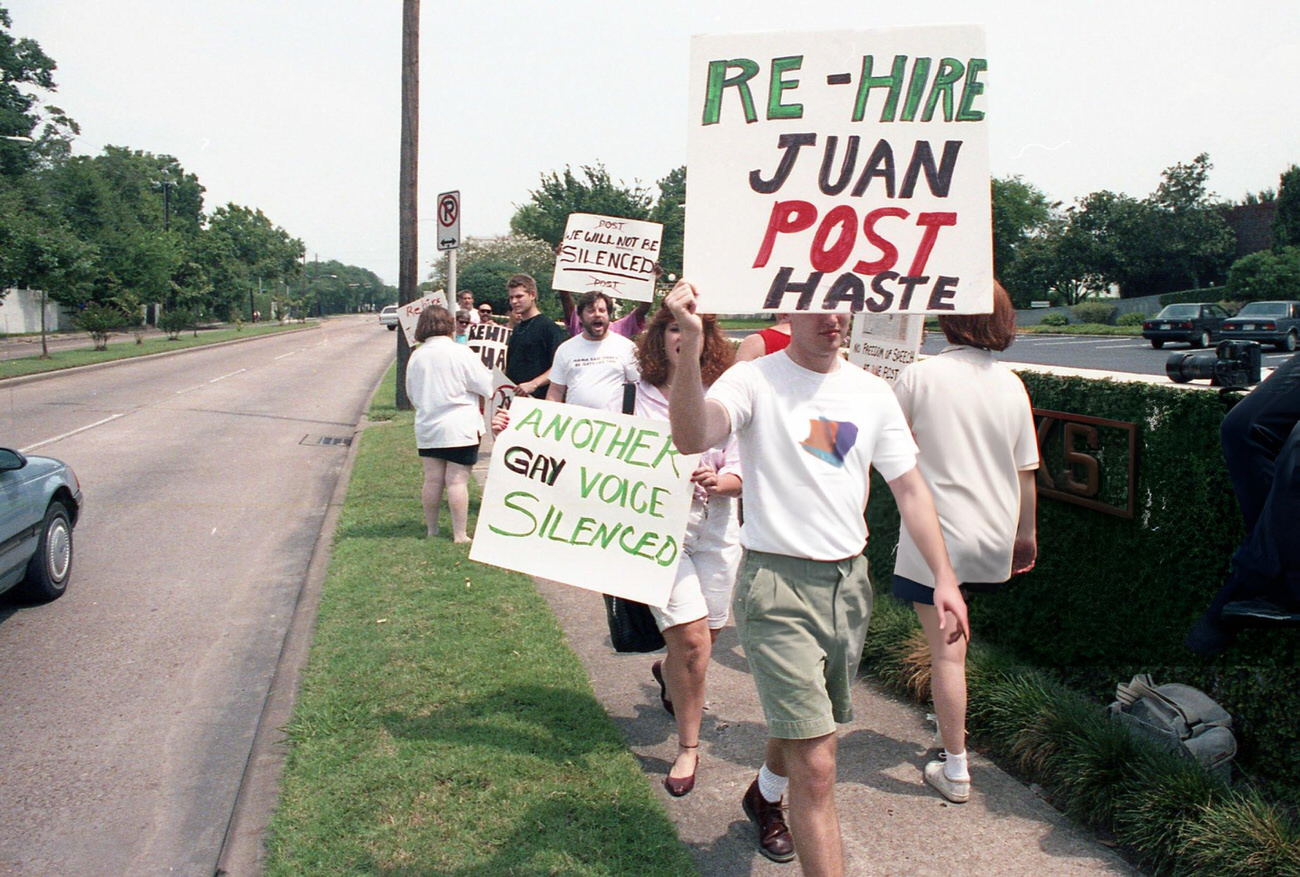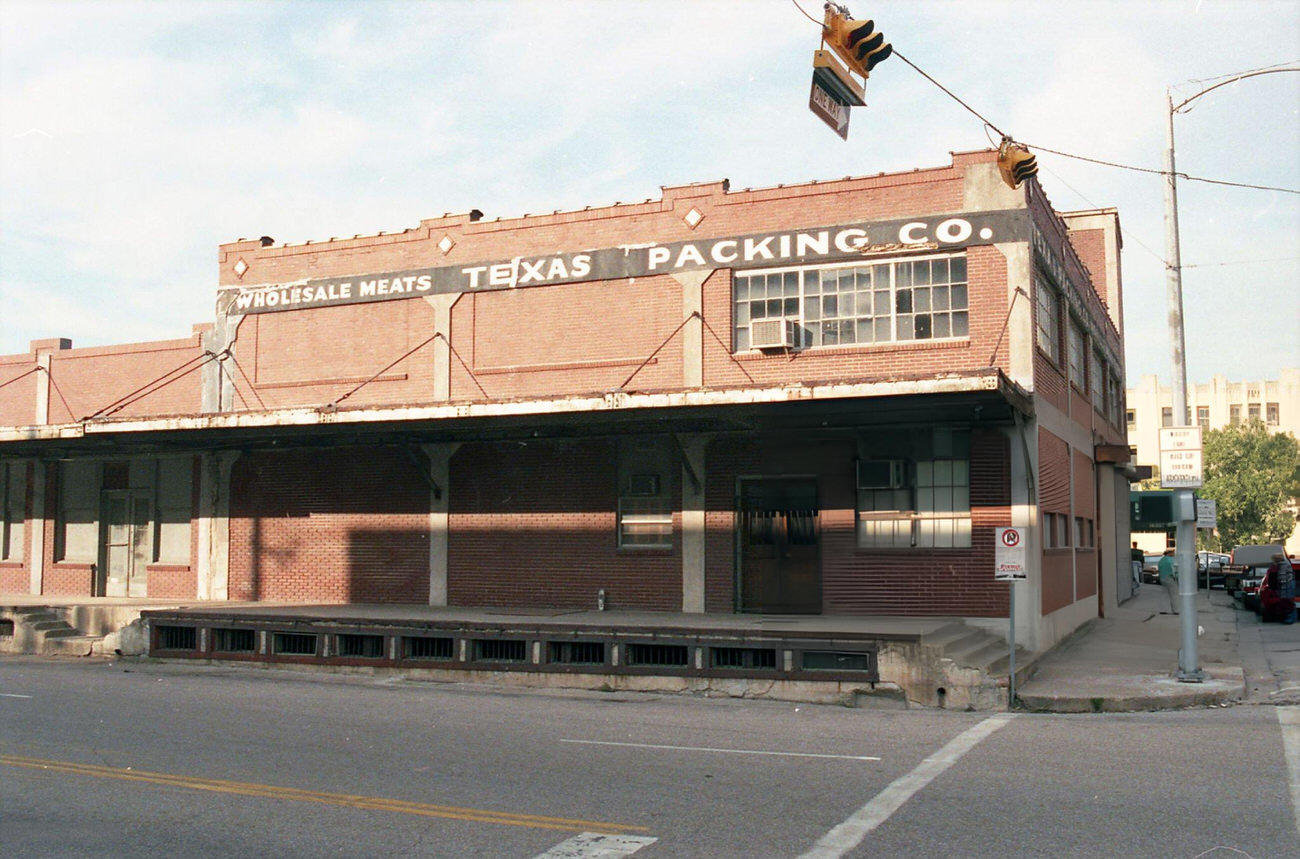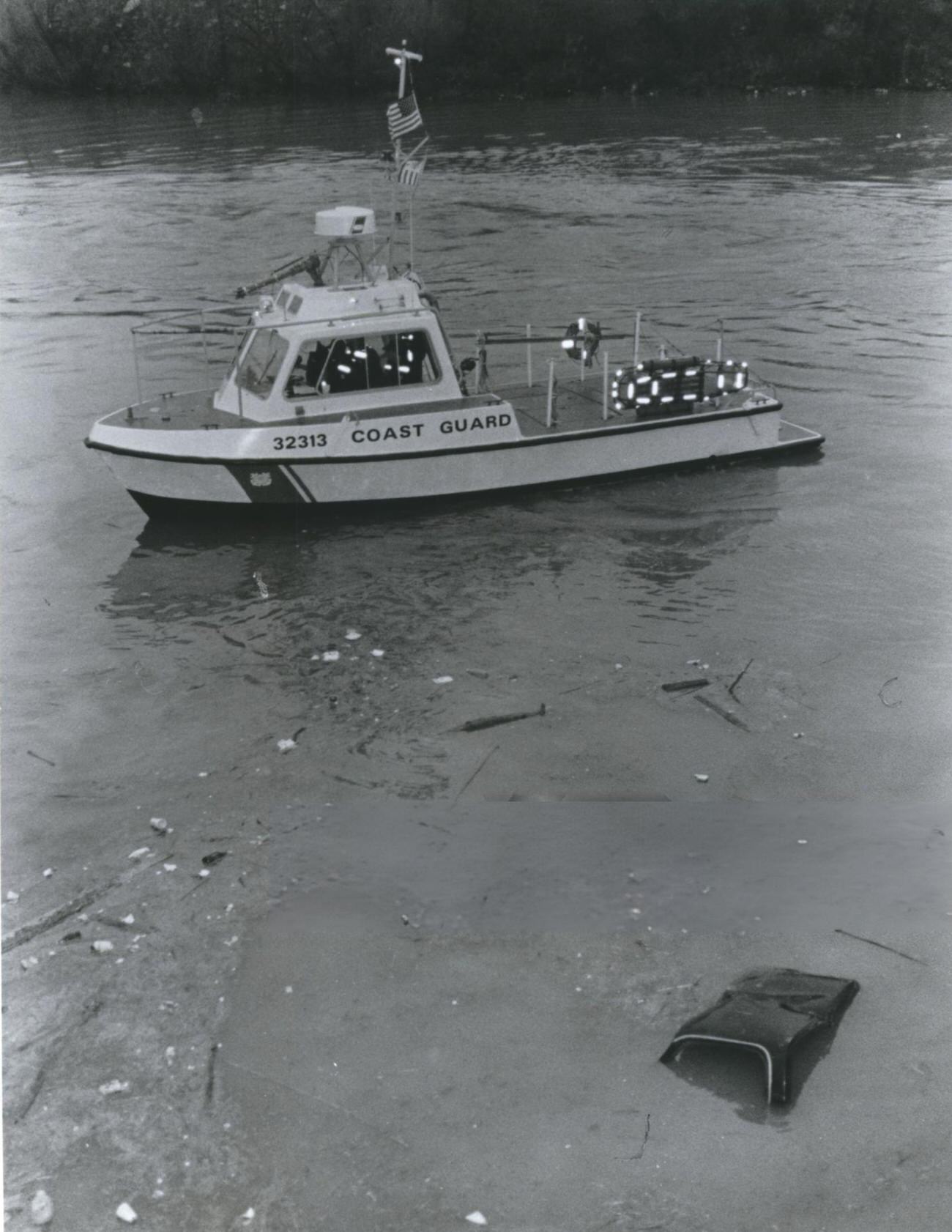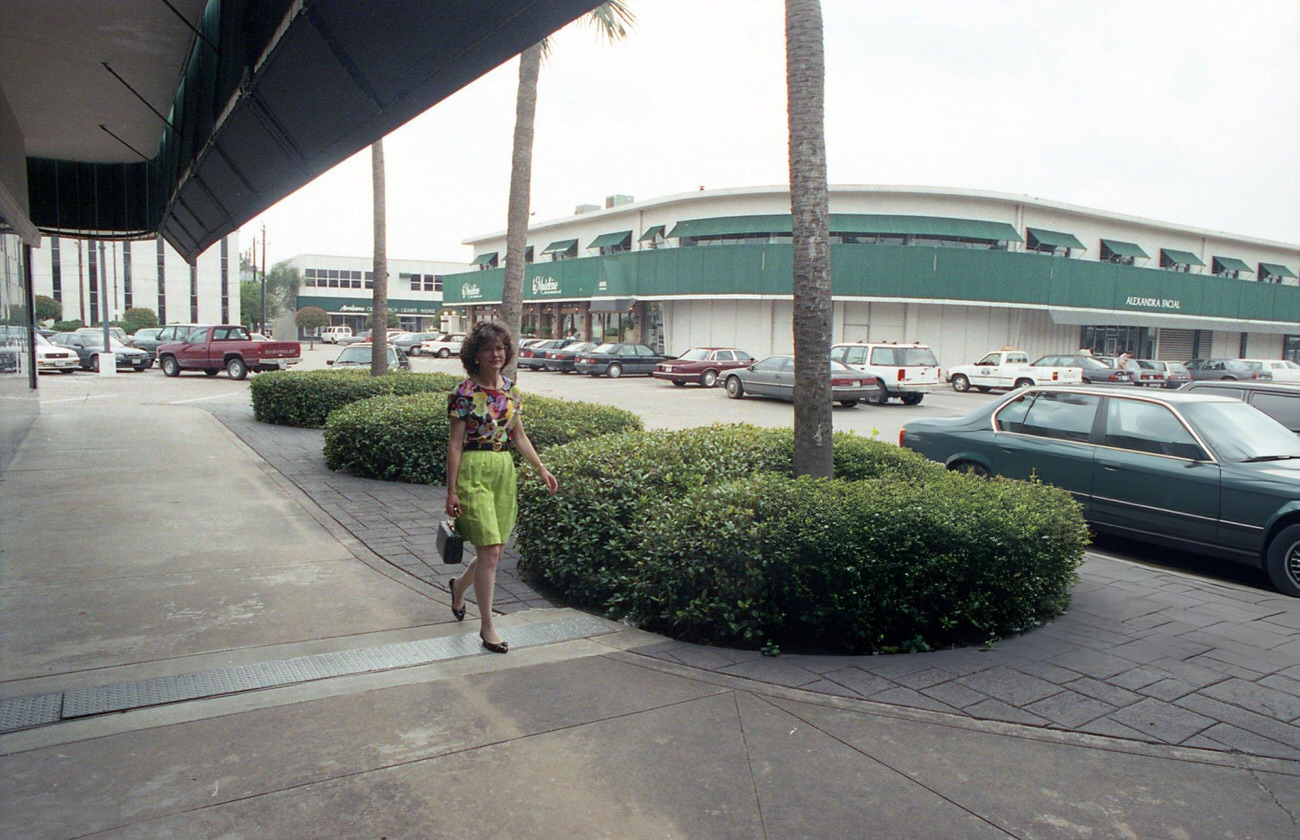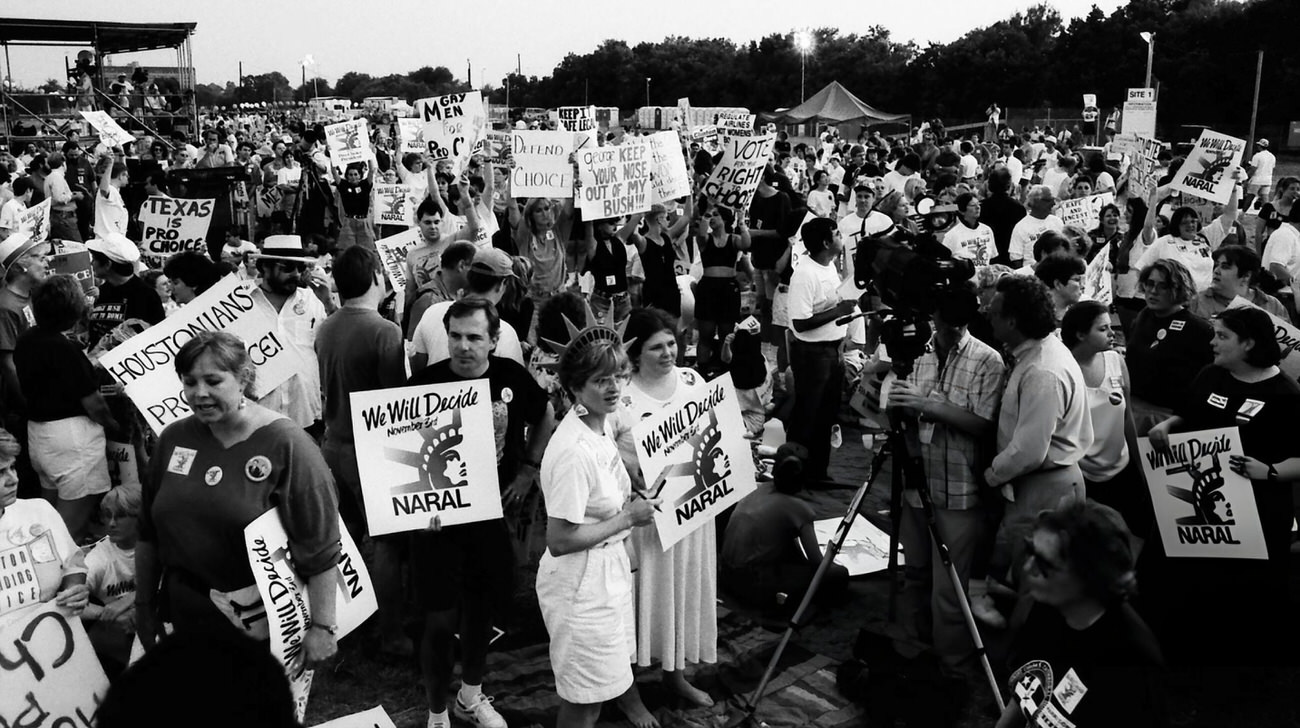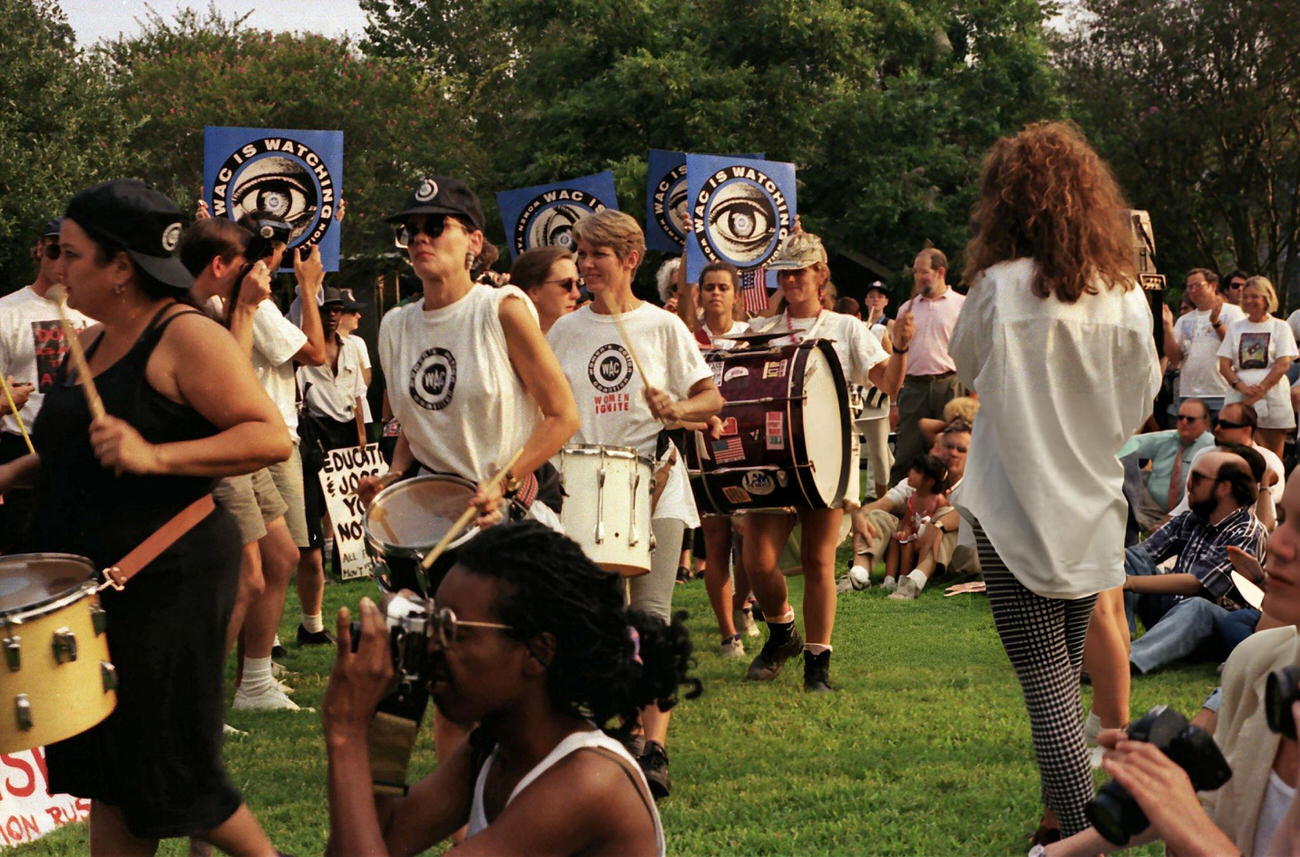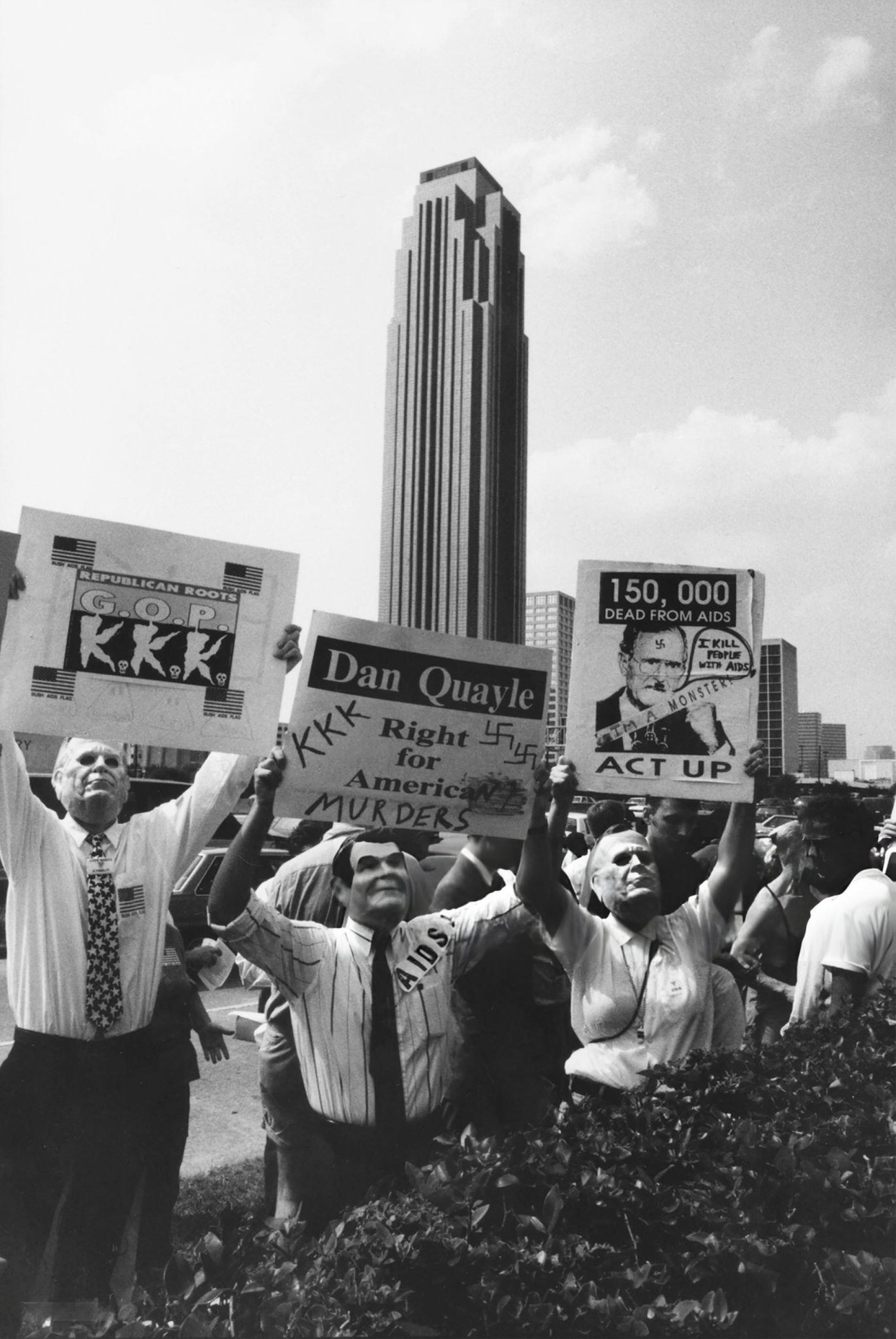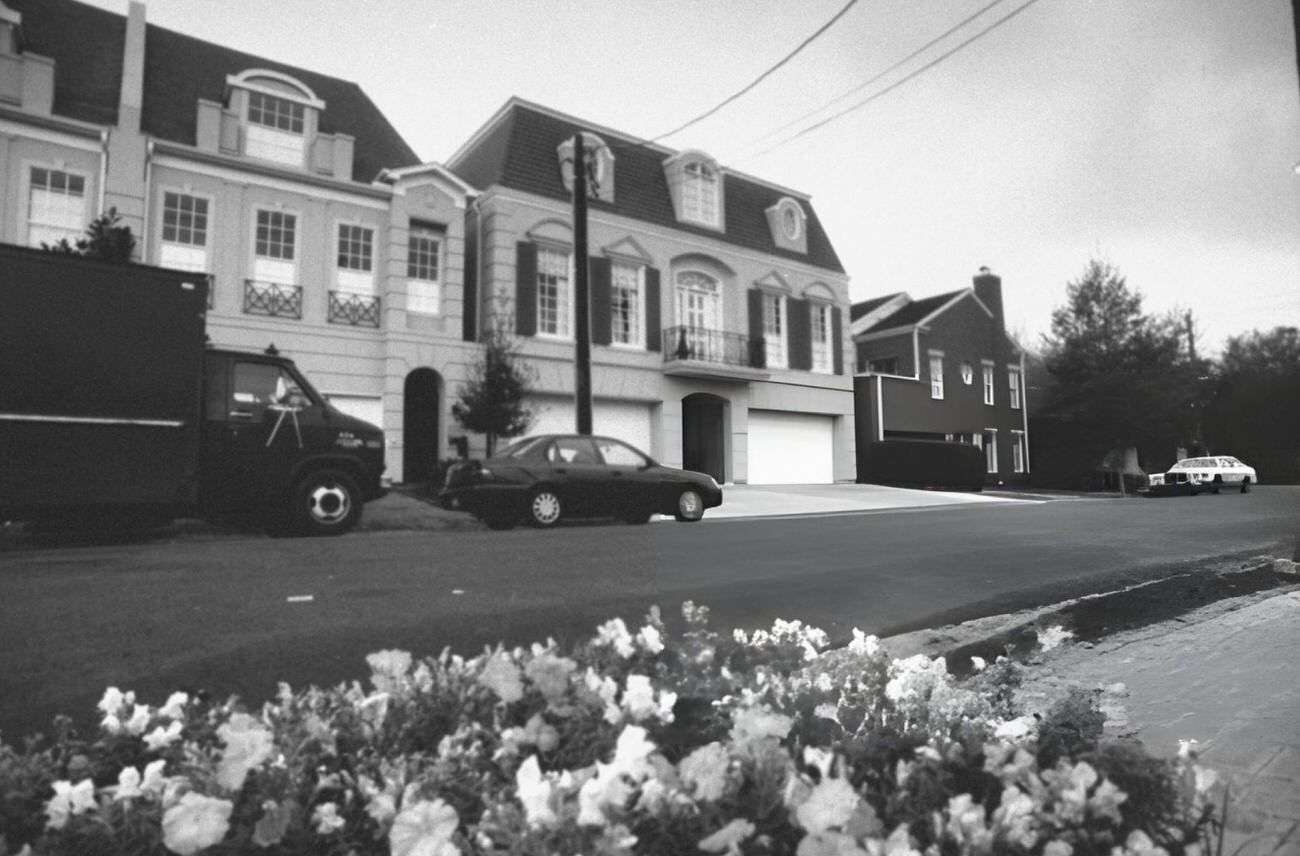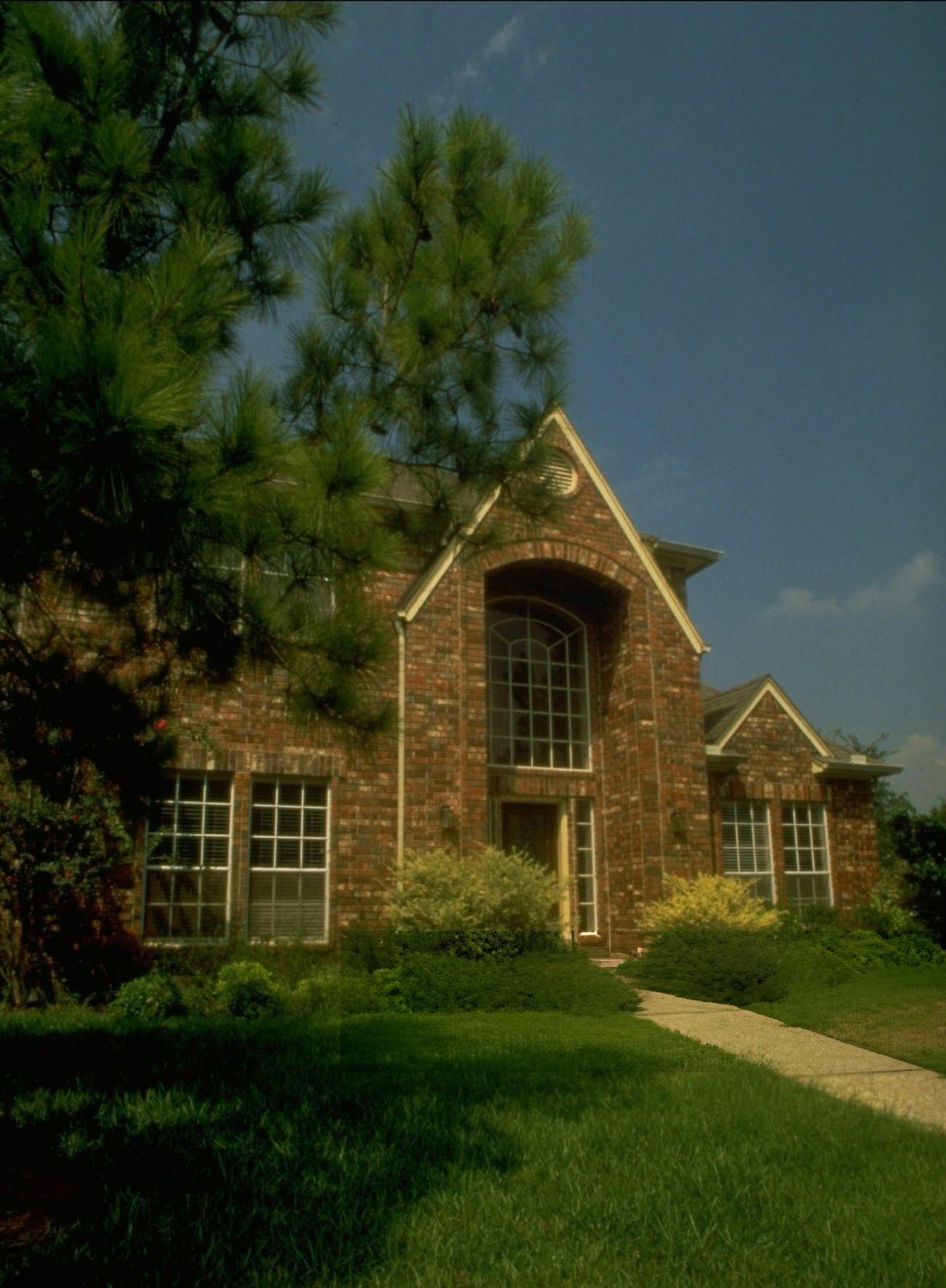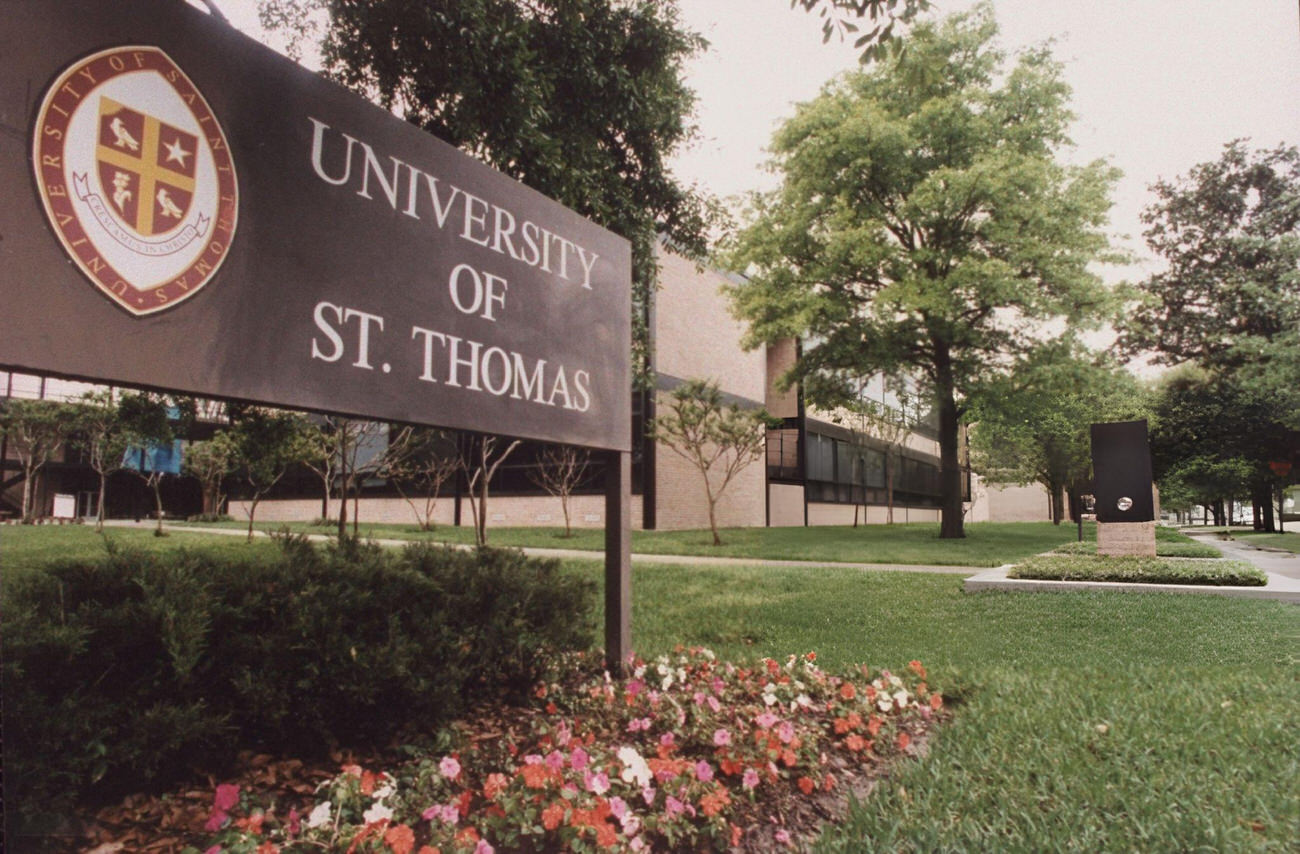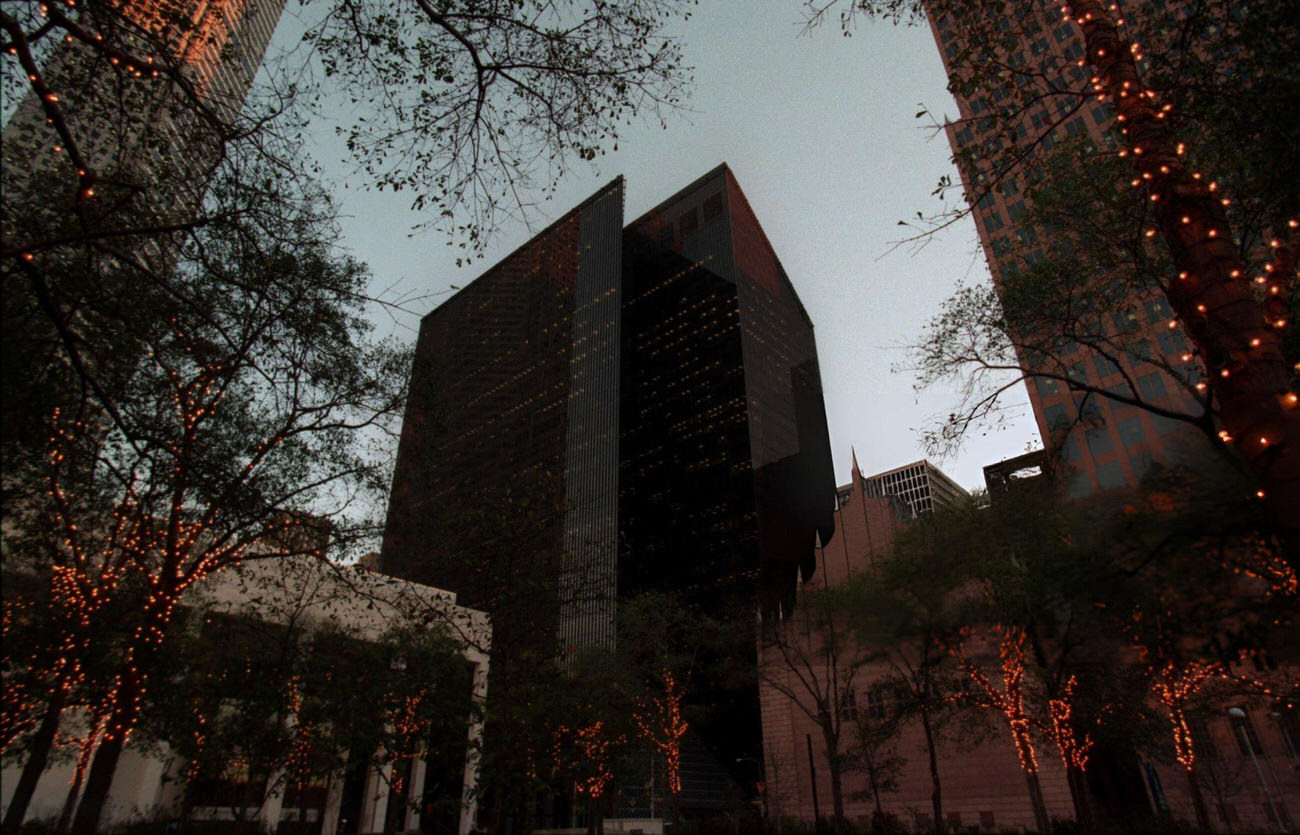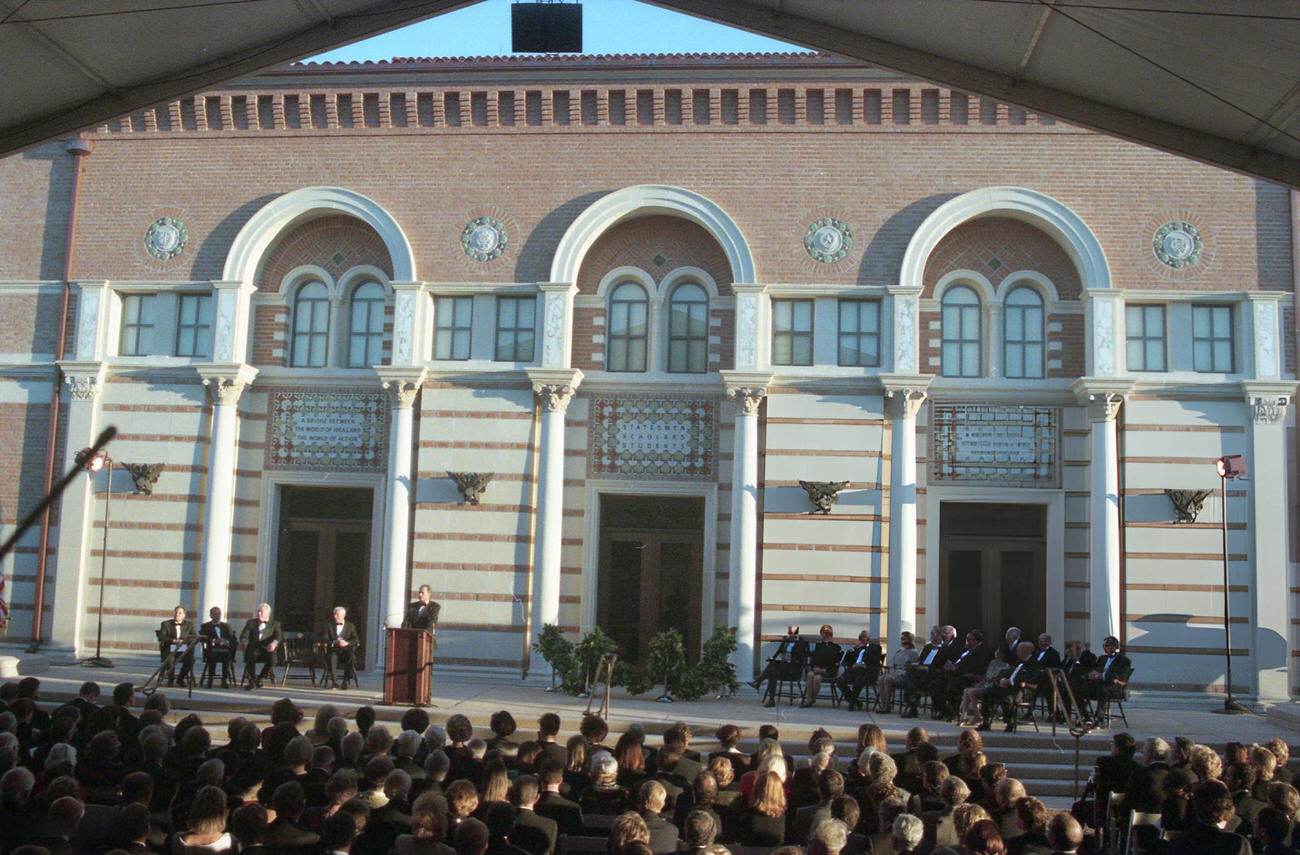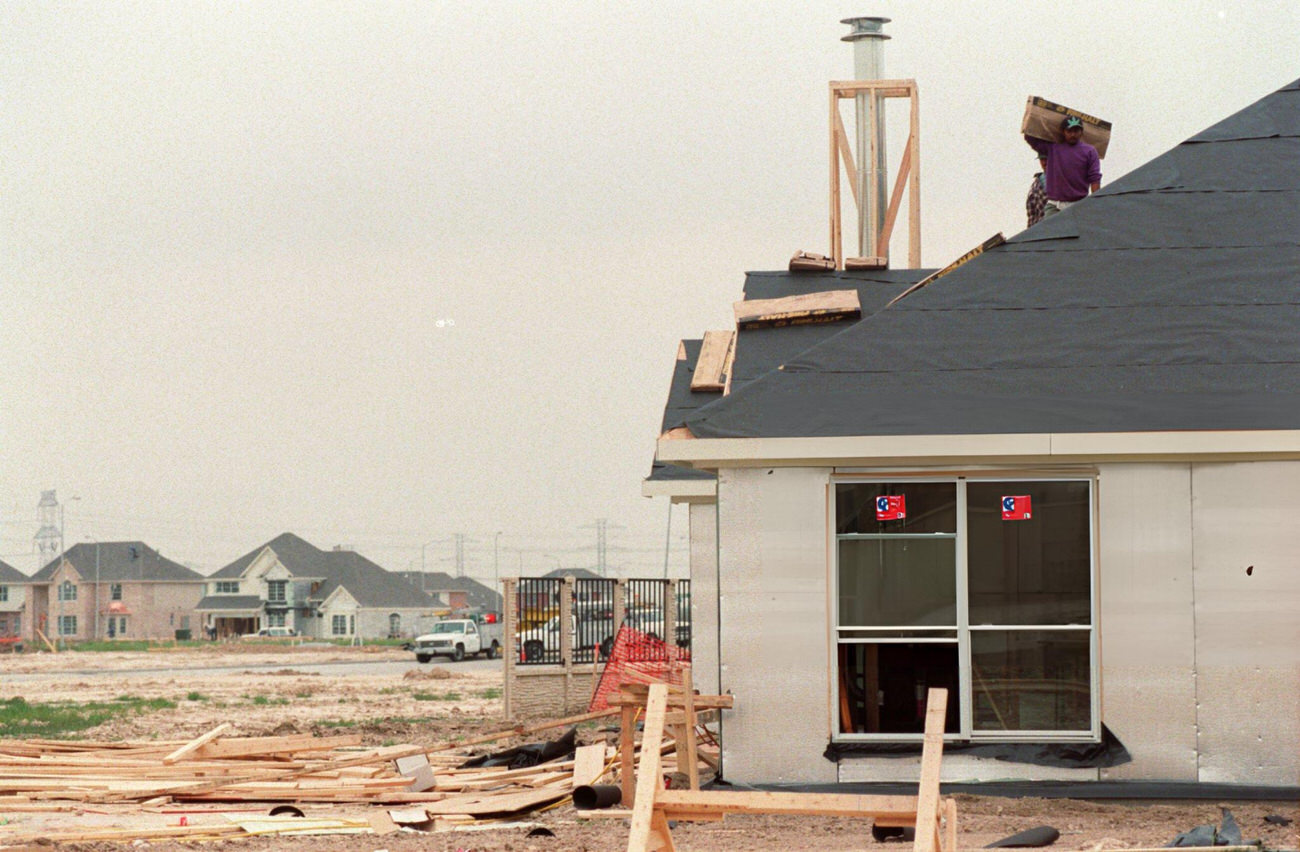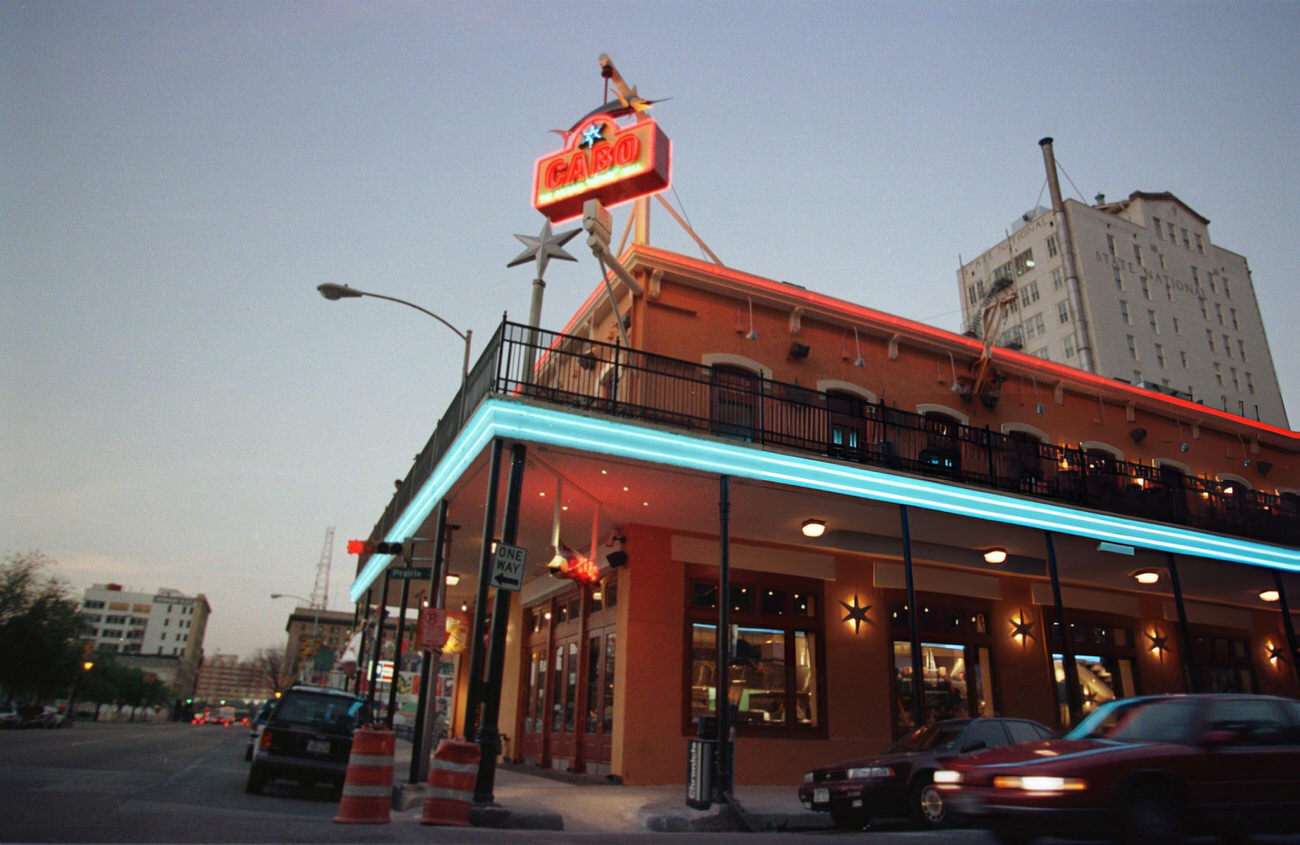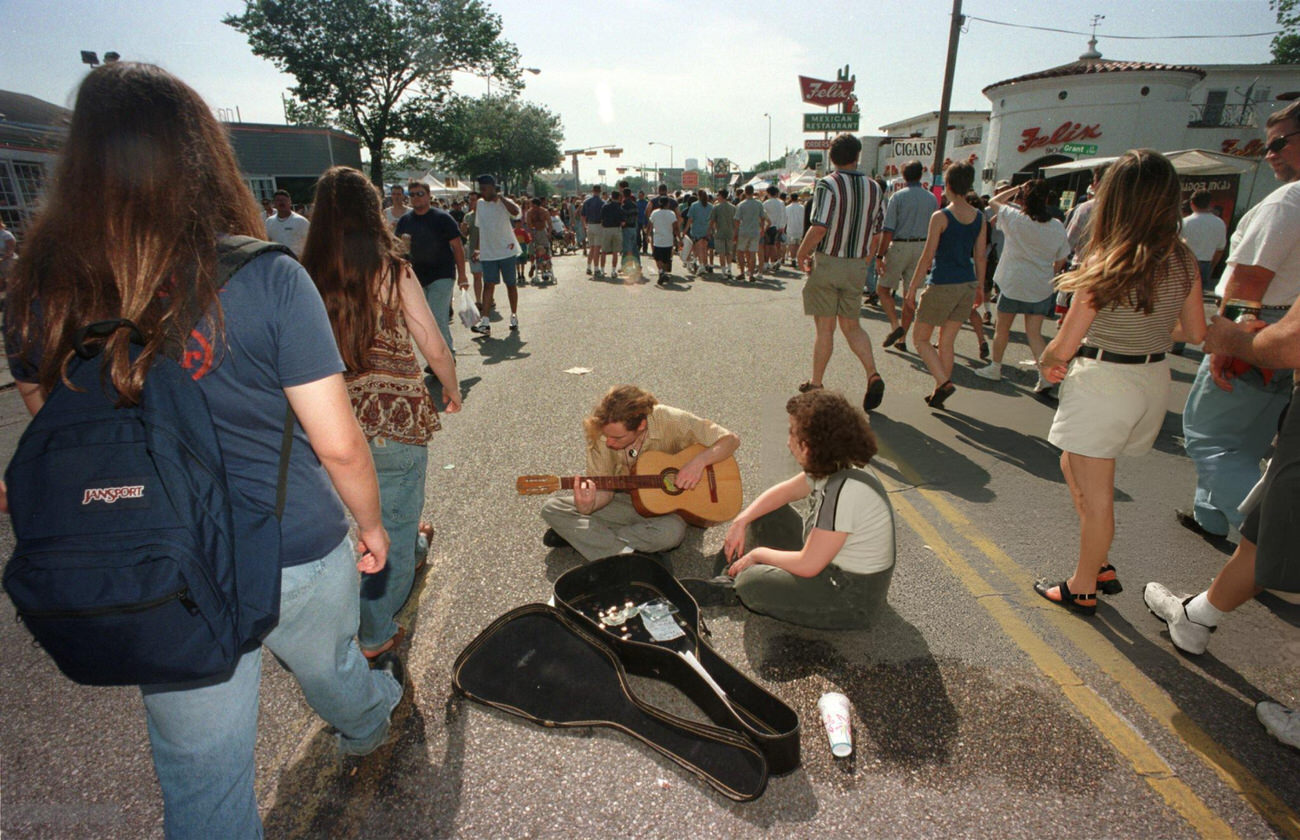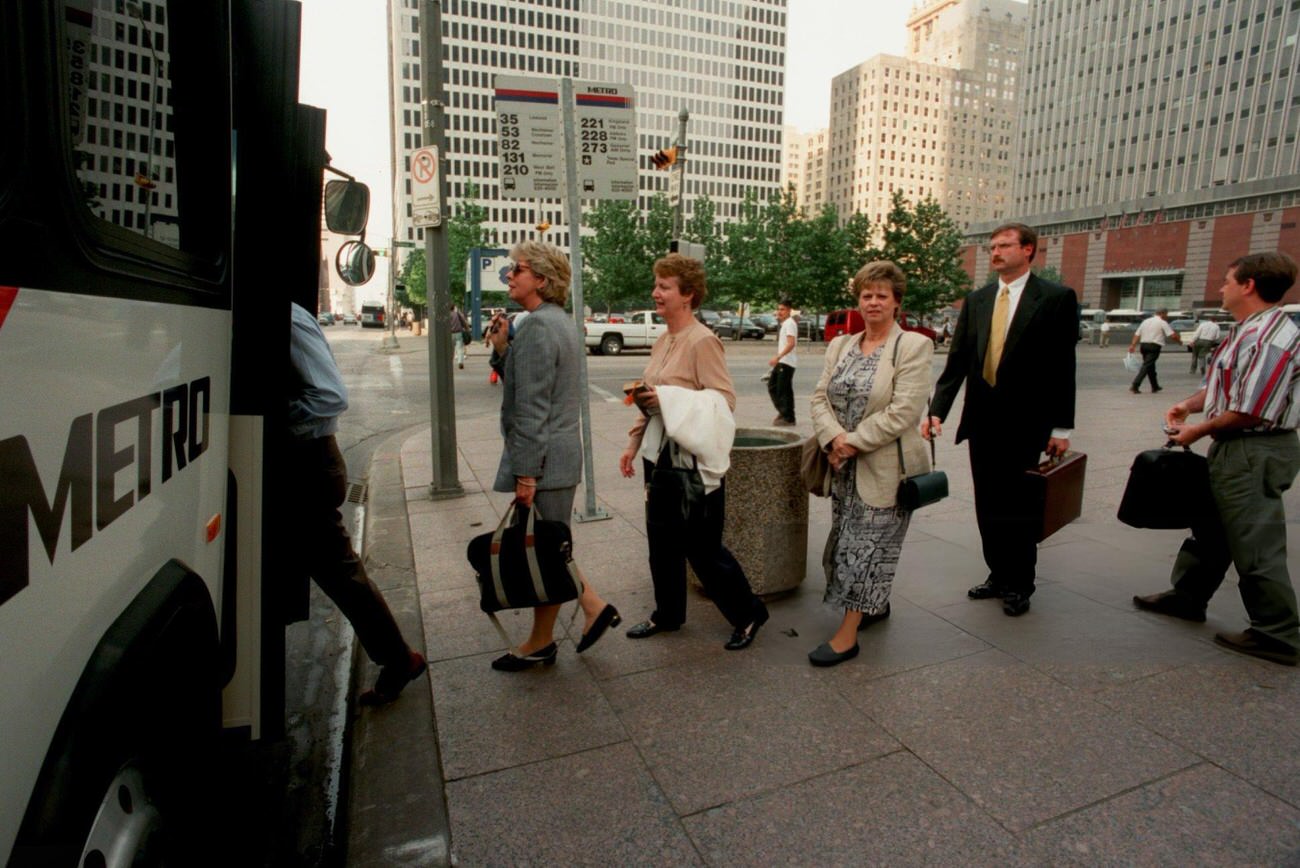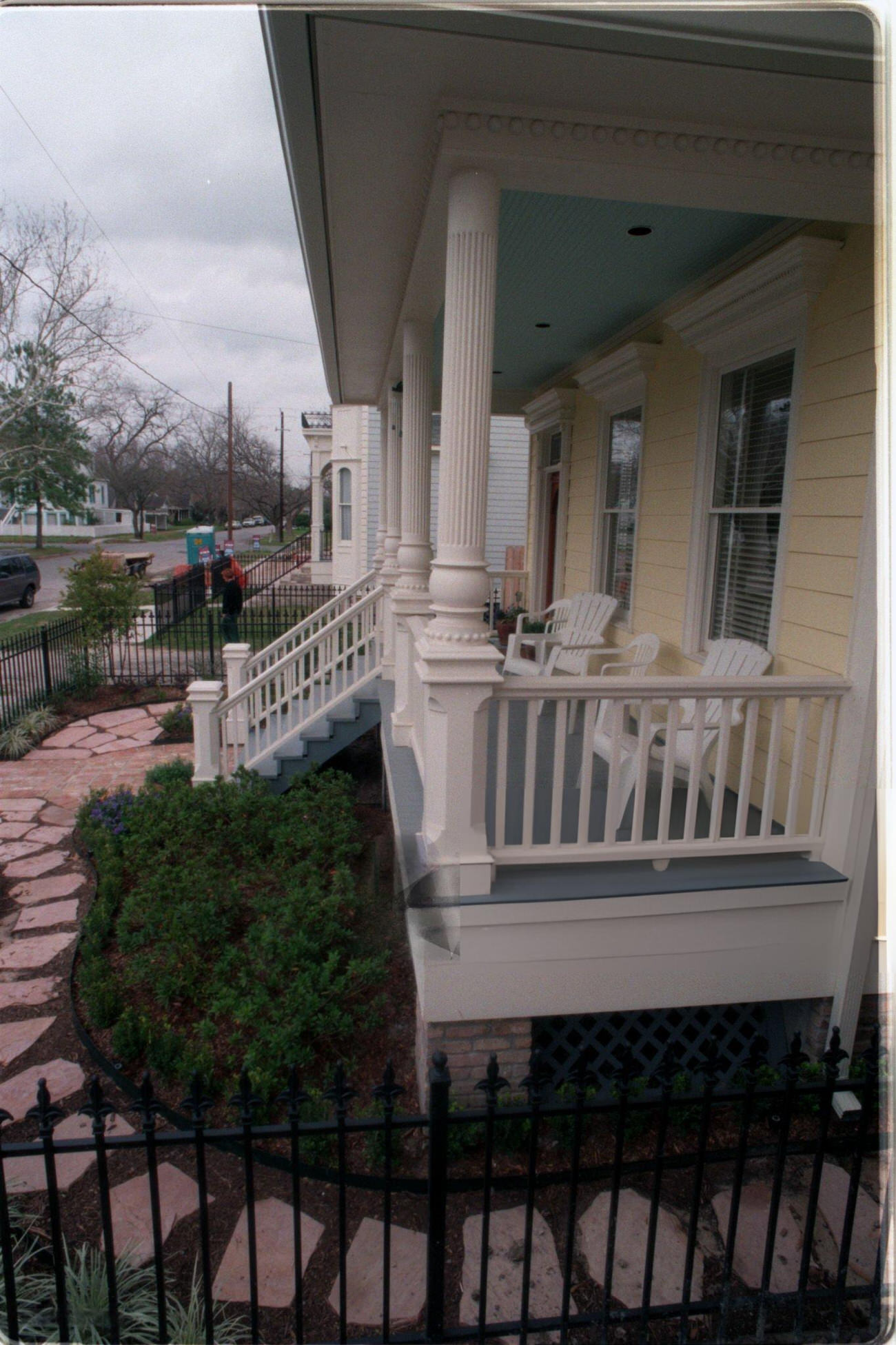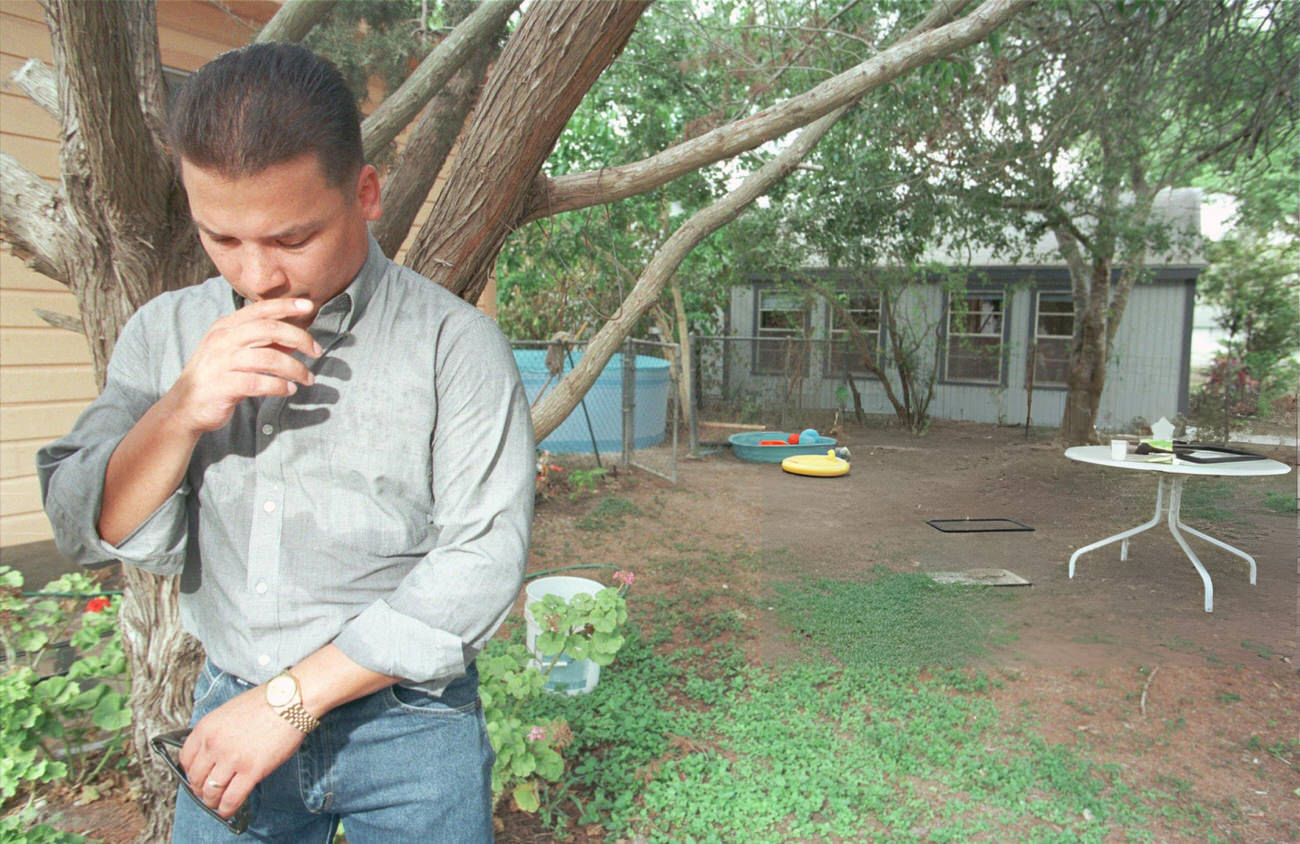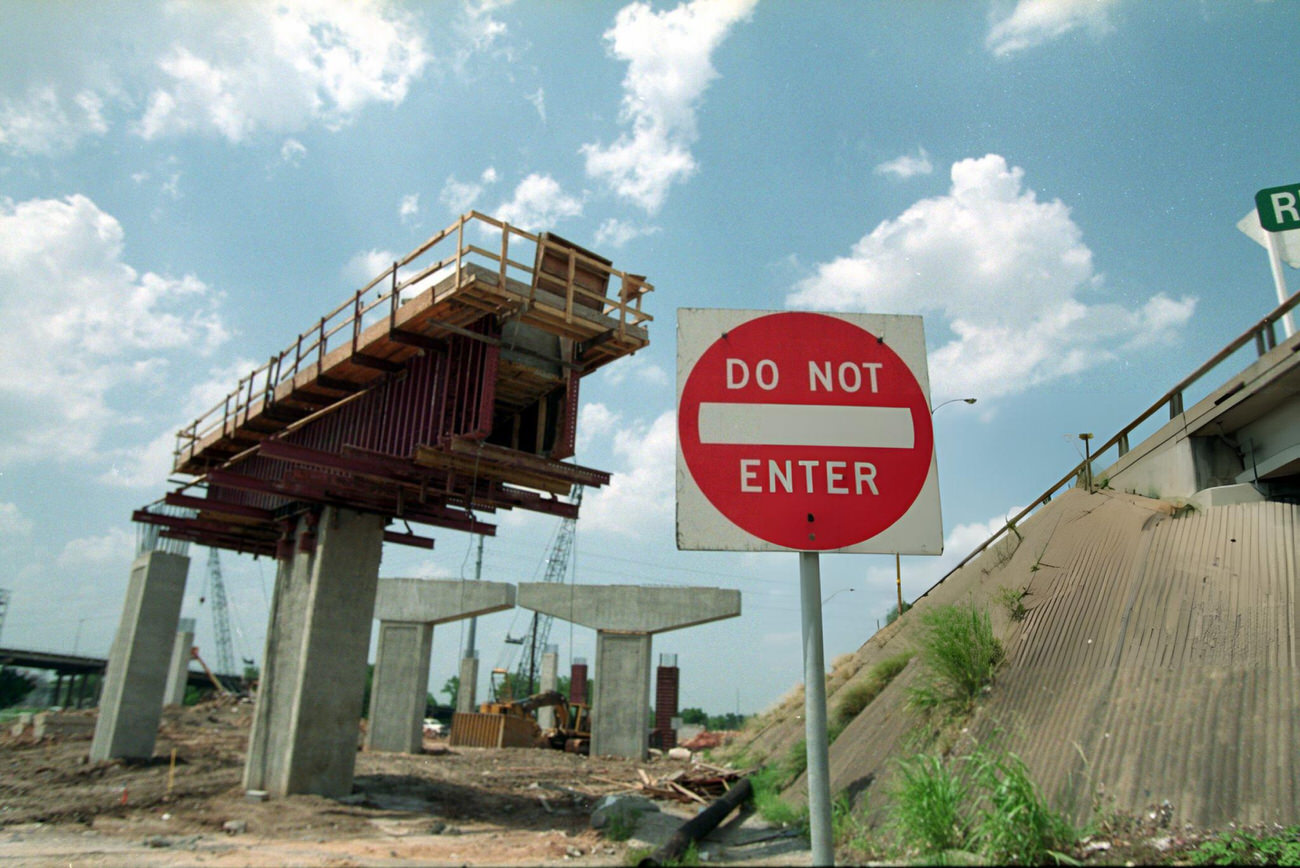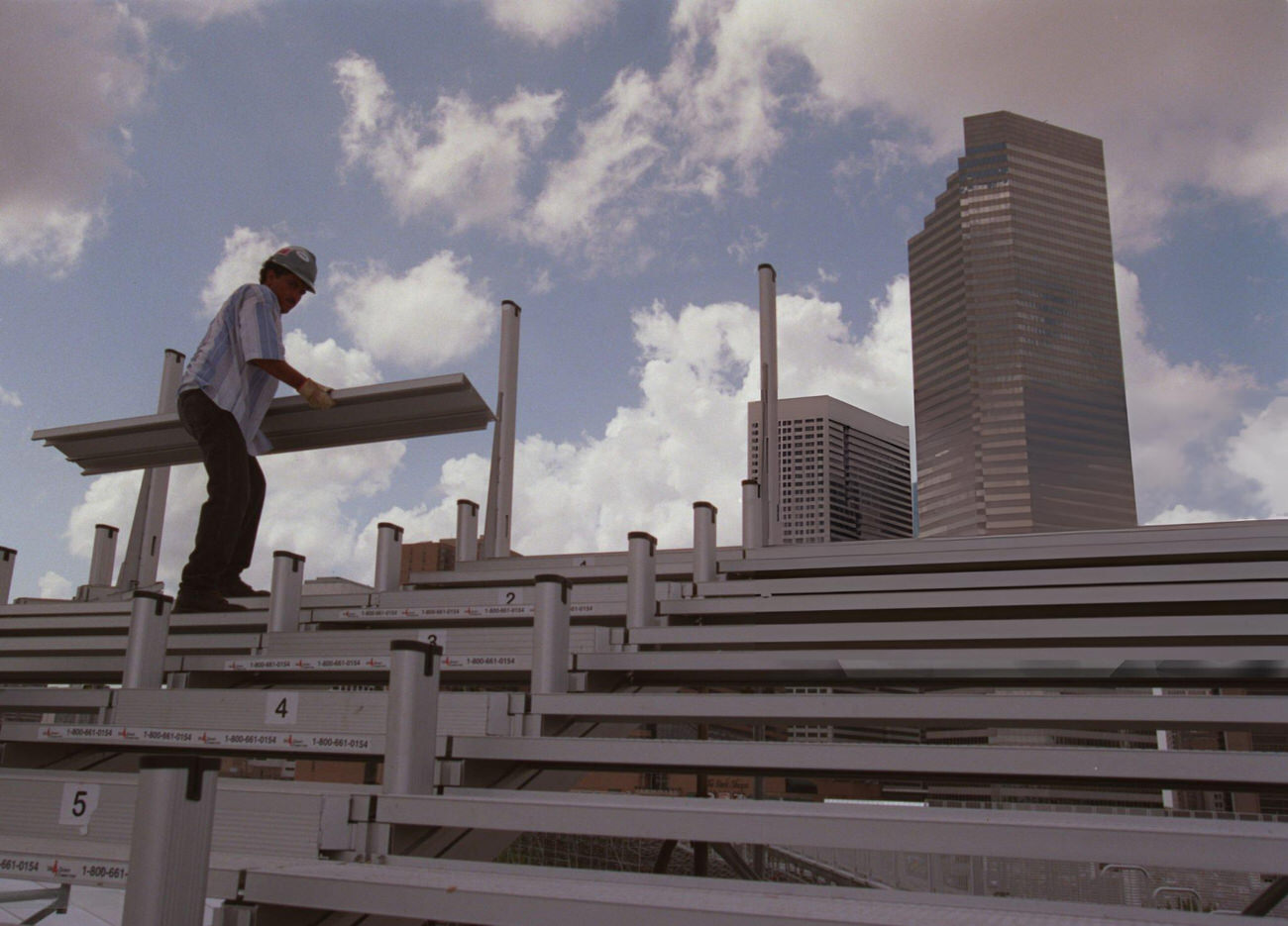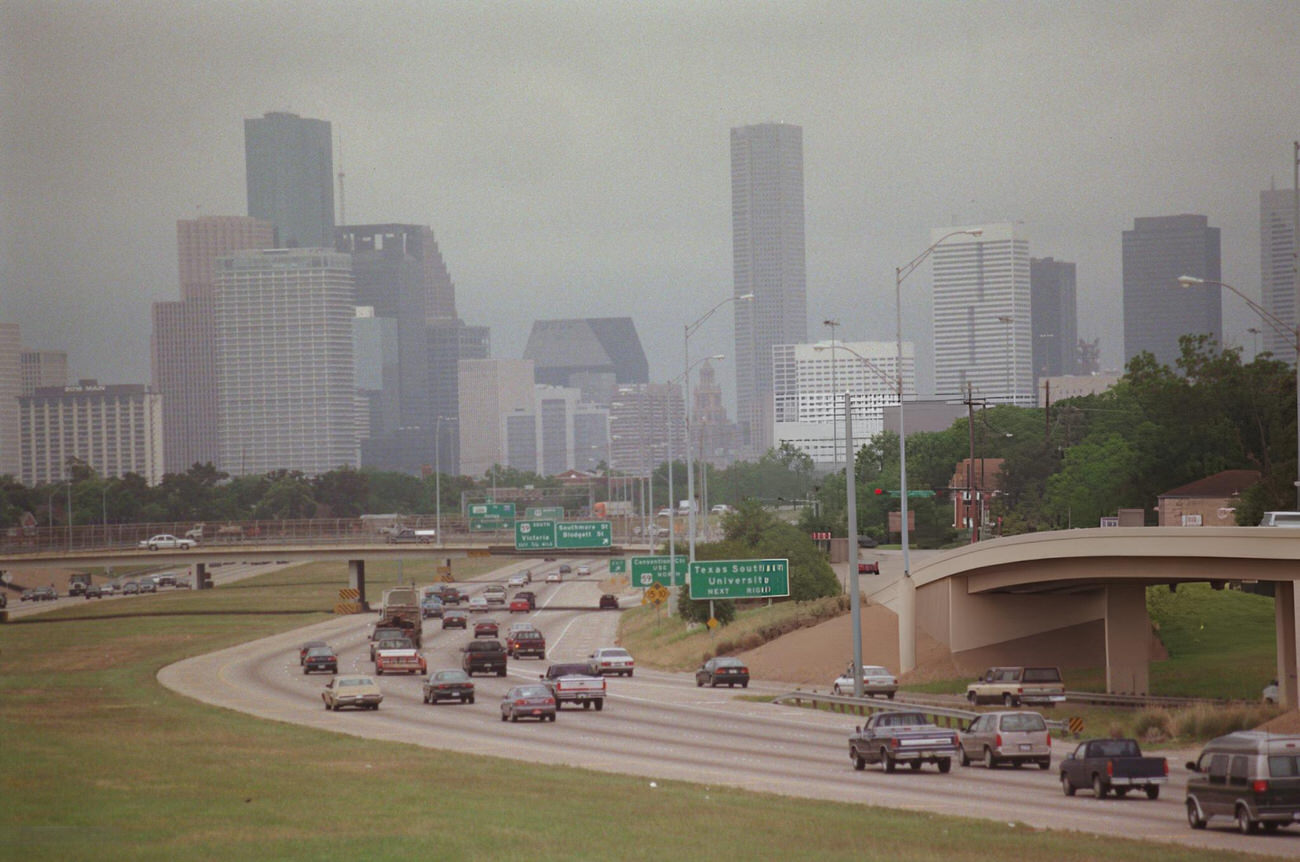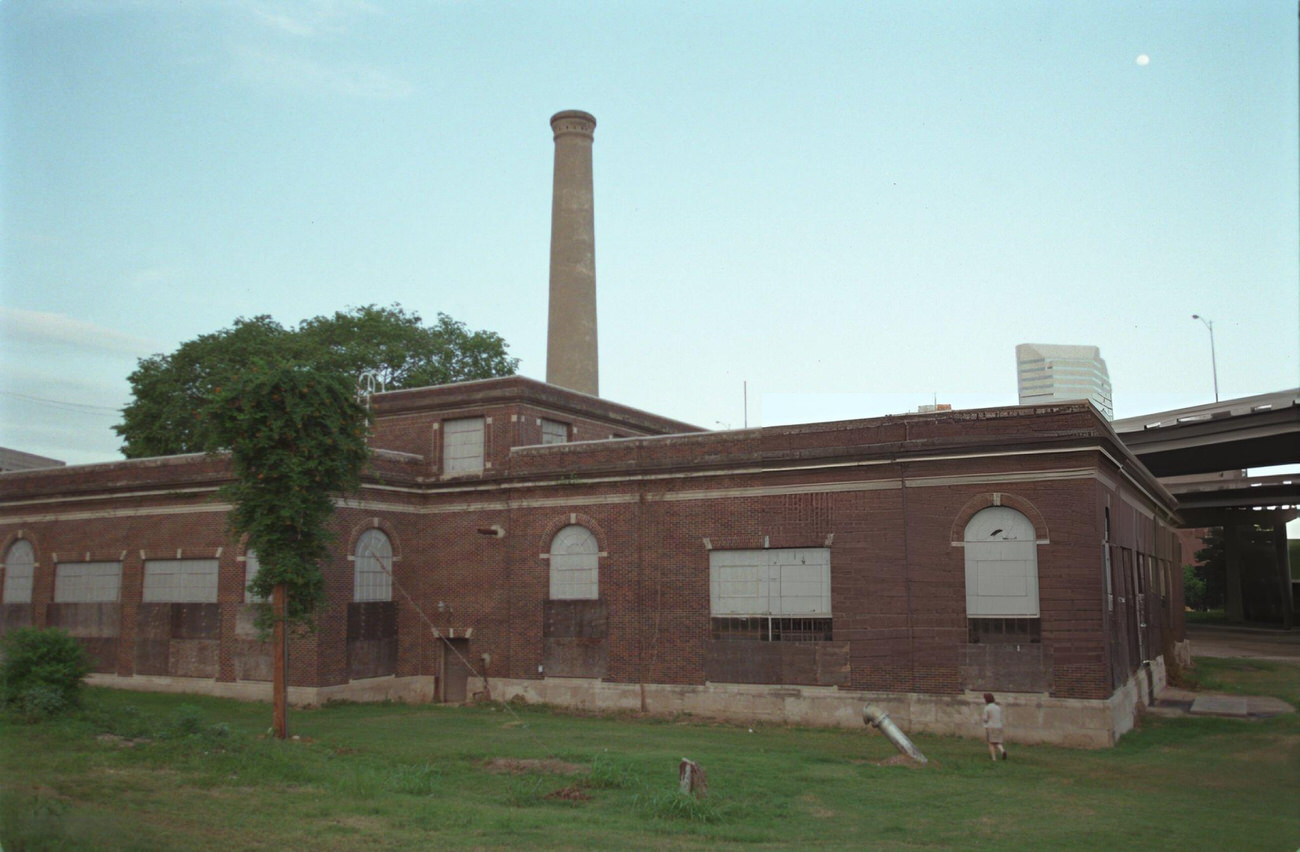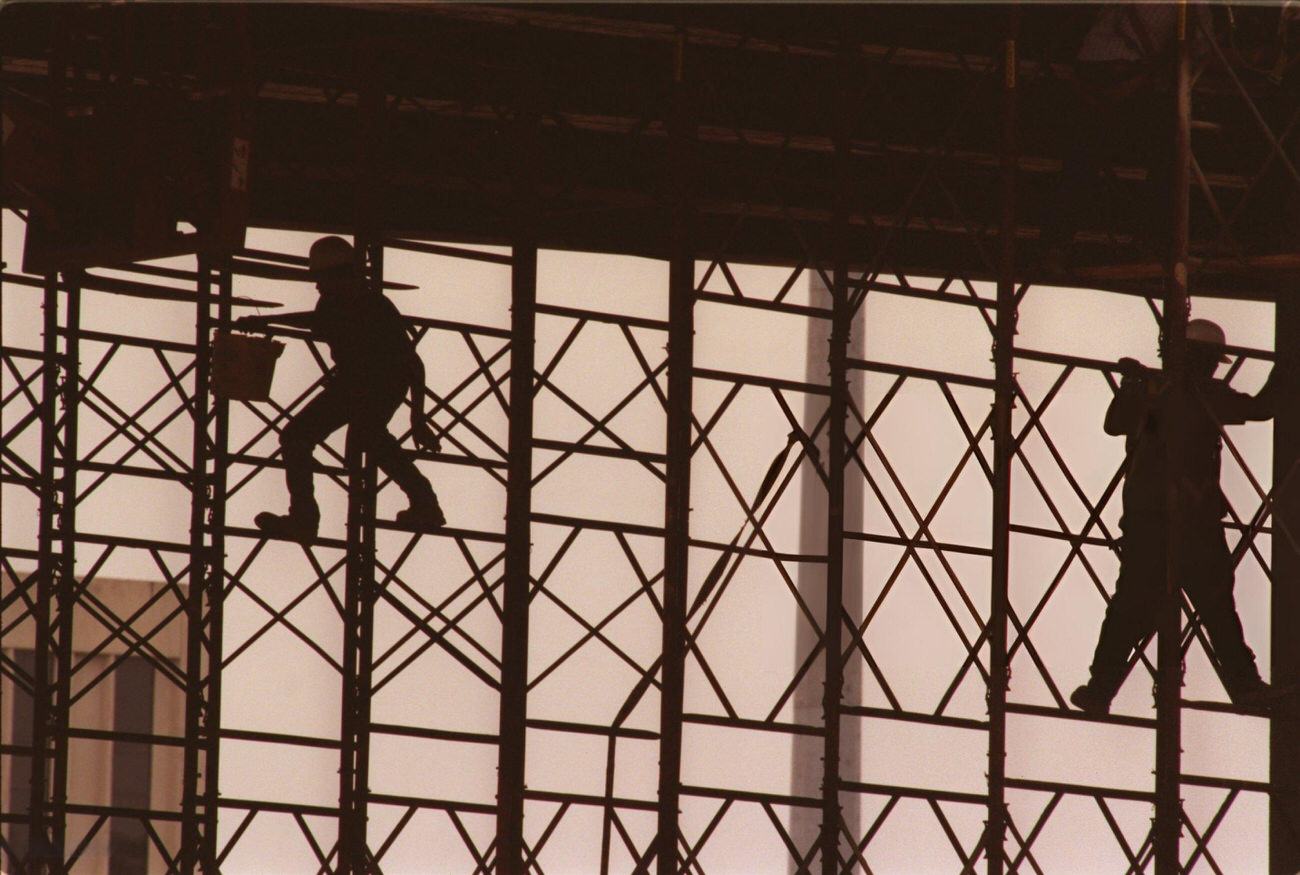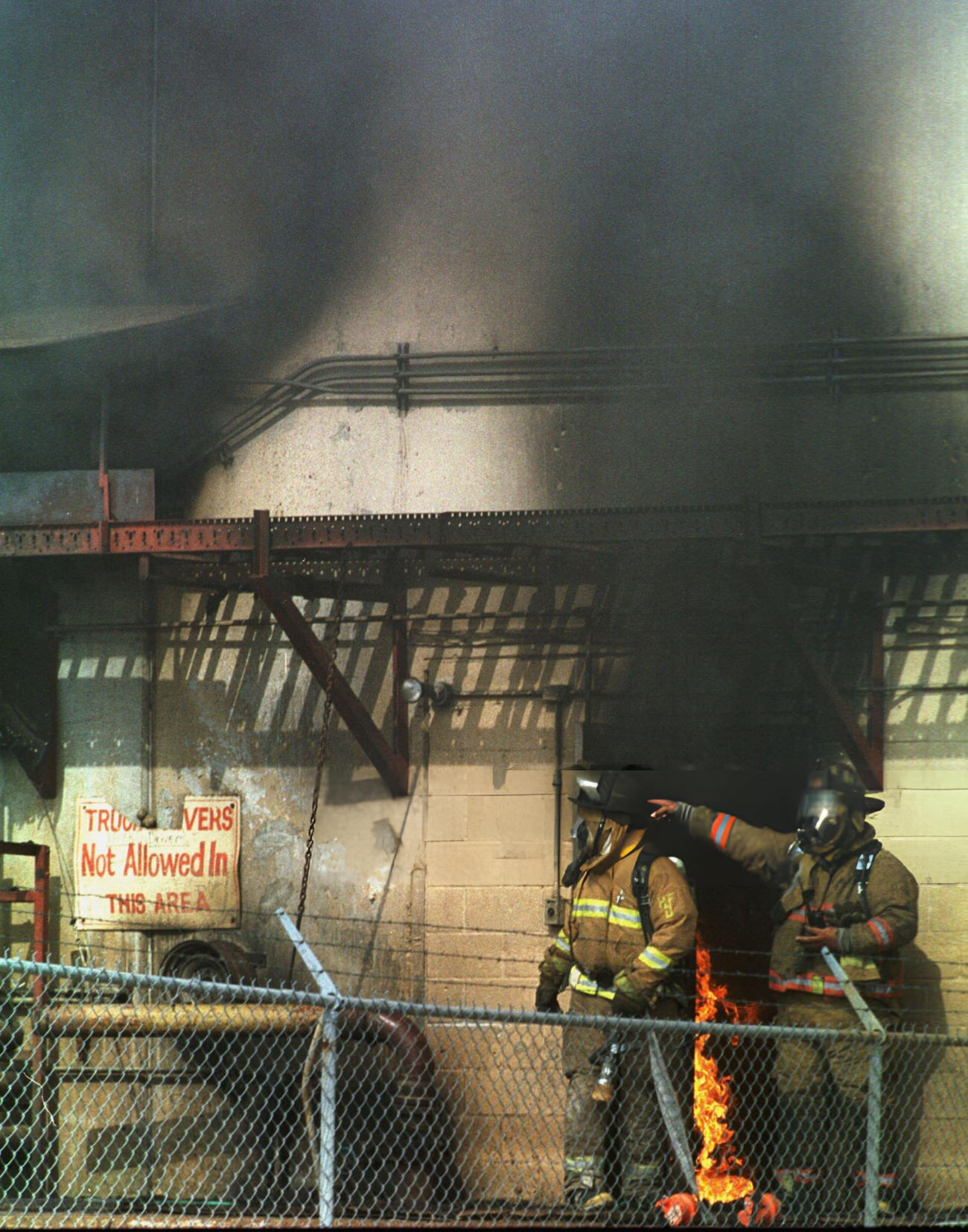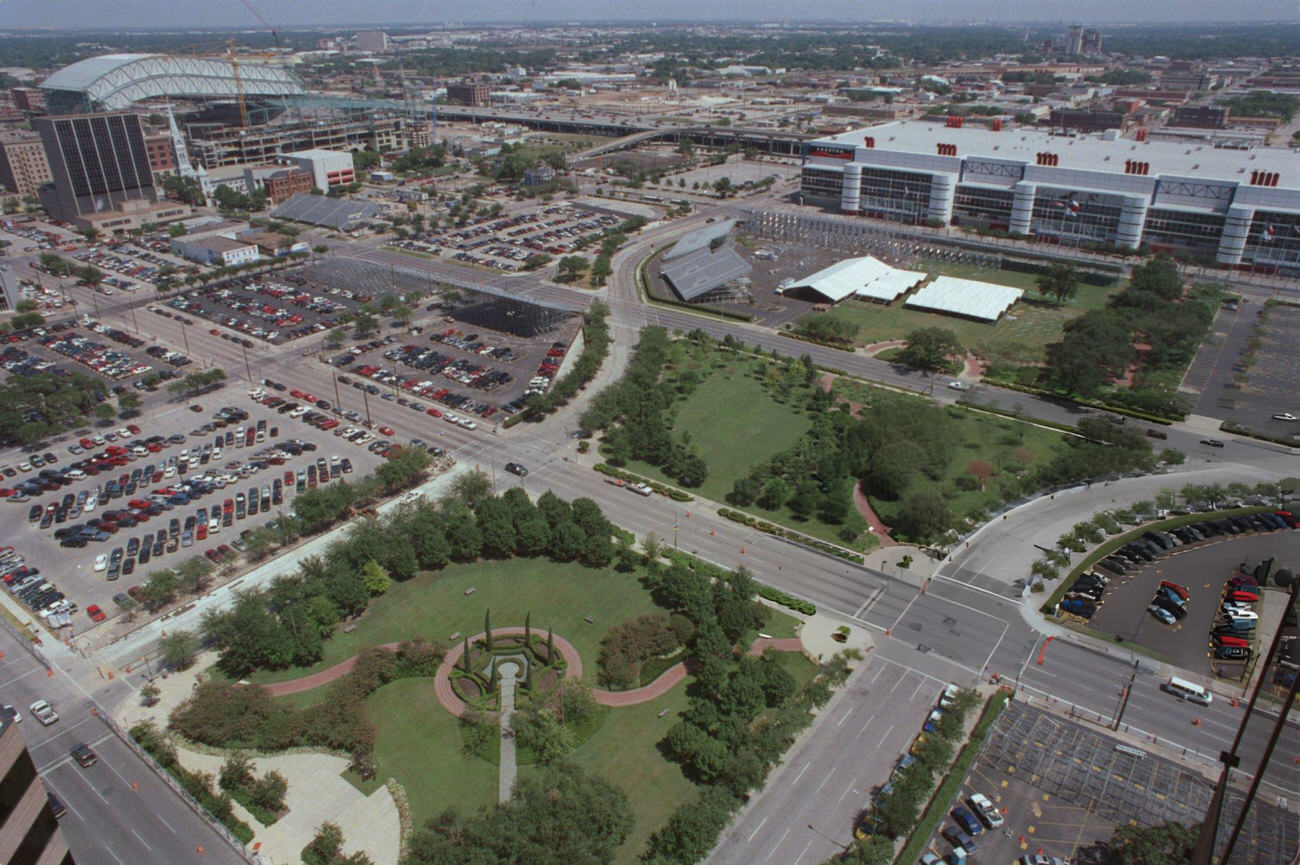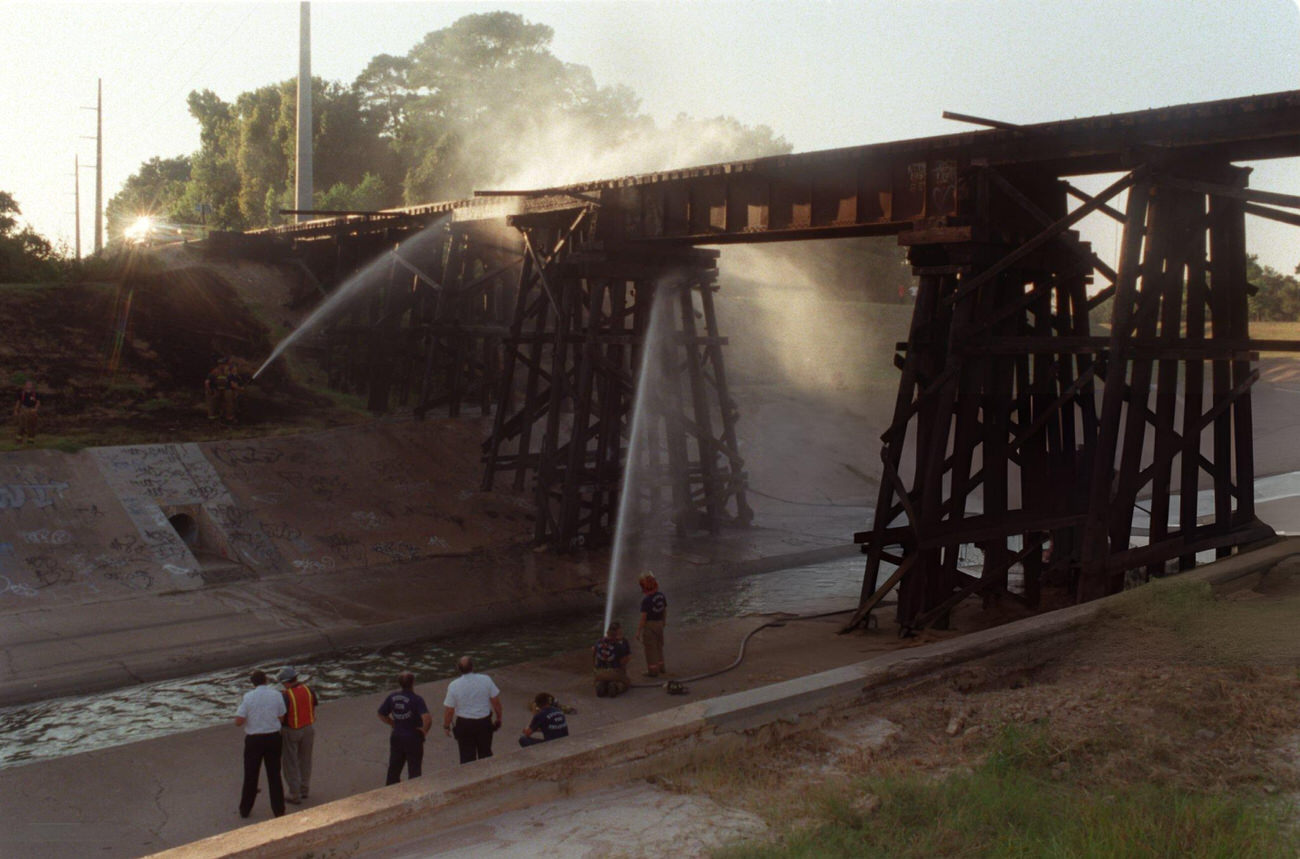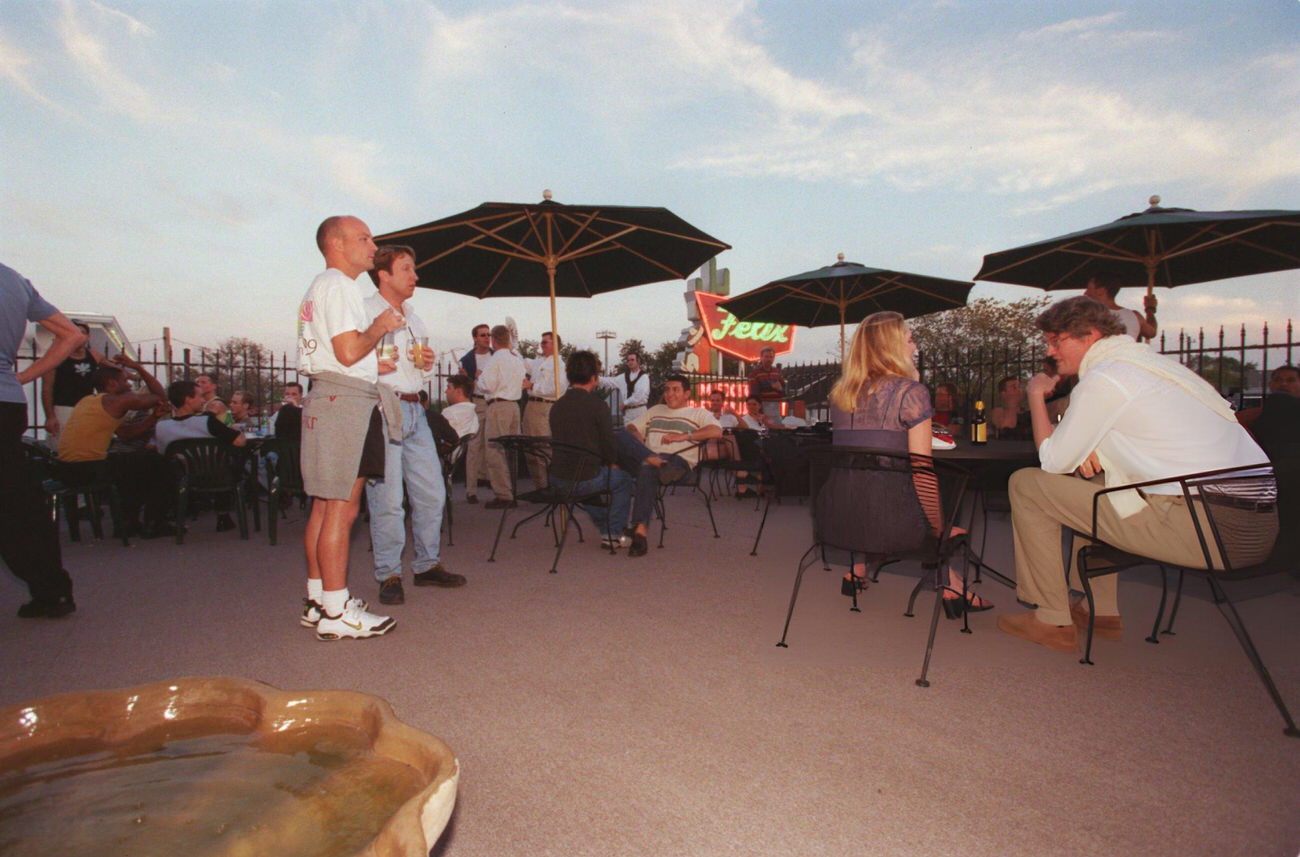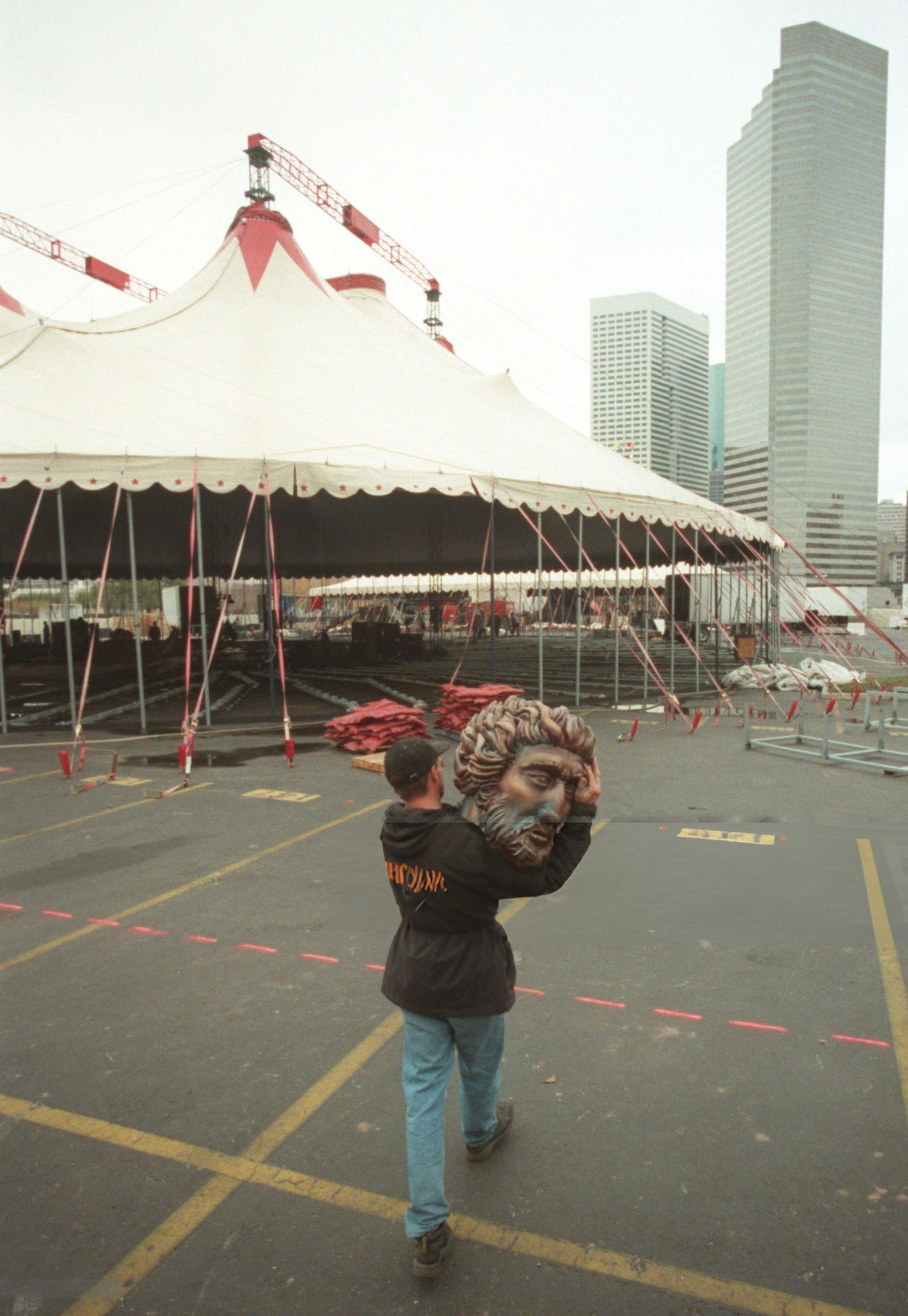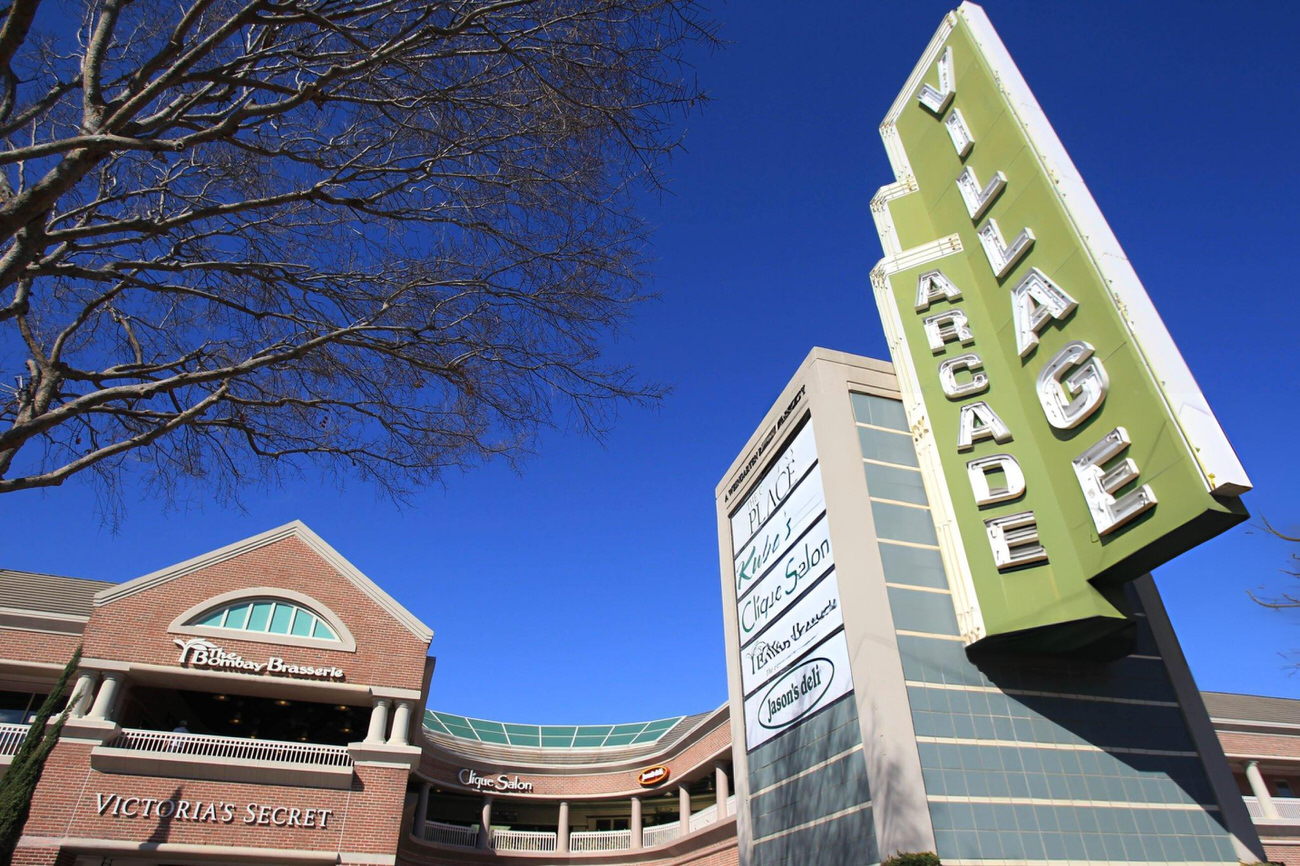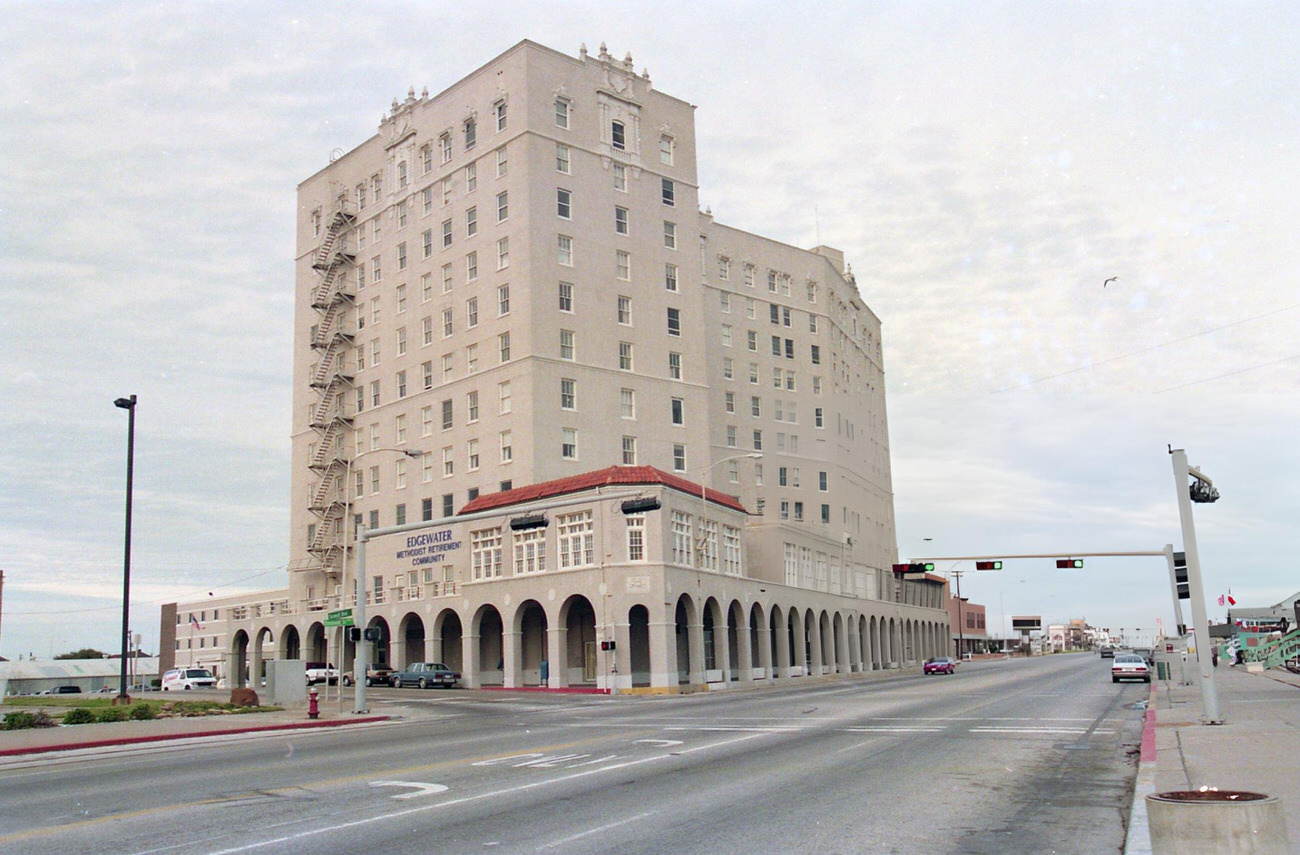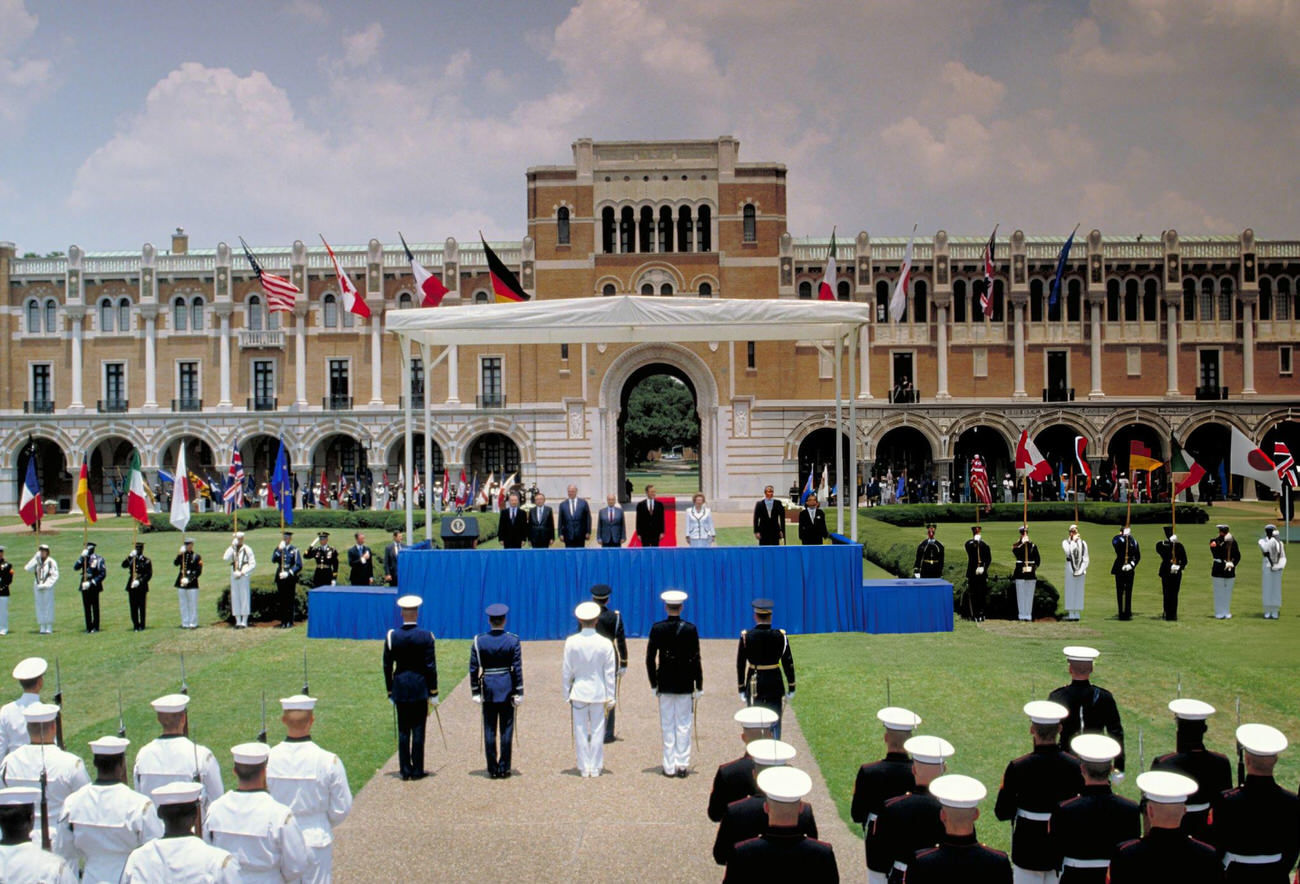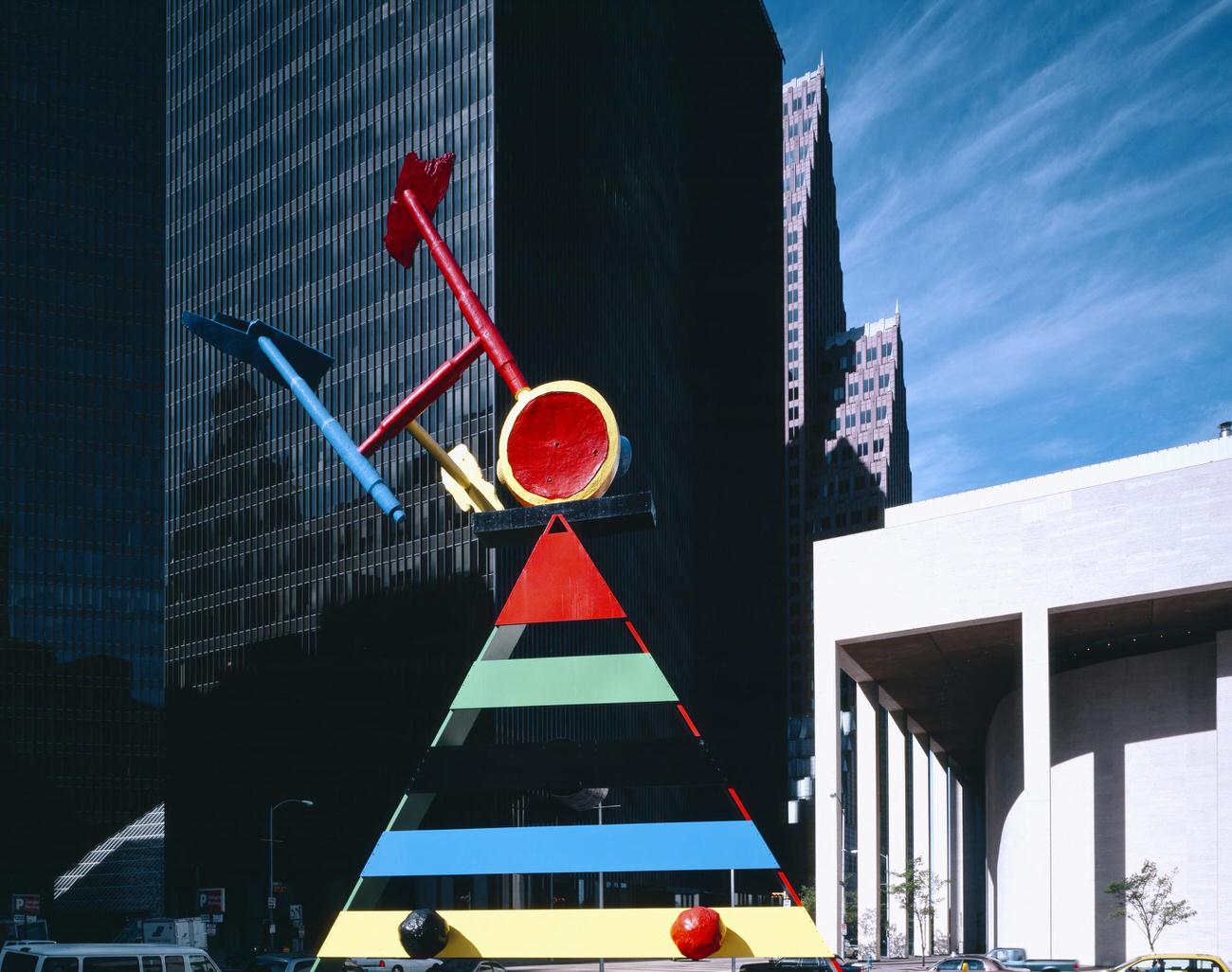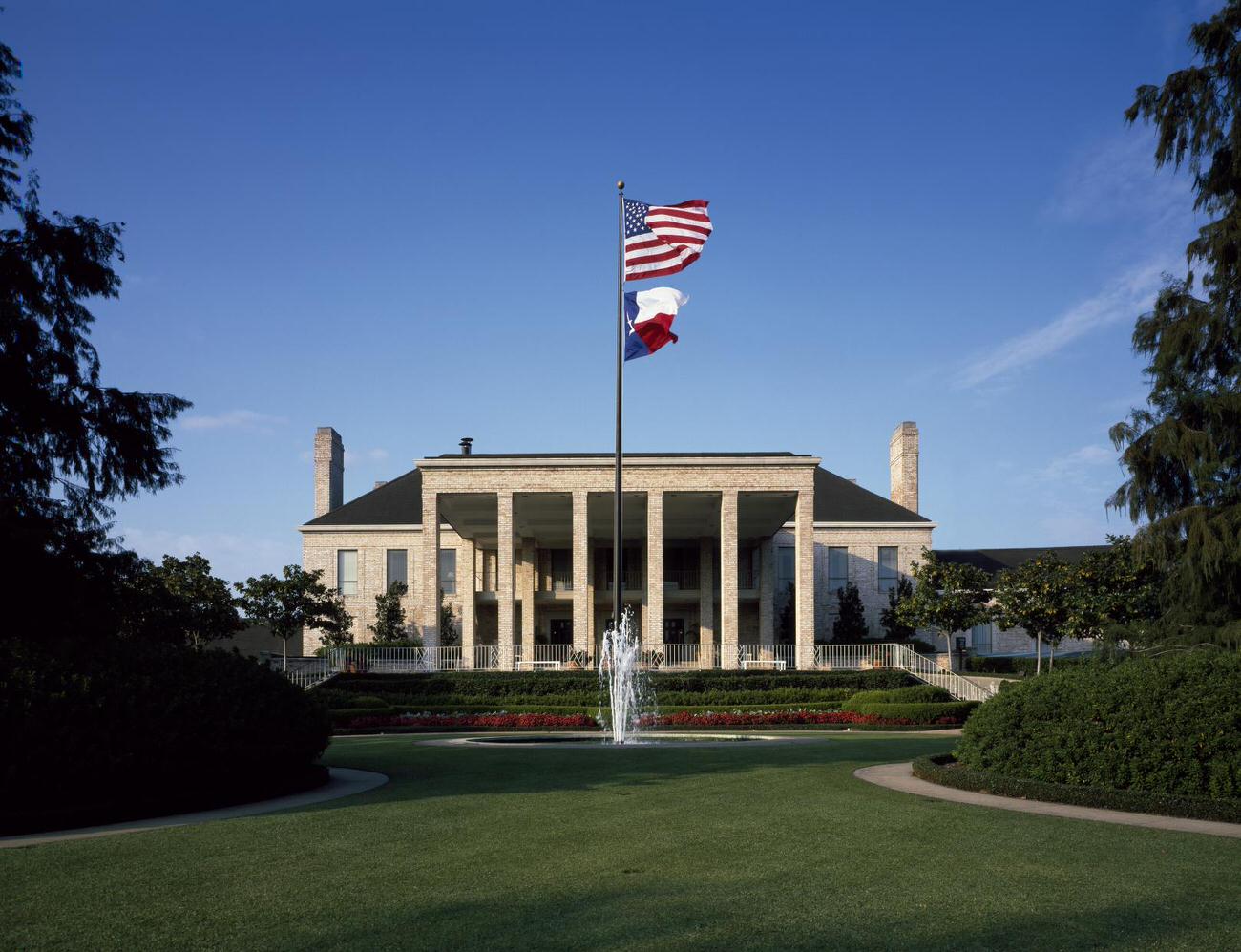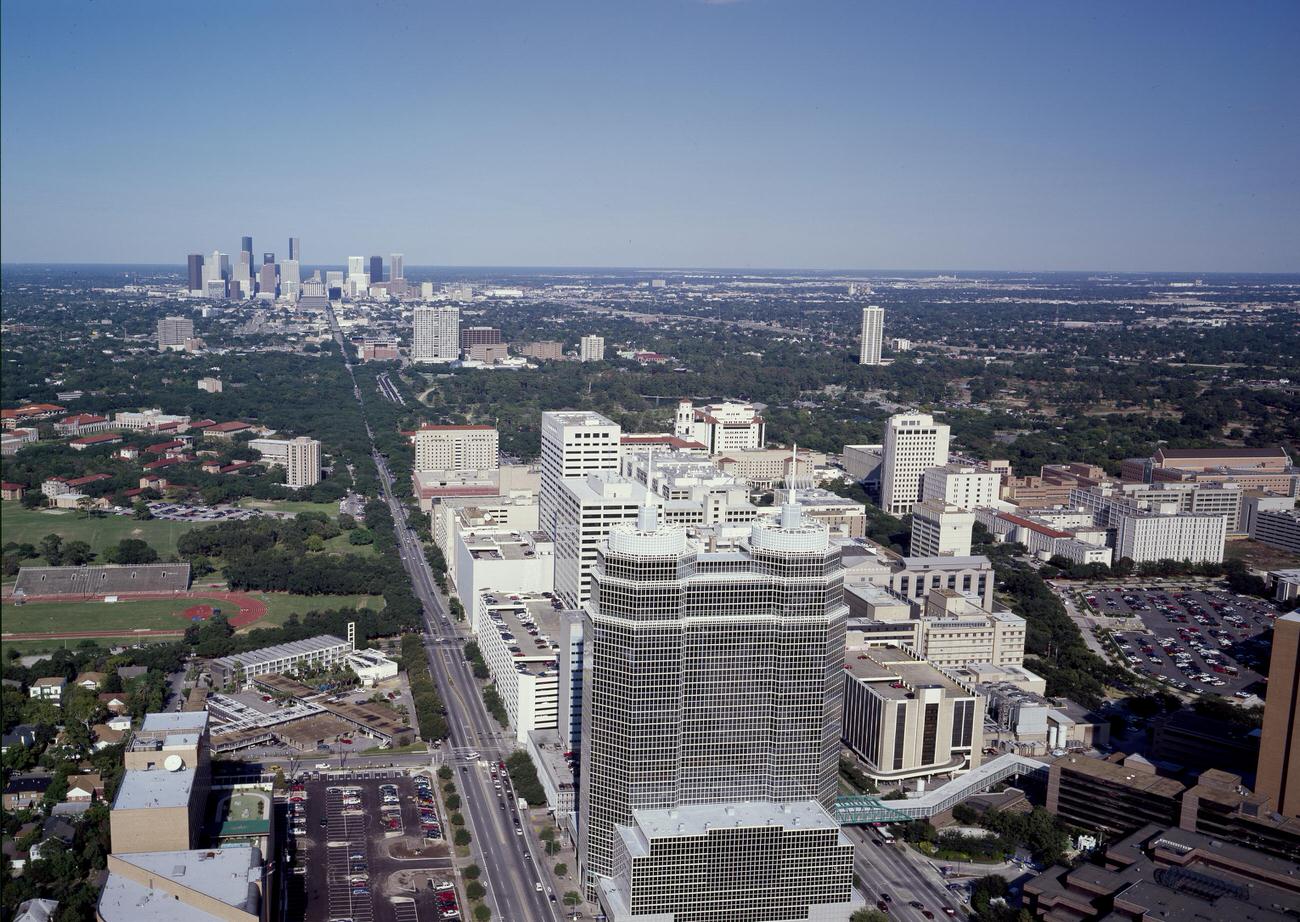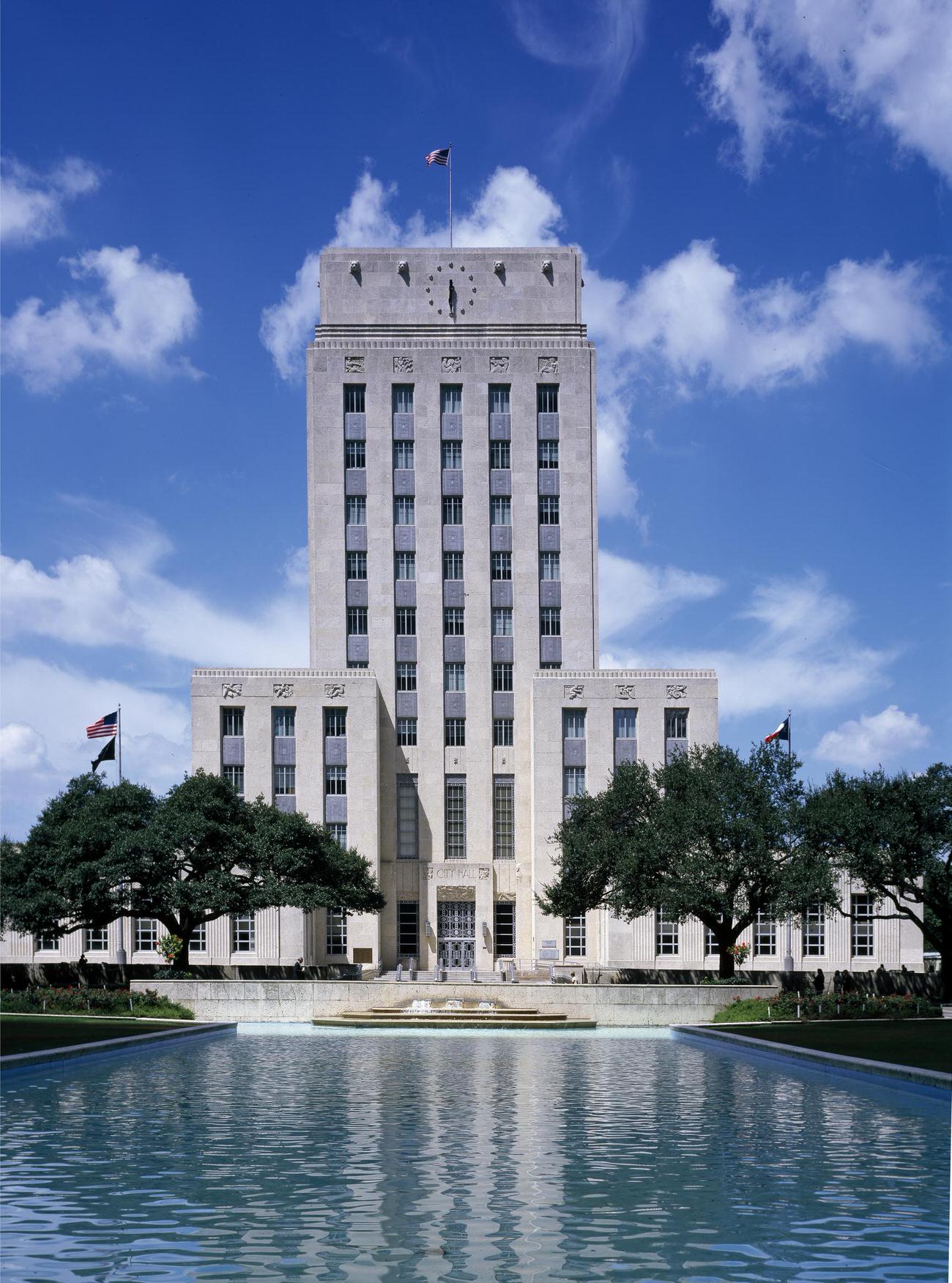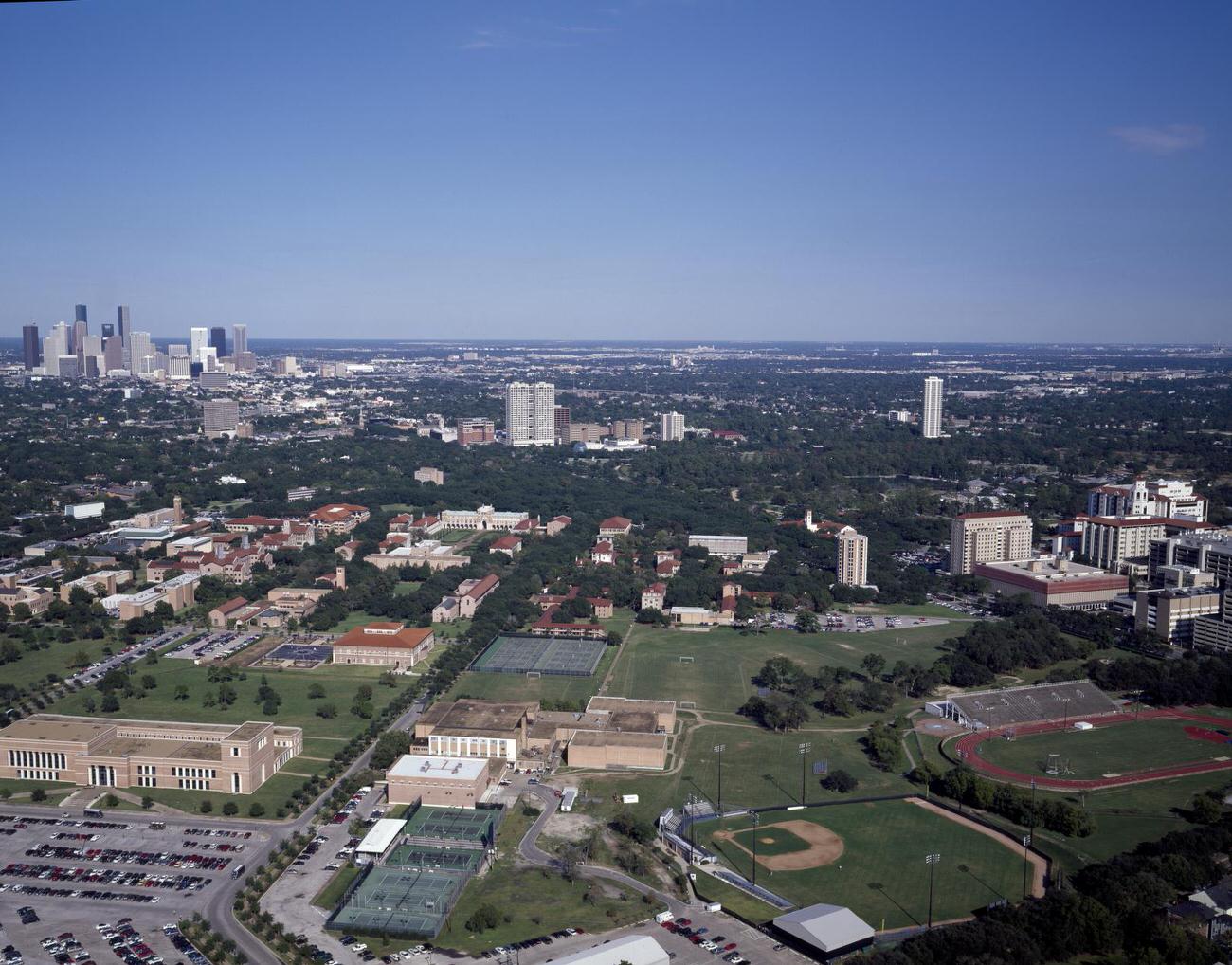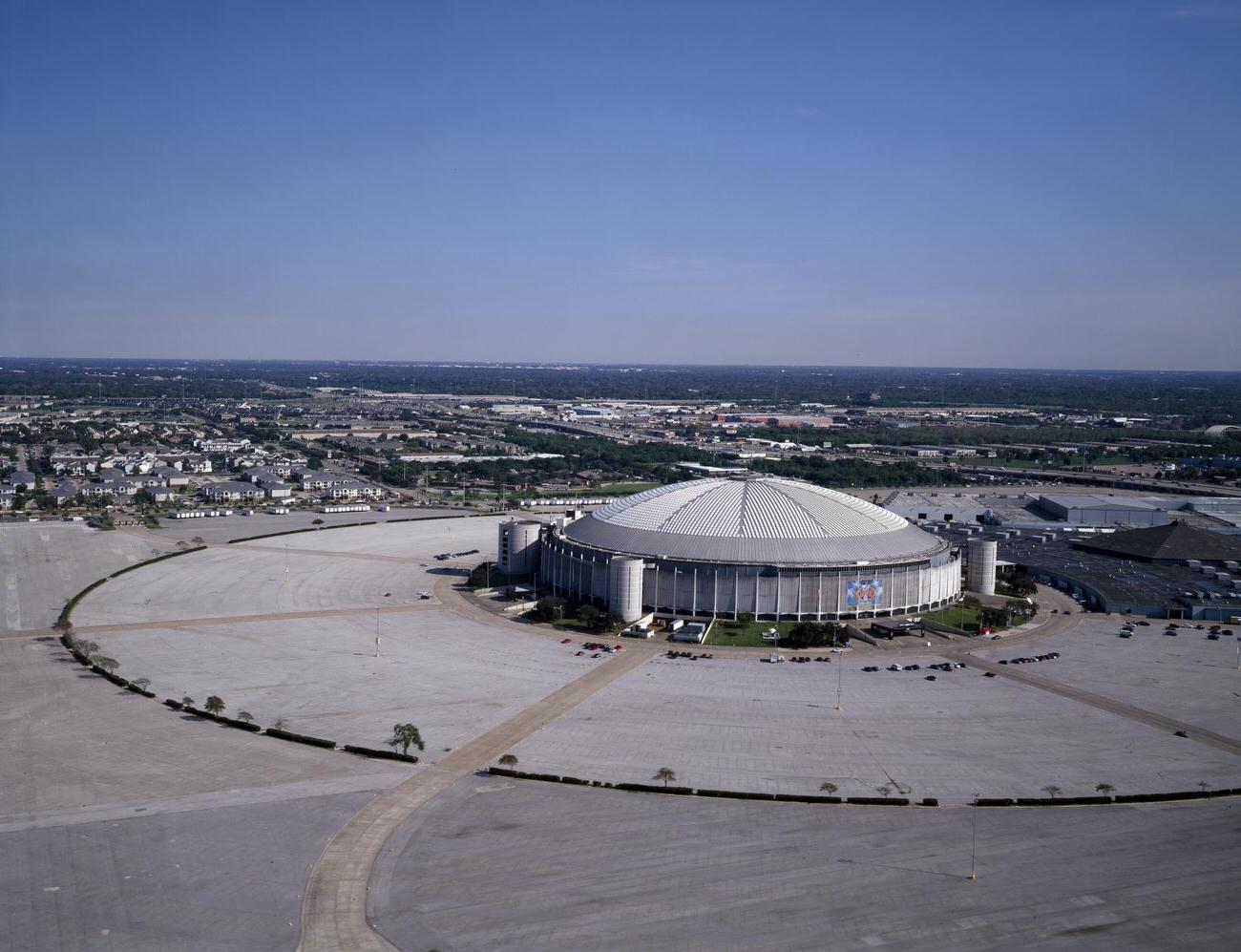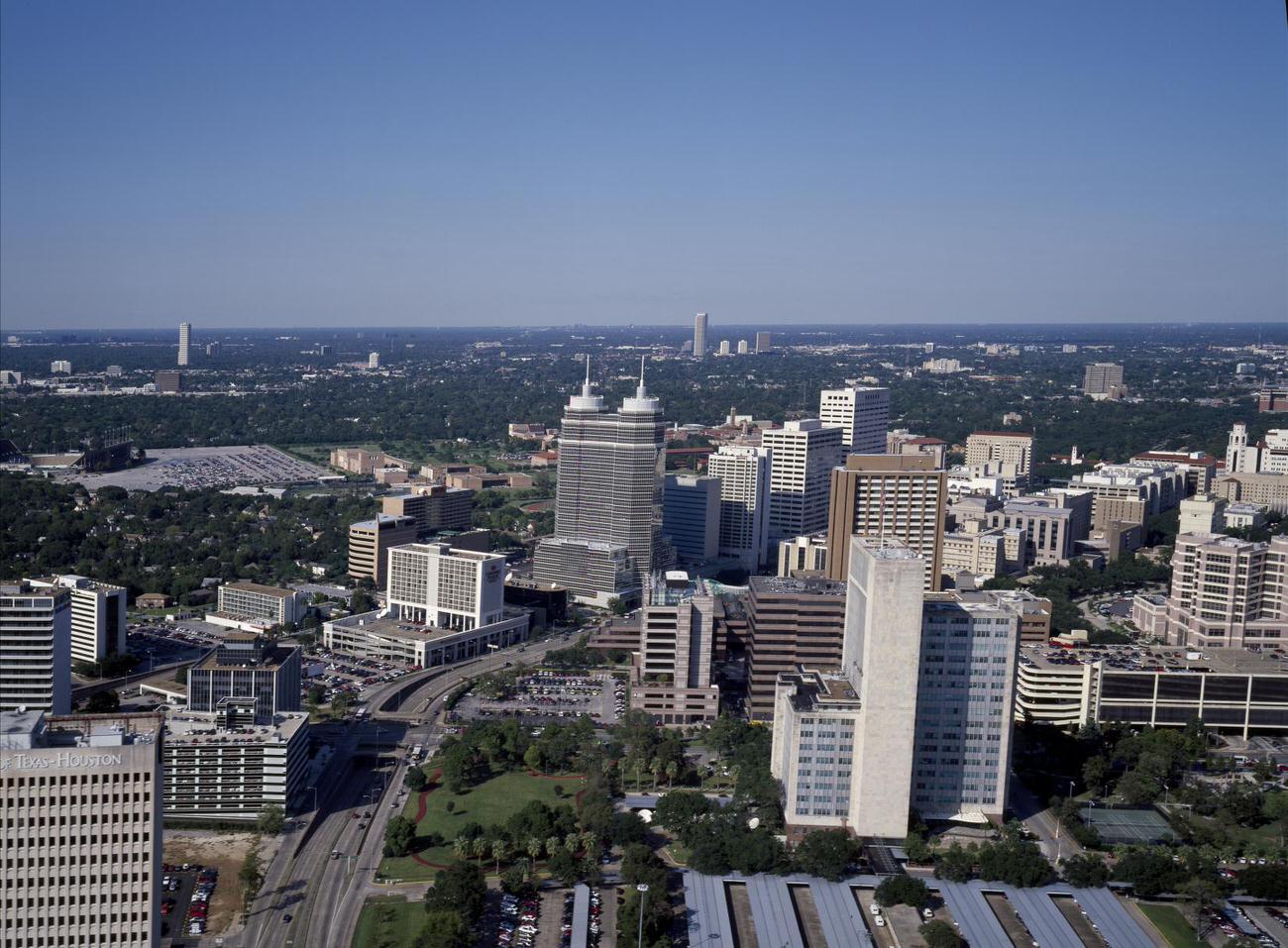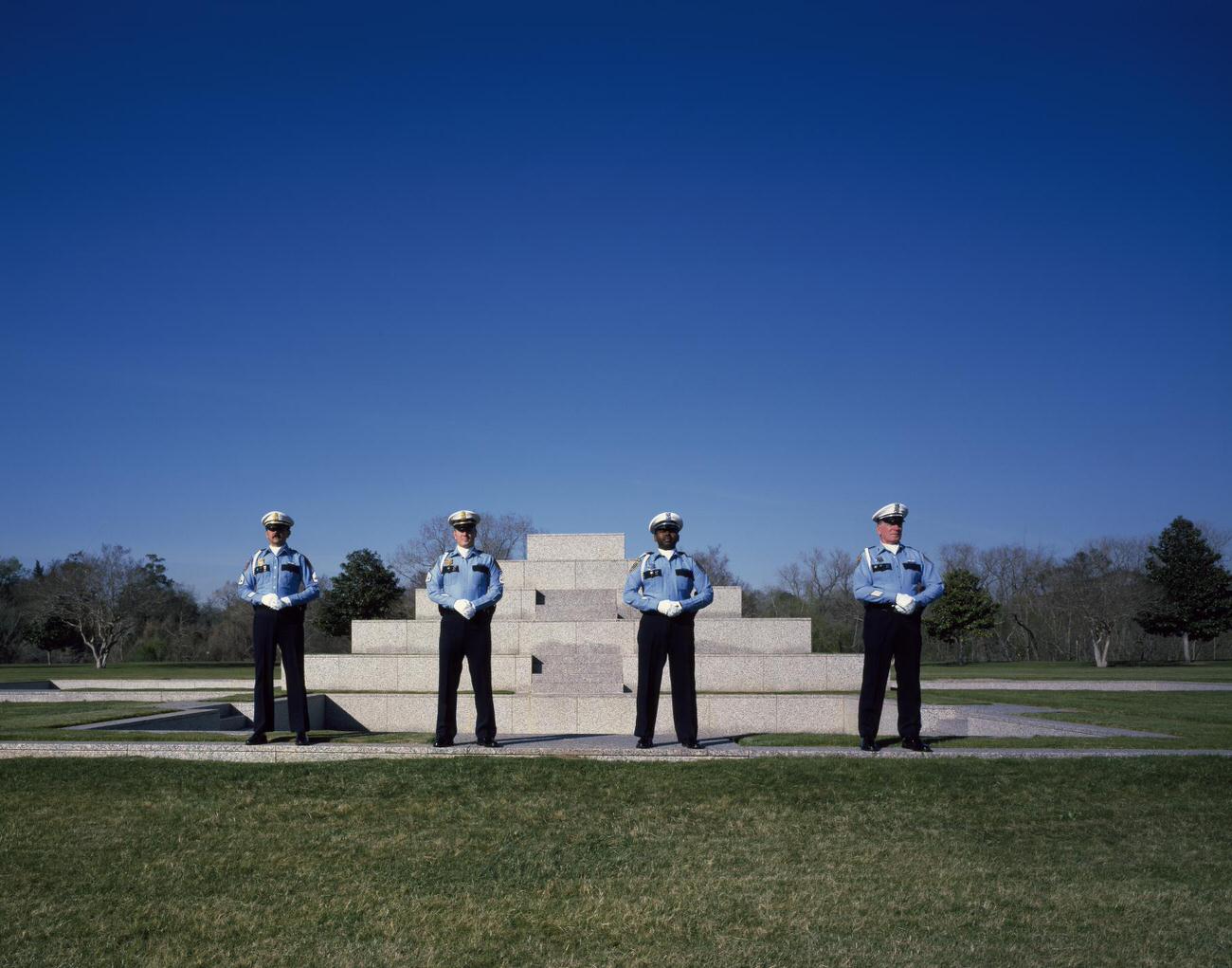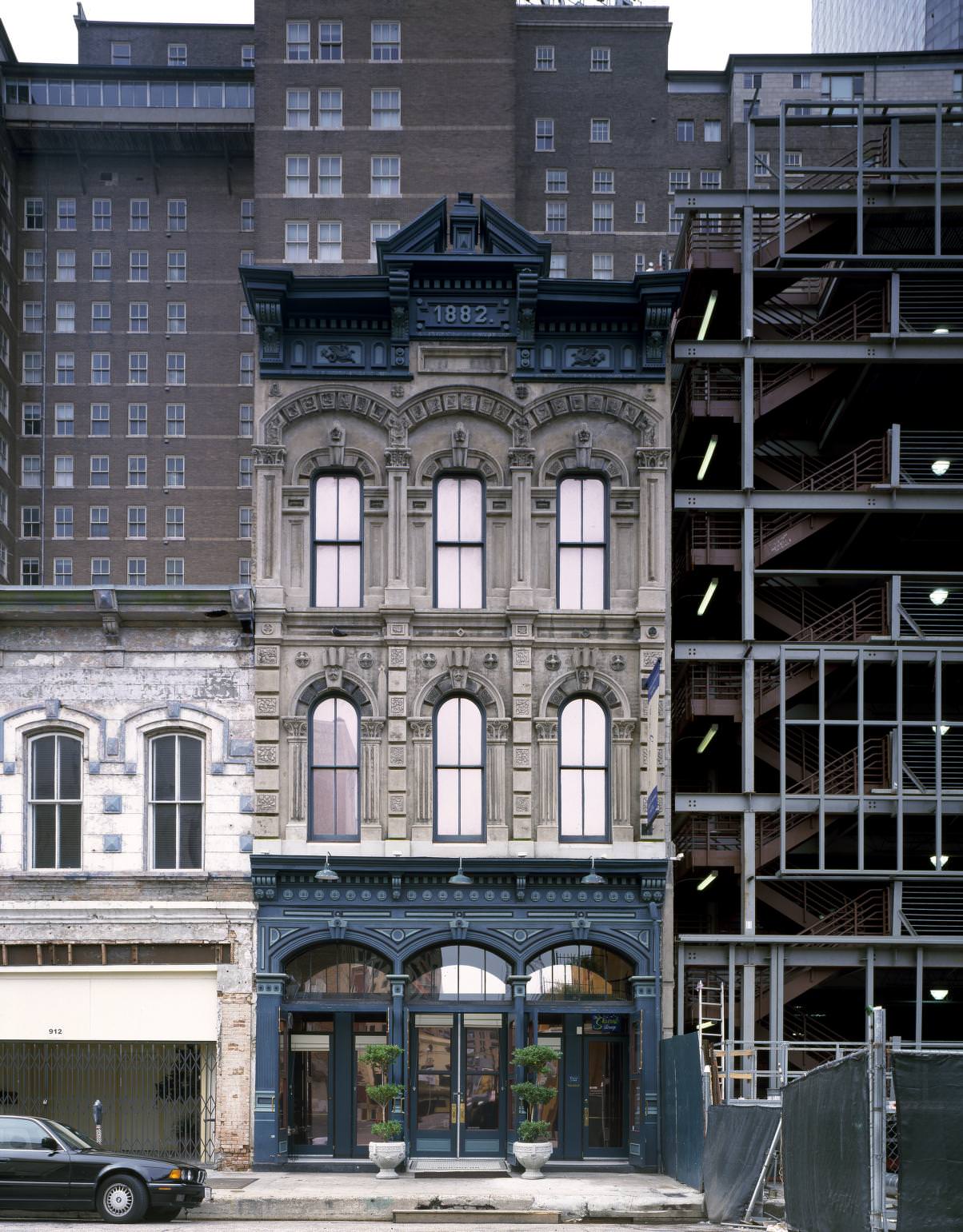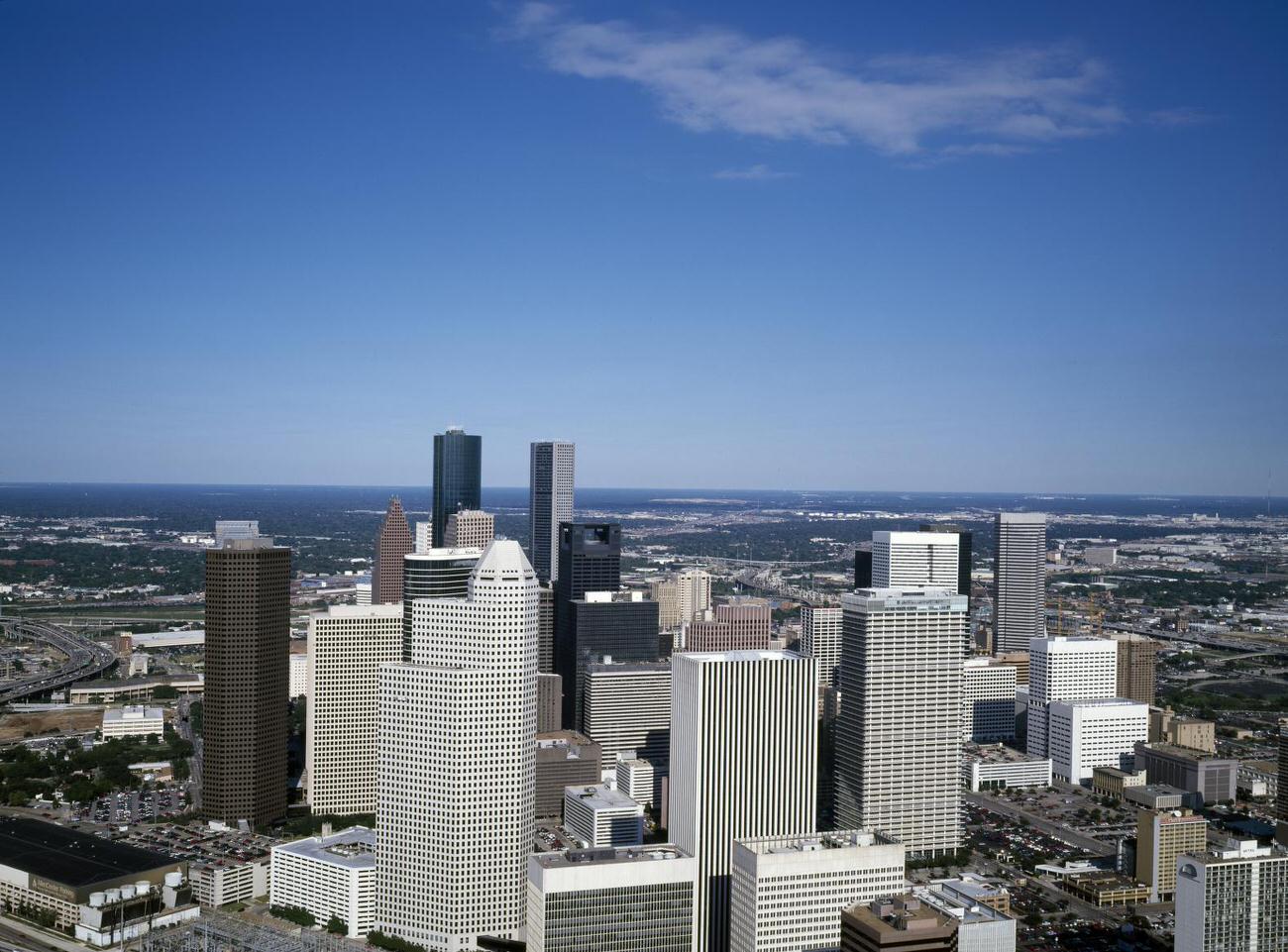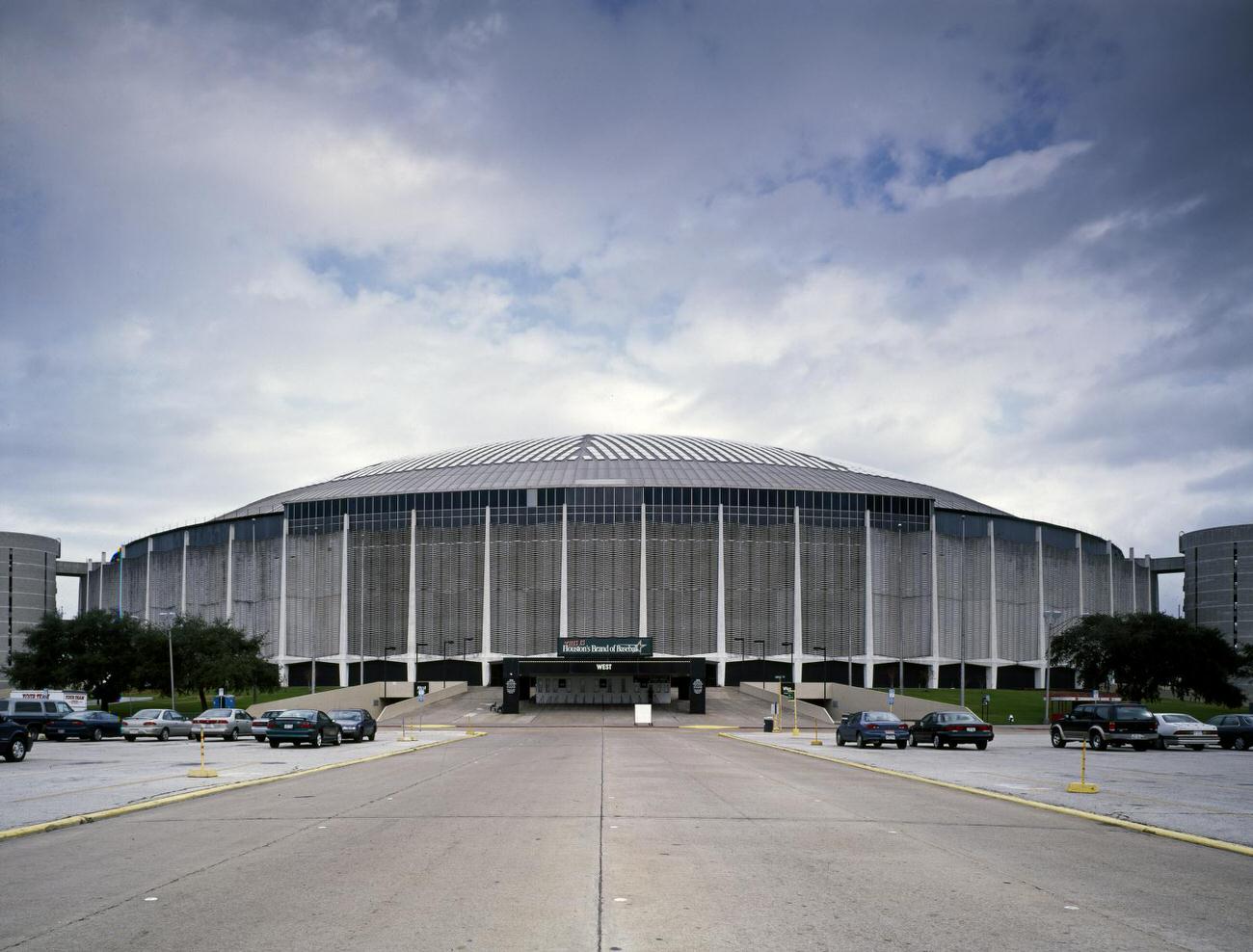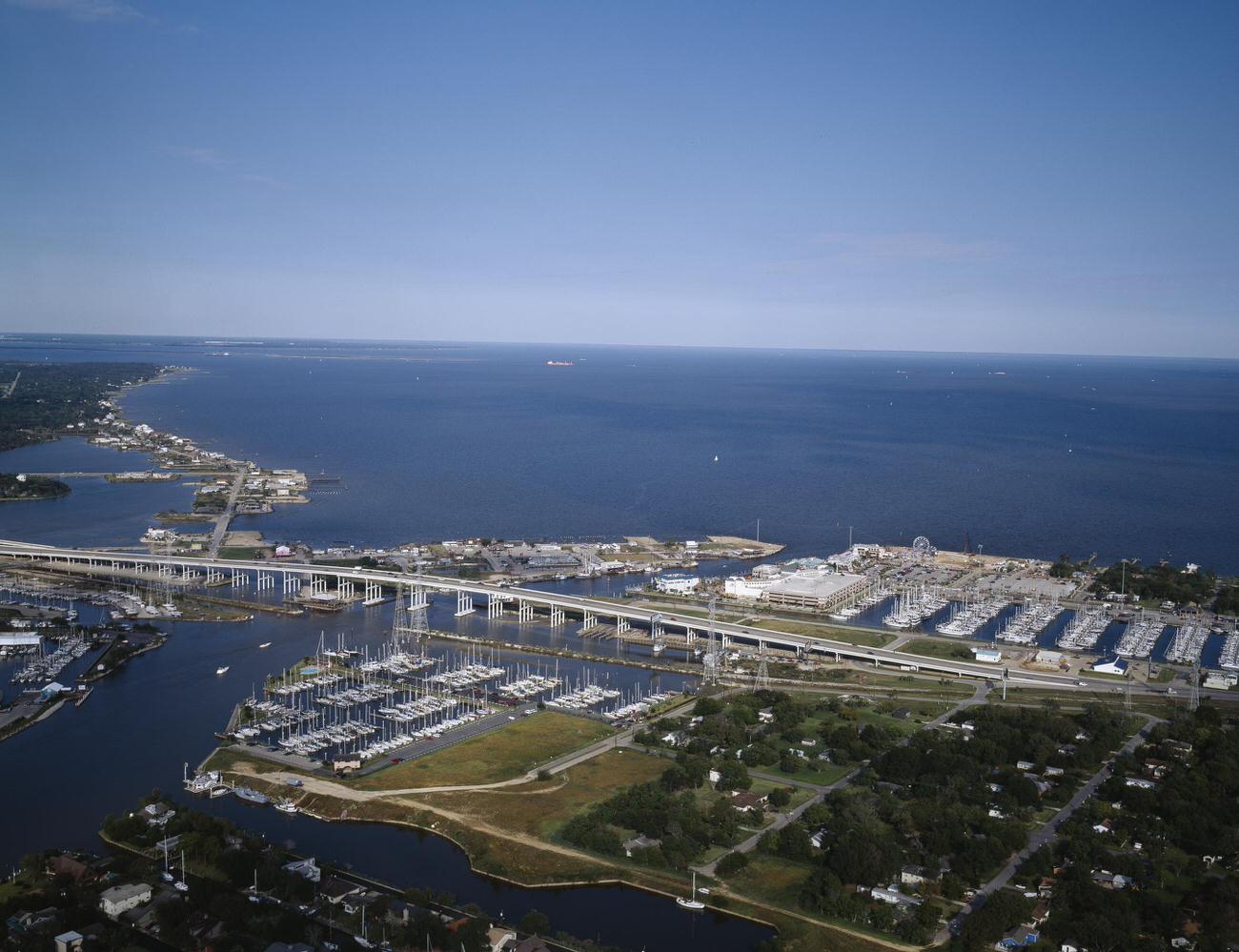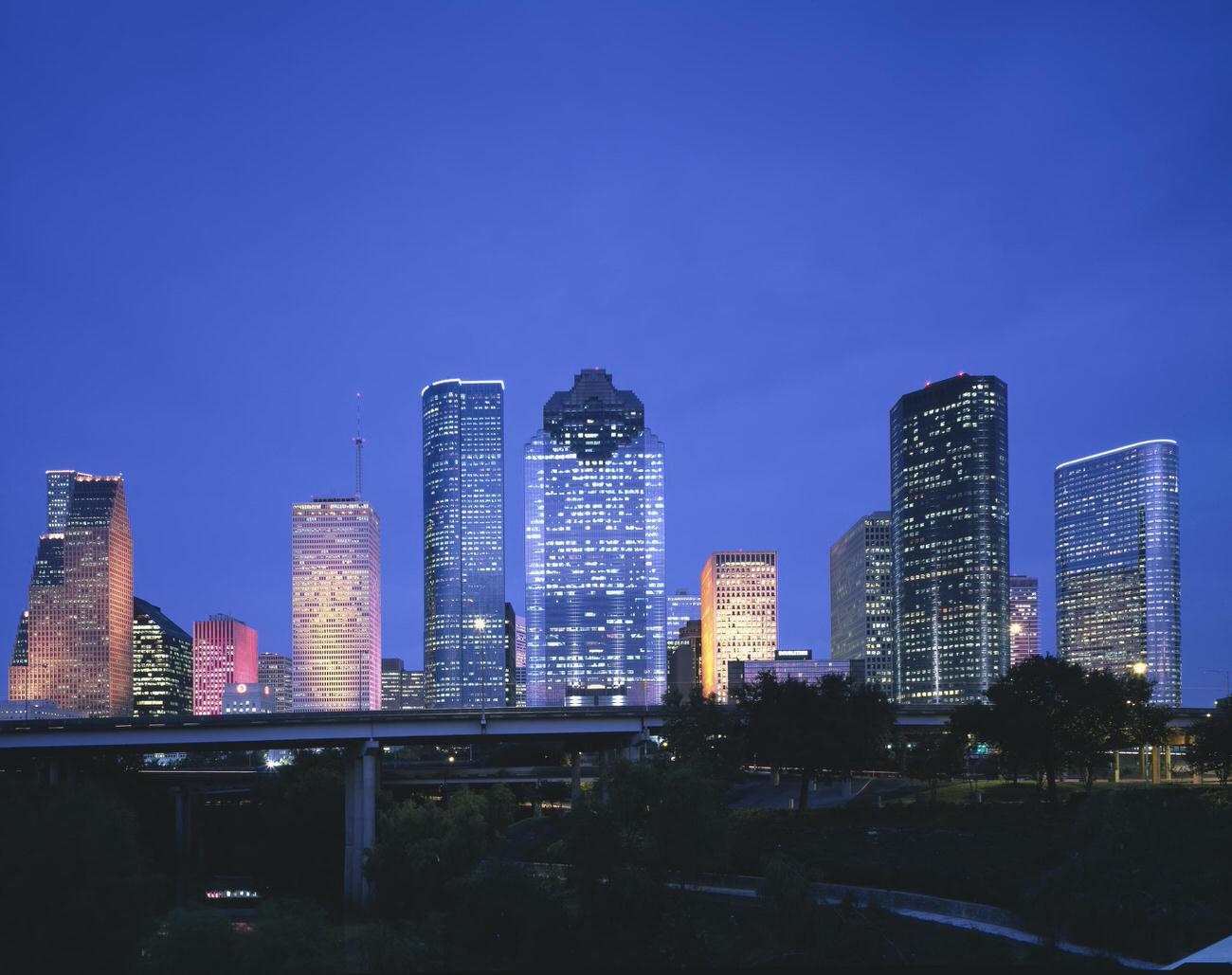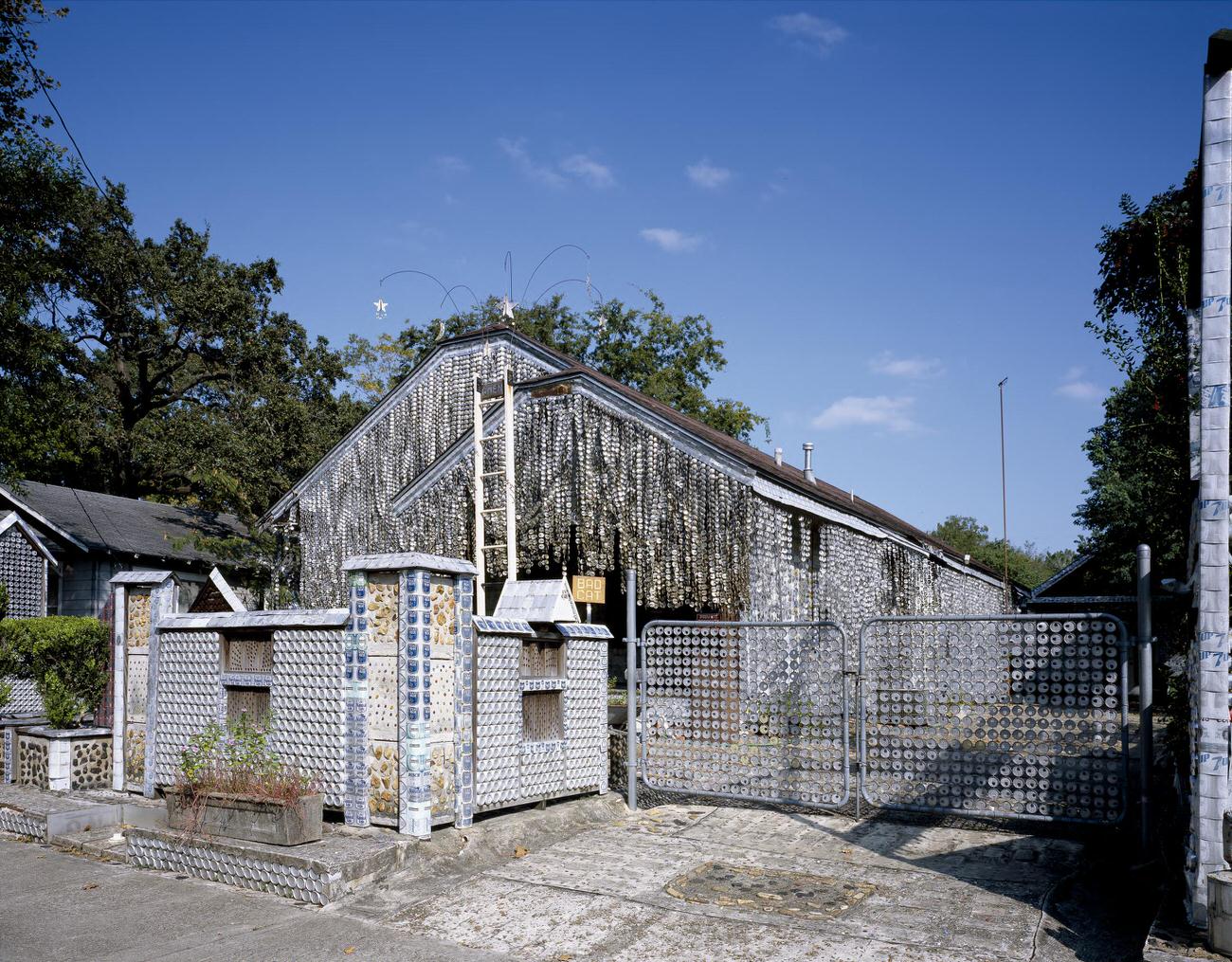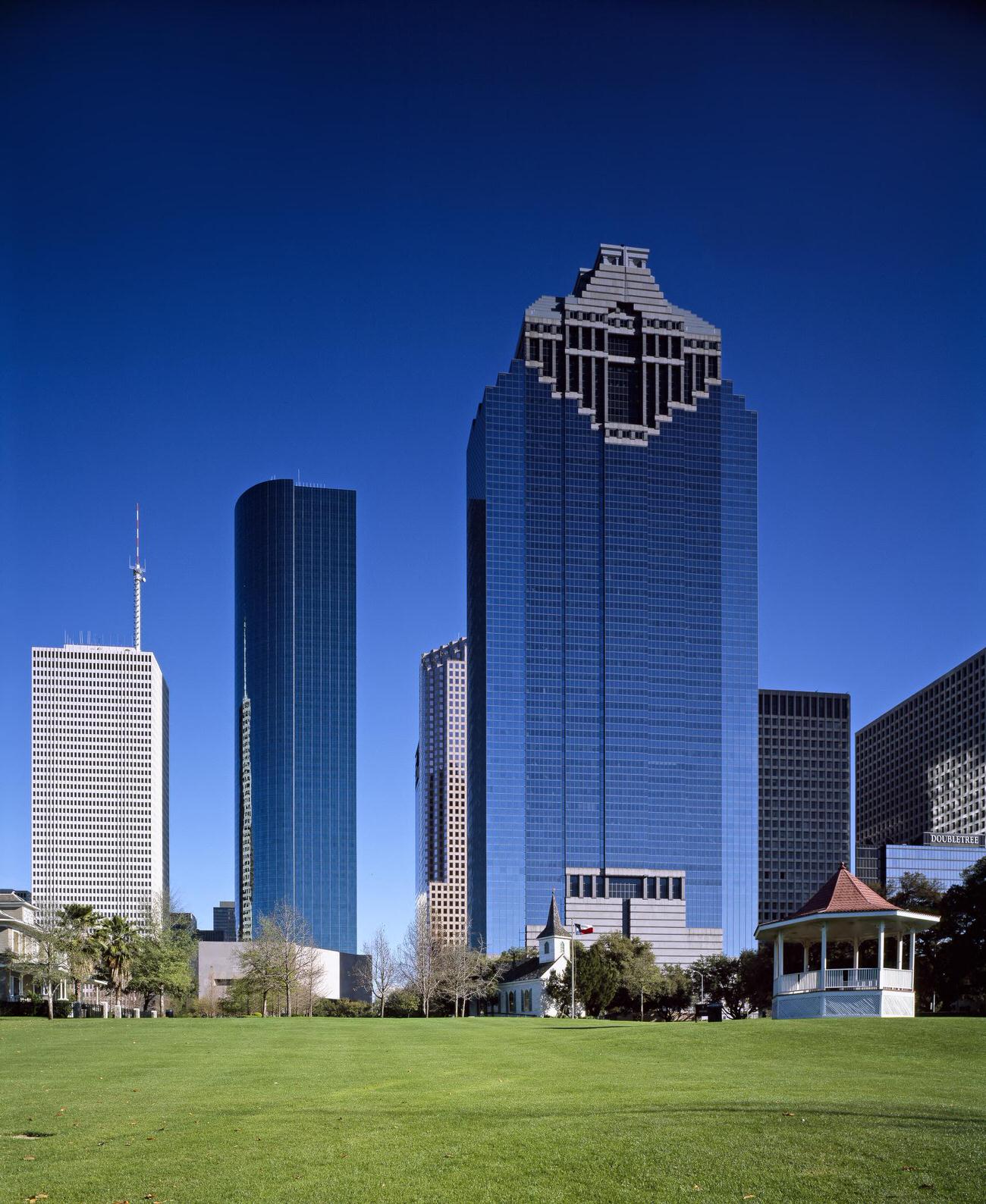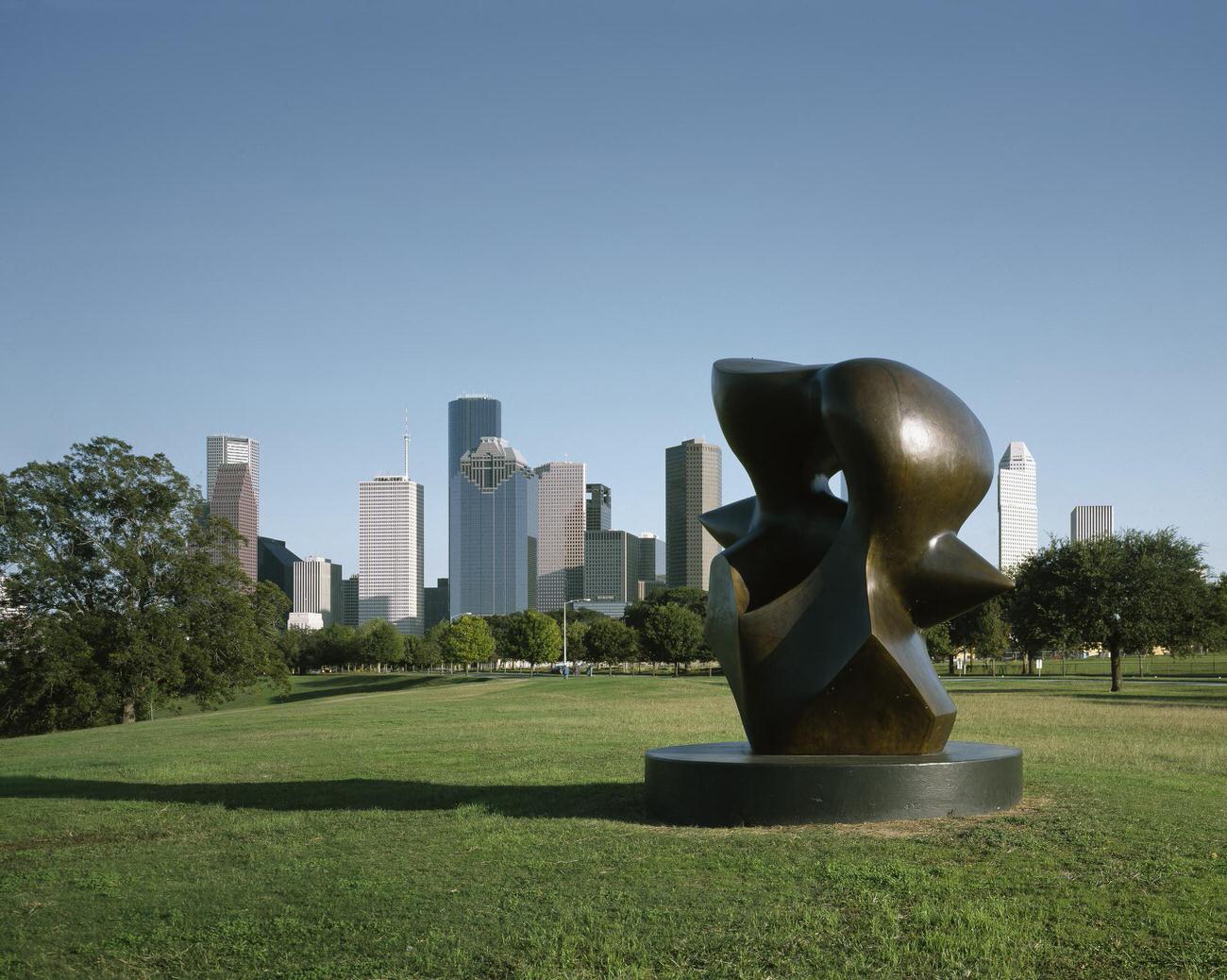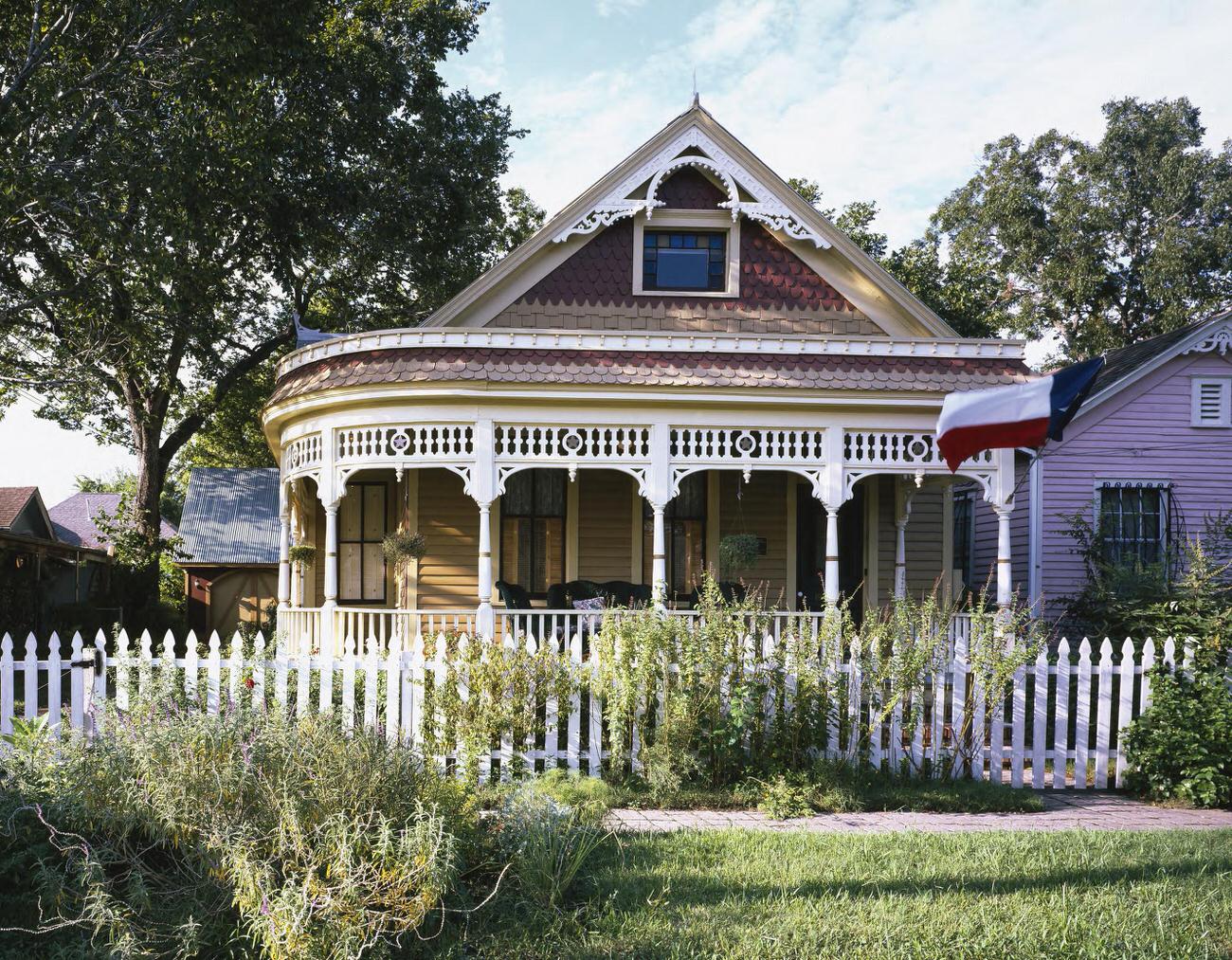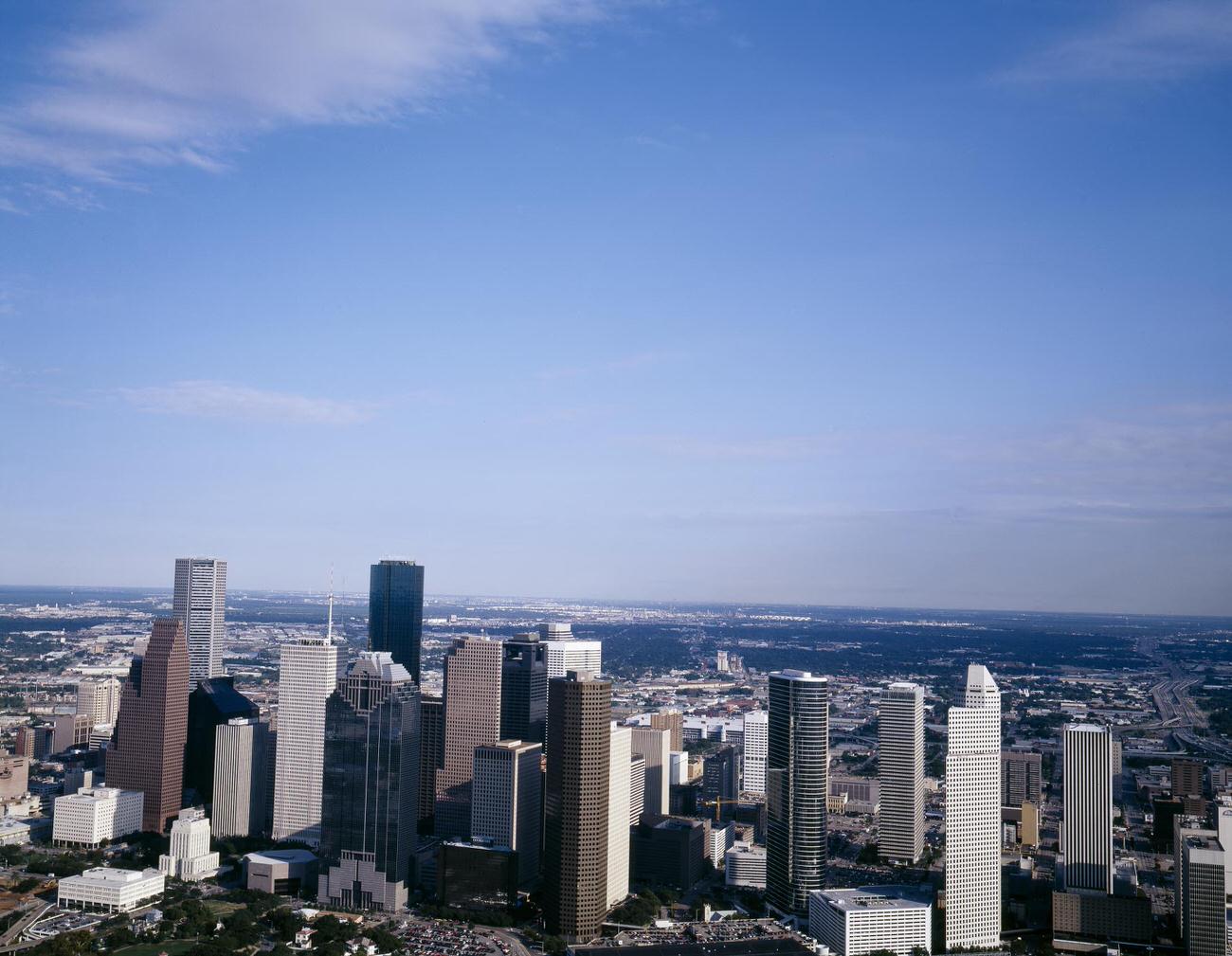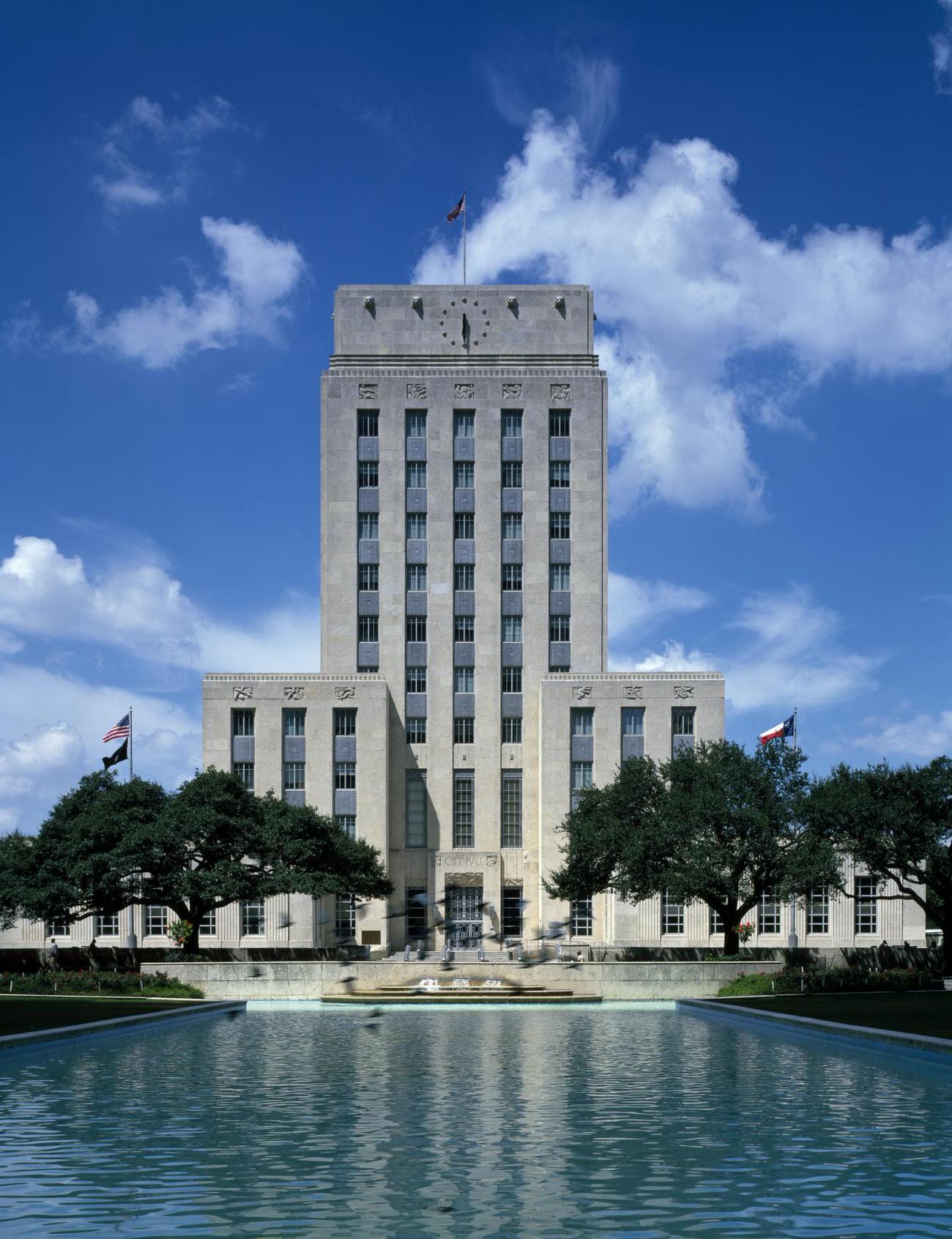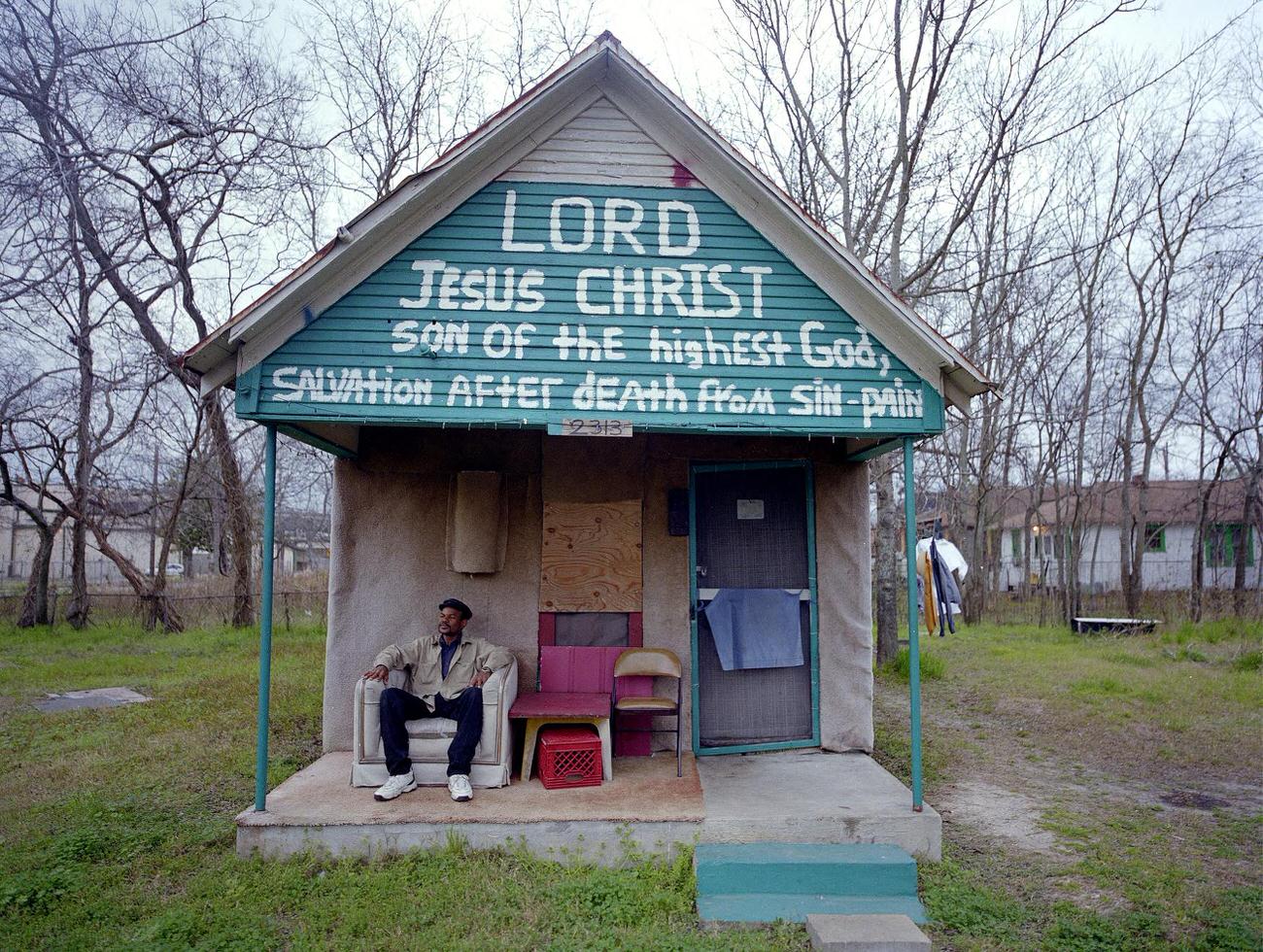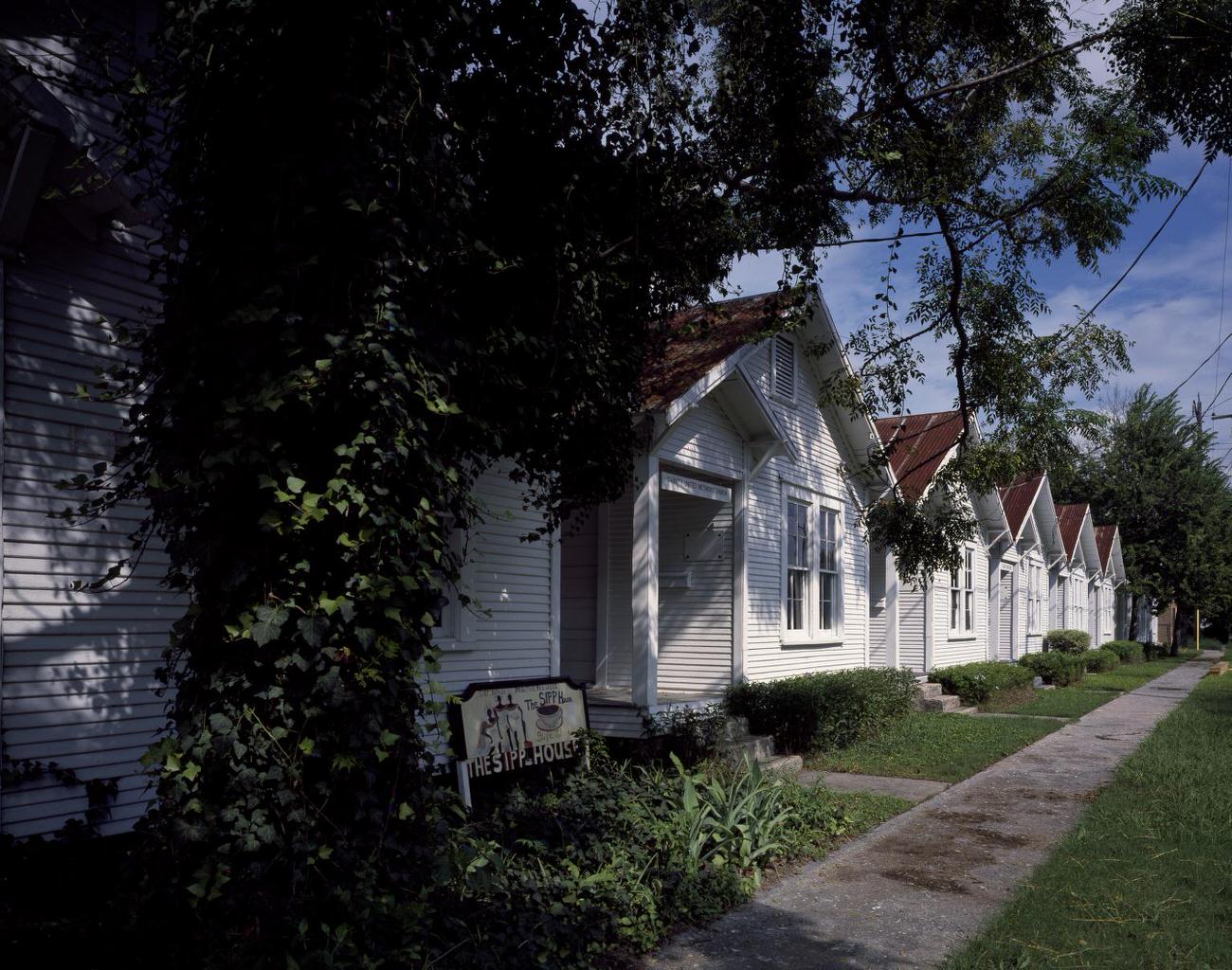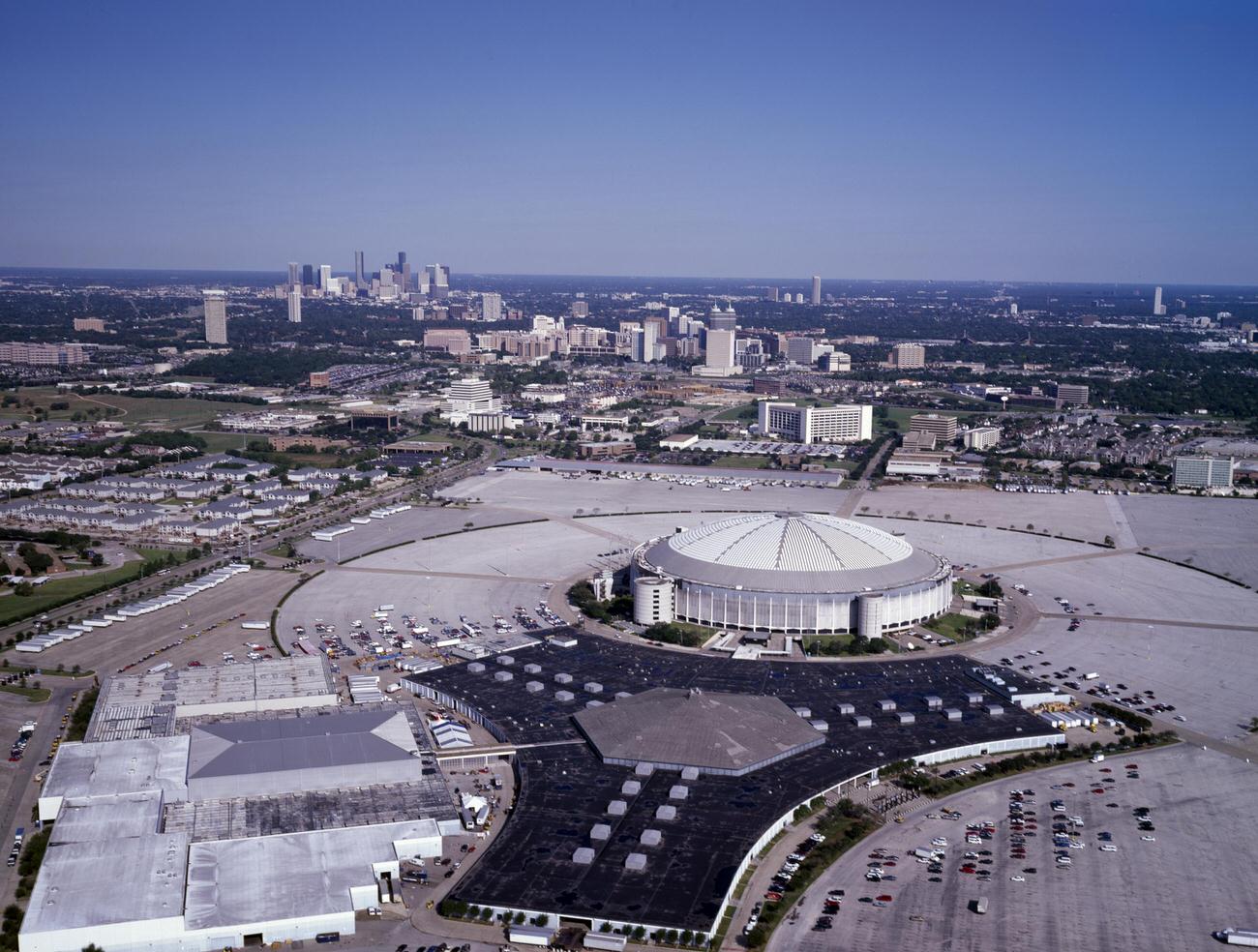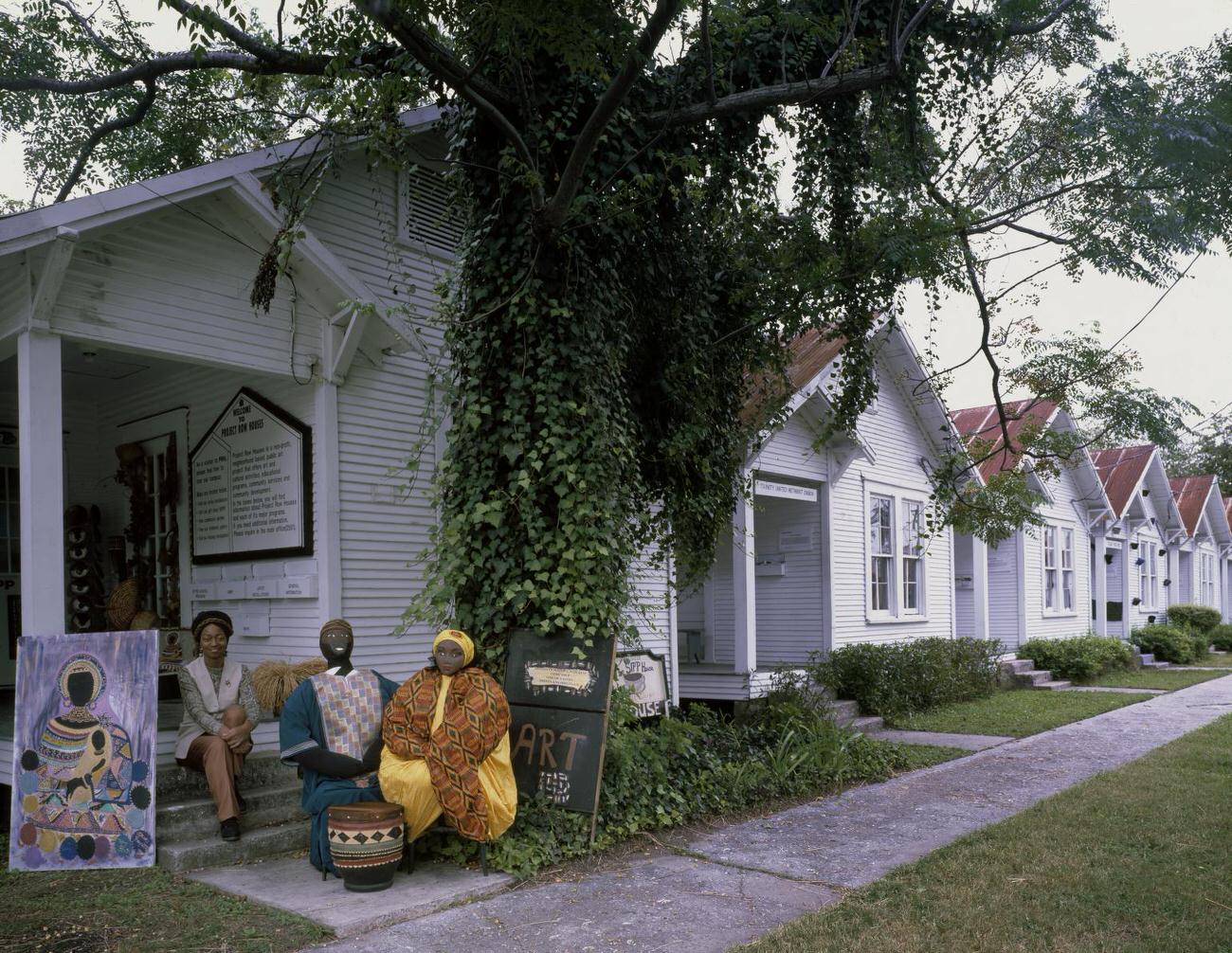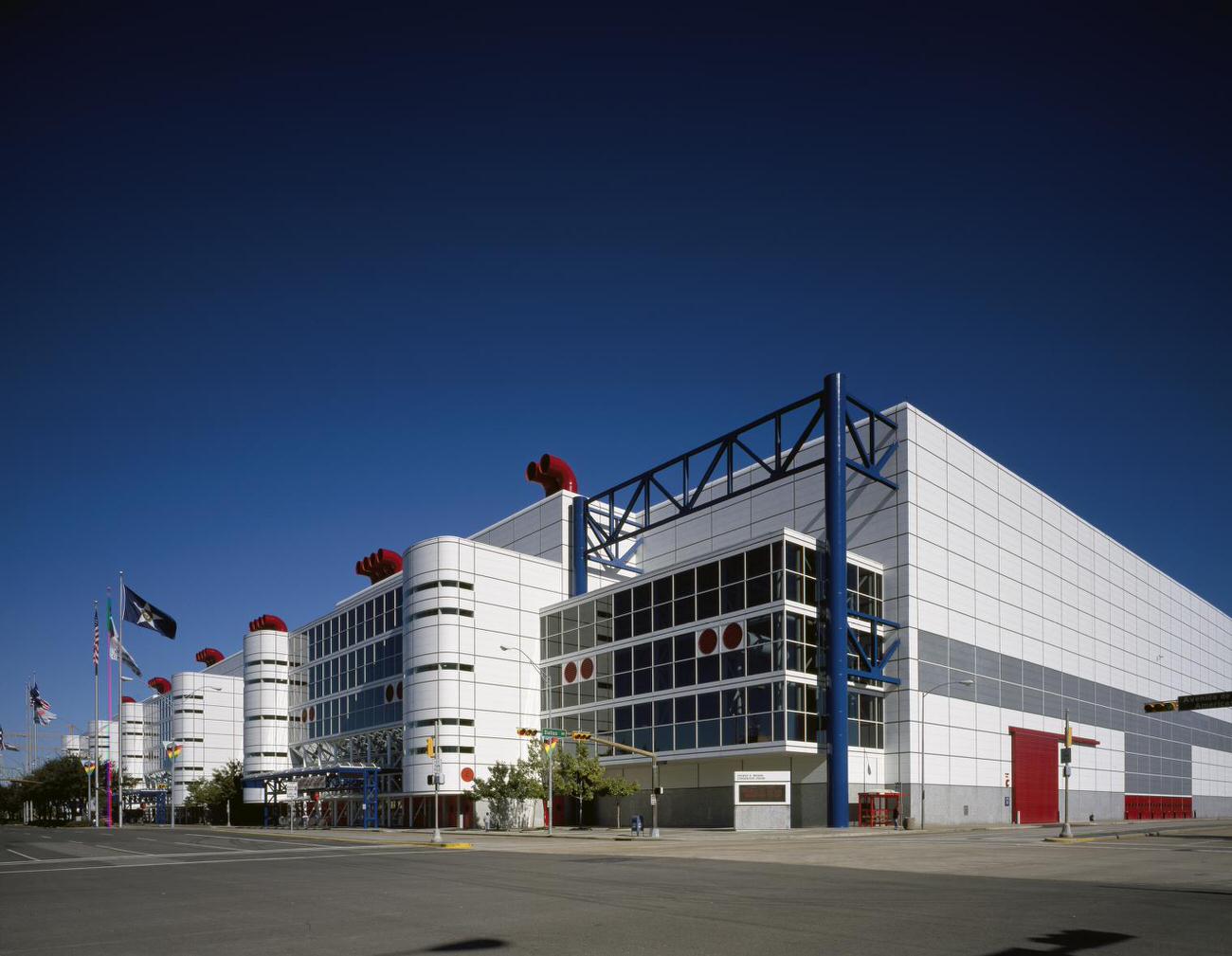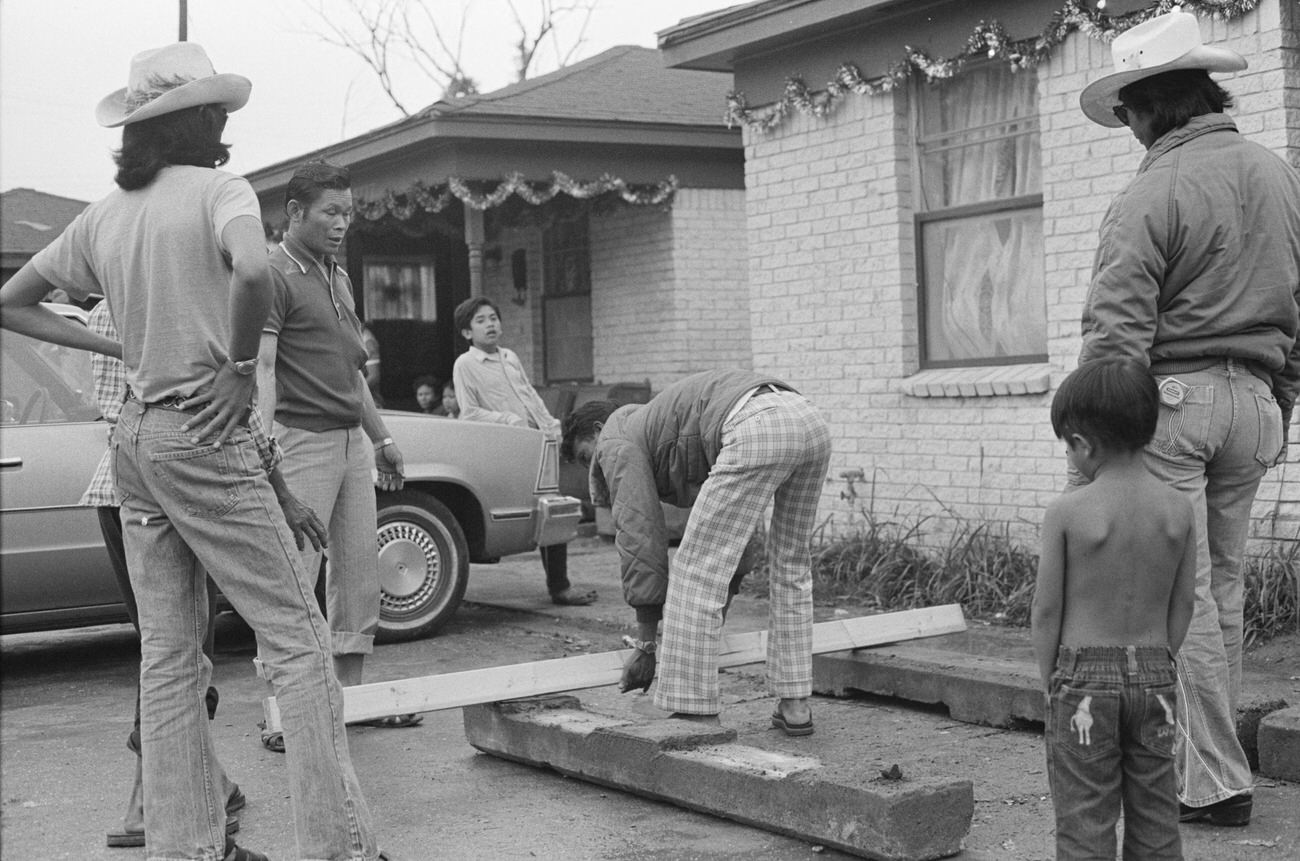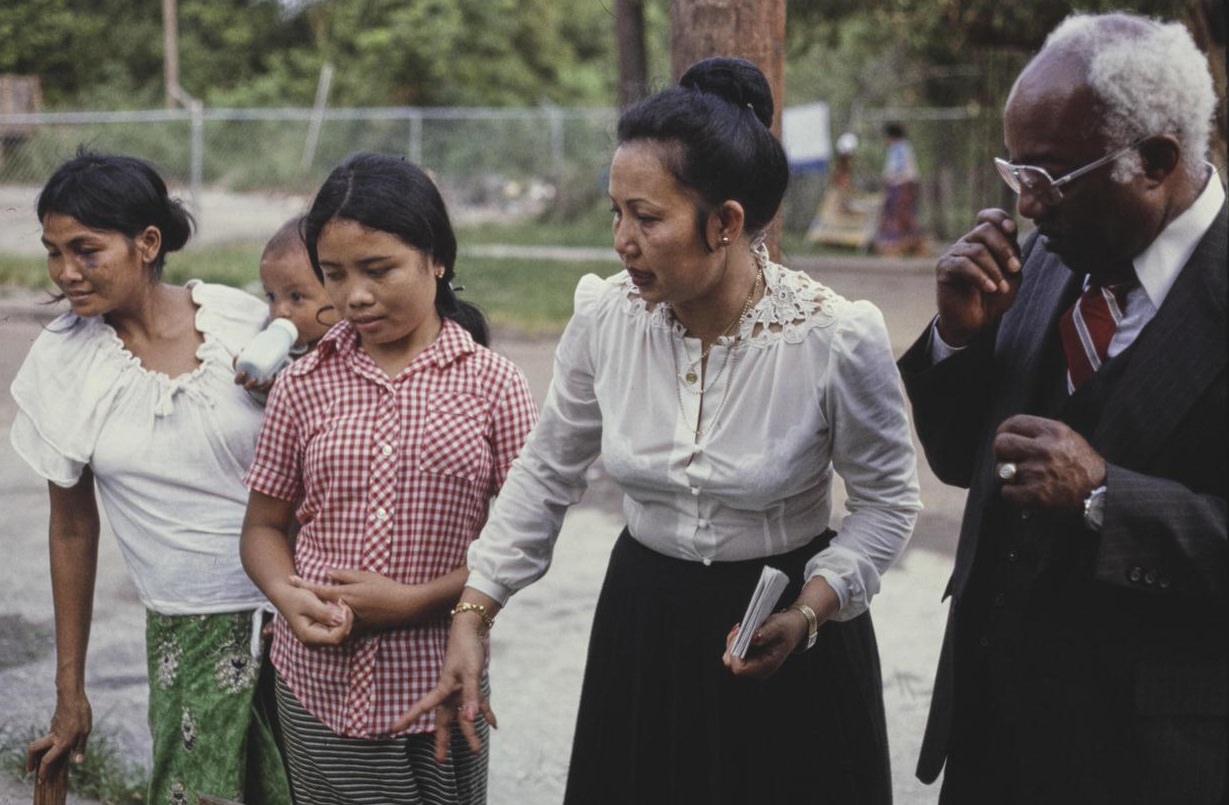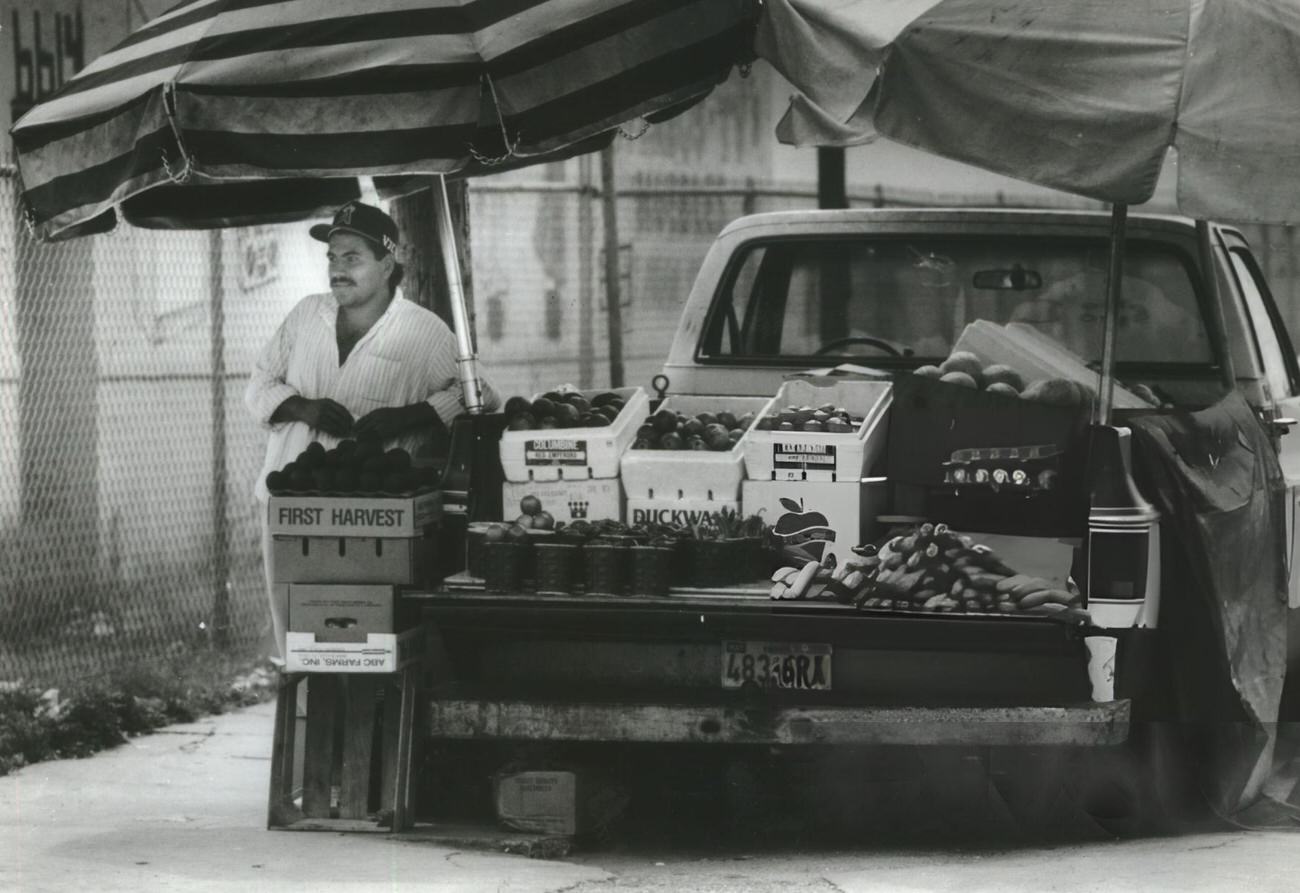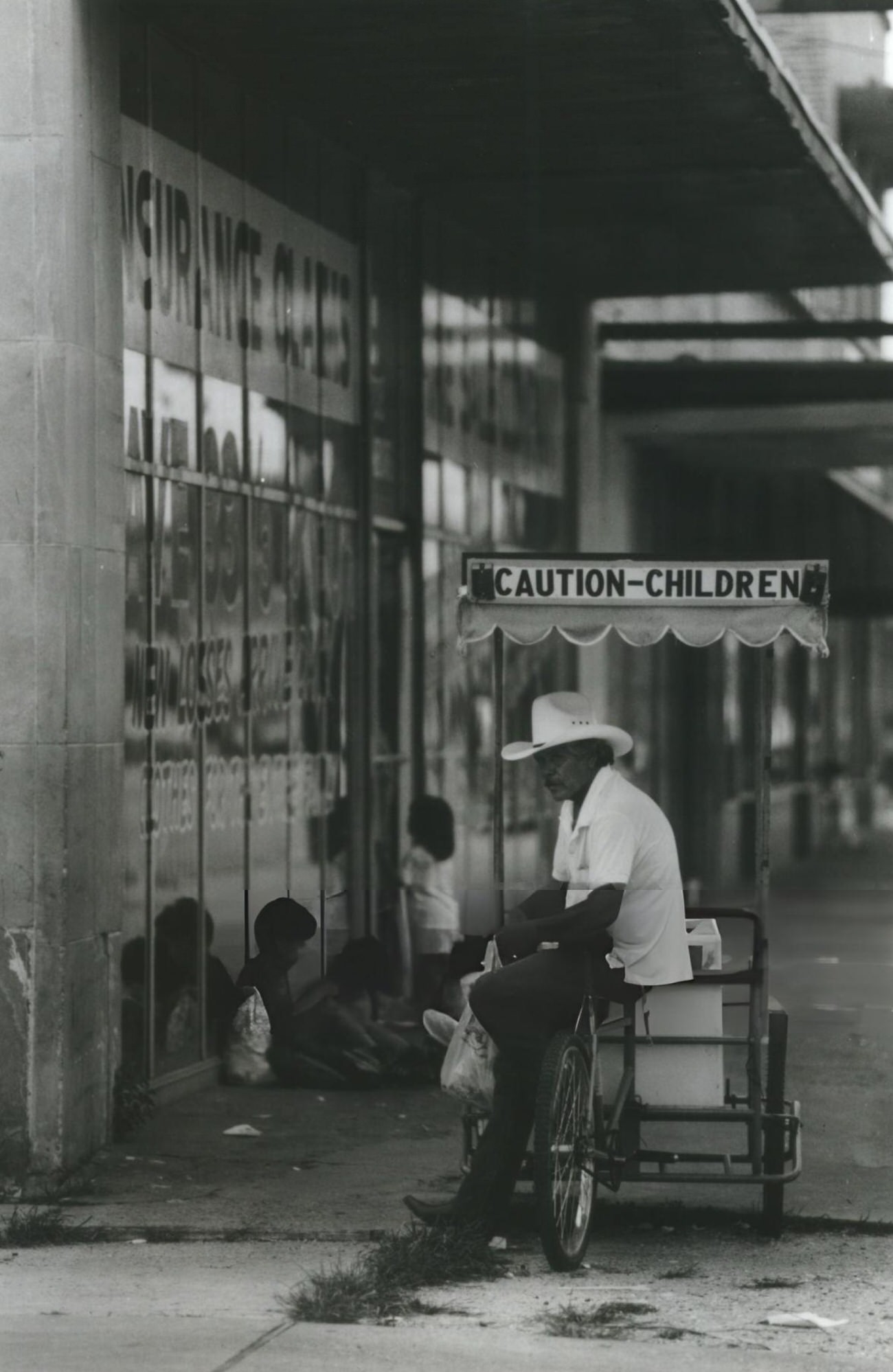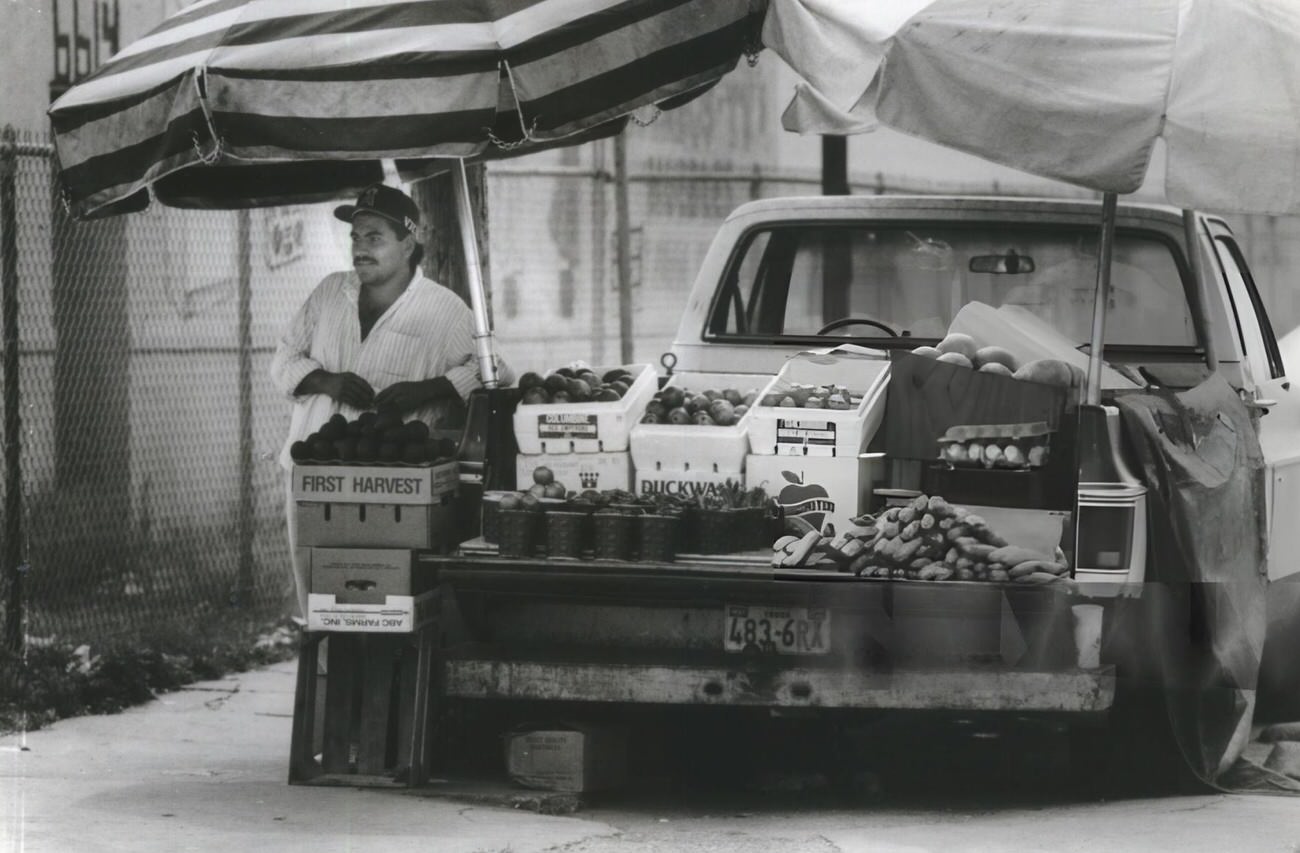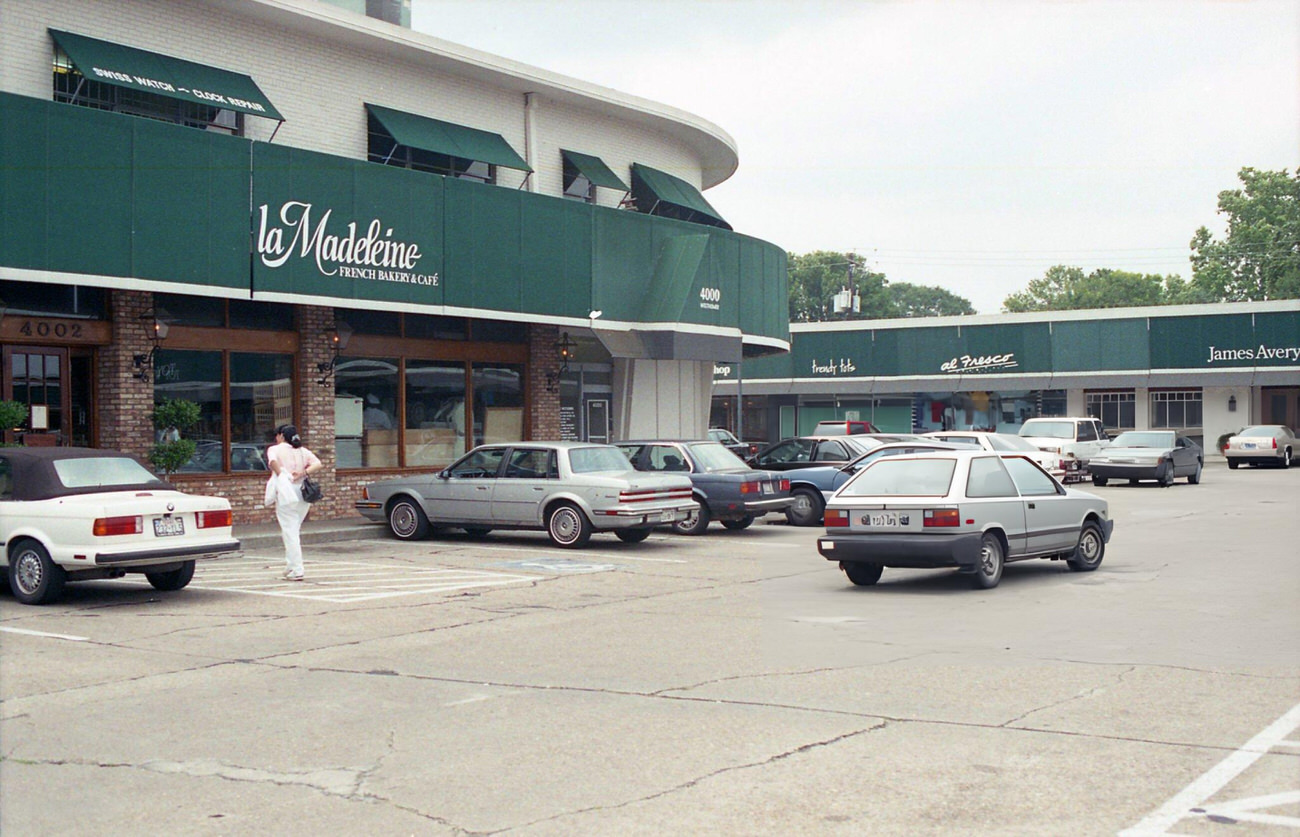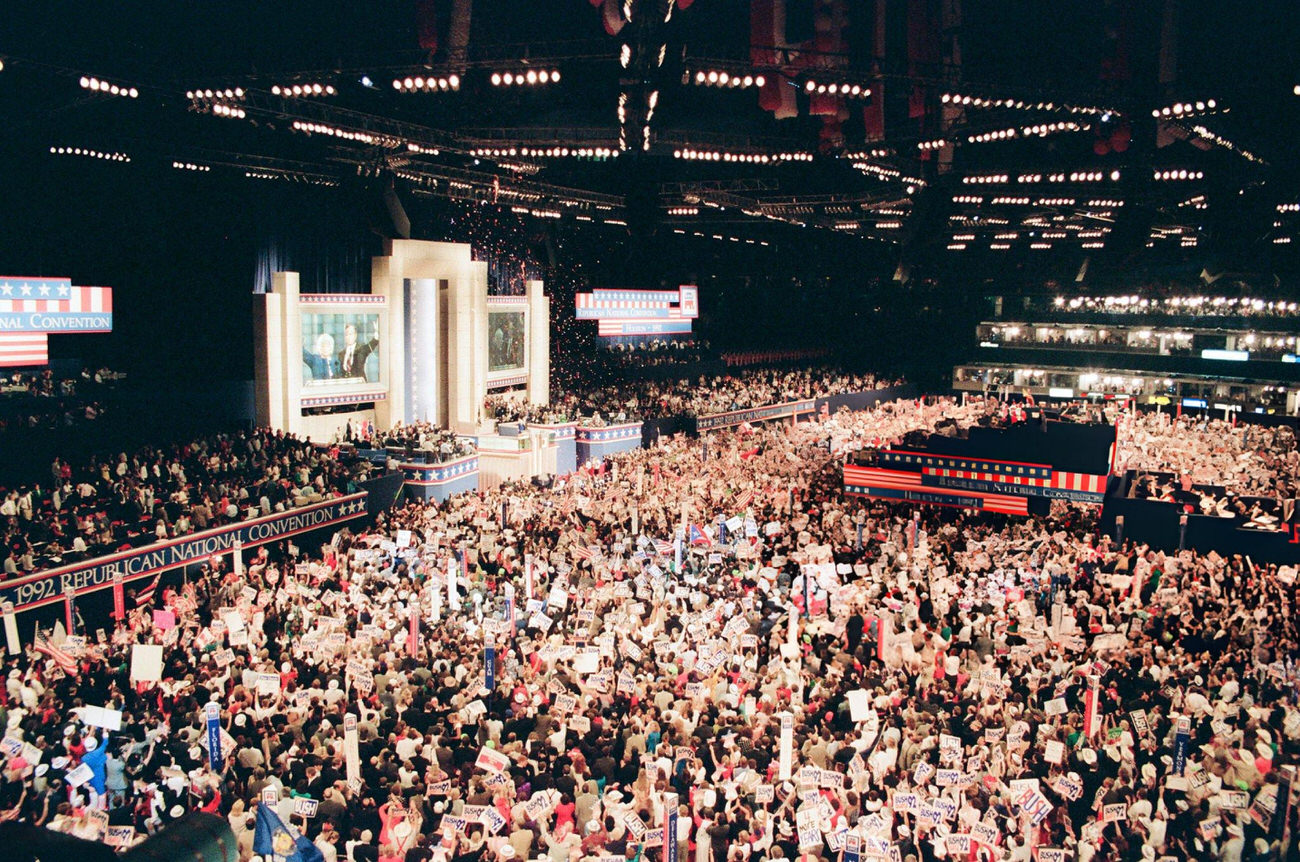The 1990s were a transformative decade for Houston. As the fourth largest city in the United States, Houston experienced significant growth and change during this time. From economic developments to cultural shifts, the city evolved in many ways. Let’s explore what made Houston in the 1990s unique and memorable.
Economic Growth
Houston’s economy in the 1990s was booming. The city benefited from the recovery of the oil industry after the downturn in the 1980s. Oil prices stabilized, and many energy companies headquartered in Houston expanded their operations. This growth created thousands of jobs and attracted workers from all over the country.
The Texas Medical Center, one of the largest medical complexes in the world, continued to expand. It became a hub for medical research, education, and patient care. New hospitals and research facilities were built, providing top-notch healthcare services and employment opportunities.
The Port of Houston also played a crucial role in the city’s economy. As one of the busiest ports in the United States, it handled massive amounts of cargo. This activity supported local businesses and boosted international trade..
Read more
Urban Development
Houston saw significant urban development in the 1990s. The downtown area underwent a major transformation. New skyscrapers were built, adding to the city’s impressive skyline. The construction of the Enron Building (now the Chevron Tower) and the Wells Fargo Plaza are notable examples.
Residential areas also grew rapidly. Suburbs like Sugar Land, The Woodlands, and Katy expanded as more people moved to the Houston area. New housing developments and shopping centers were built to accommodate the growing population.
Public transportation improved with the introduction of the METRO Light Rail system. This new rail line made it easier for people to travel around the city, reducing traffic congestion and connecting key areas.
Sports and Entertainment
Sports were a big part of life in Houston in the 1990s. The Houston Rockets basketball team won back-to-back NBA championships in 1994 and 1995. Stars like Hakeem Olajuwon and Clyde Drexler thrilled fans with their performances. The team’s success brought a sense of pride and excitement to the city.
The Houston Astros baseball team also enjoyed a strong following. They played at the iconic Astrodome, which was often called the “Eighth Wonder of the World.” The stadium hosted numerous games and events, becoming a central part of Houston’s sports culture.
In addition to sports, Houston’s entertainment scene flourished. The city was home to a vibrant music scene, with many local bands and artists gaining popularity. Venues like the Cynthia Woods Mitchell Pavilion and the Bayou Music Center hosted concerts by major national and international acts.
Education and Innovation
Education and innovation were important aspects of Houston in the 1990s. The city was home to several top universities and research institutions. The University of Houston and Rice University were prominent centers for higher education and research.
These institutions contributed to Houston’s reputation as a hub for innovation. Research in fields like energy, medicine, and space exploration thrived. NASA’s Johnson Space Center, located in Houston, continued to be a leader in space research and missions. The center played a key role in many important space missions, including the space shuttle program.
Arts and Culture
Houston’s arts and culture scene thrived in the 1990s. The city was home to many museums, galleries, and theaters. The Museum District, a vibrant area with numerous cultural institutions, attracted both locals and tourists.
The Museum of Fine Arts, Houston, showcased a wide range of artworks, from classical to contemporary. The Houston Museum of Natural Science offered fascinating exhibits on topics like dinosaurs, space, and ancient civilizations. These museums provided educational and entertaining experiences for visitors of all ages.
The city also had a lively theater scene. The Alley Theatre and the Hobby Center for the Performing Arts hosted plays, musicals, and other performances. Local and touring productions brought a variety of shows to Houston, enriching the city’s cultural life.
Food and Dining
Houston’s diverse population was reflected in its food scene. The city offered a wide variety of cuisines, from Tex-Mex and barbecue to Vietnamese and Indian. Restaurants and food trucks served up delicious dishes from around the world.
Tex-Mex cuisine was particularly popular. Restaurants like Ninfa’s and Pappasito’s were known for their tasty enchiladas, fajitas, and margaritas. Barbecue joints like Goode Company Barbecue and The Brisket House attracted fans of smoked meats and hearty sides.
Asian cuisine also thrived in Houston. Chinatown and other neighborhoods offered an array of restaurants serving Chinese, Vietnamese, Thai, and Japanese dishes. Pho, a Vietnamese noodle soup, became a favorite among many Houstonians.
Community and Events
Houston was known for its strong sense of community in the 1990s. Neighborhoods were close-knit, and residents often gathered for events and celebrations. Community centers and parks provided places for people to come together and enjoy recreational activities.
Events like the Houston International Festival celebrated the city’s diversity. This annual festival featured music, dance, food, and art from different cultures. It was a chance for people to learn about and appreciate the many cultures represented in Houston.
The city also hosted the annual Houston Marathon, which attracted runners from all over the world. The race took participants through various neighborhoods and showcased the city’s landmarks. It was a major event that brought the community together and promoted fitness and health.
Technology and Business
Technology and business were driving forces in Houston’s growth during the 1990s. The city’s economy diversified beyond oil and gas to include technology and healthcare. Companies in these sectors created new jobs and opportunities.
Houston’s technology sector benefited from advancements in computer technology and telecommunications. Startups and established companies alike developed new products and services. The growth of the internet also began to transform how businesses operated and how people connected.
In healthcare, the Texas Medical Center continued to be a leader in medical research and treatment. Innovations in fields like cancer treatment, cardiology, and surgery attracted patients from around the world. The center’s hospitals and clinics provided cutting-edge care and contributed to the city’s reputation as a medical hub.


